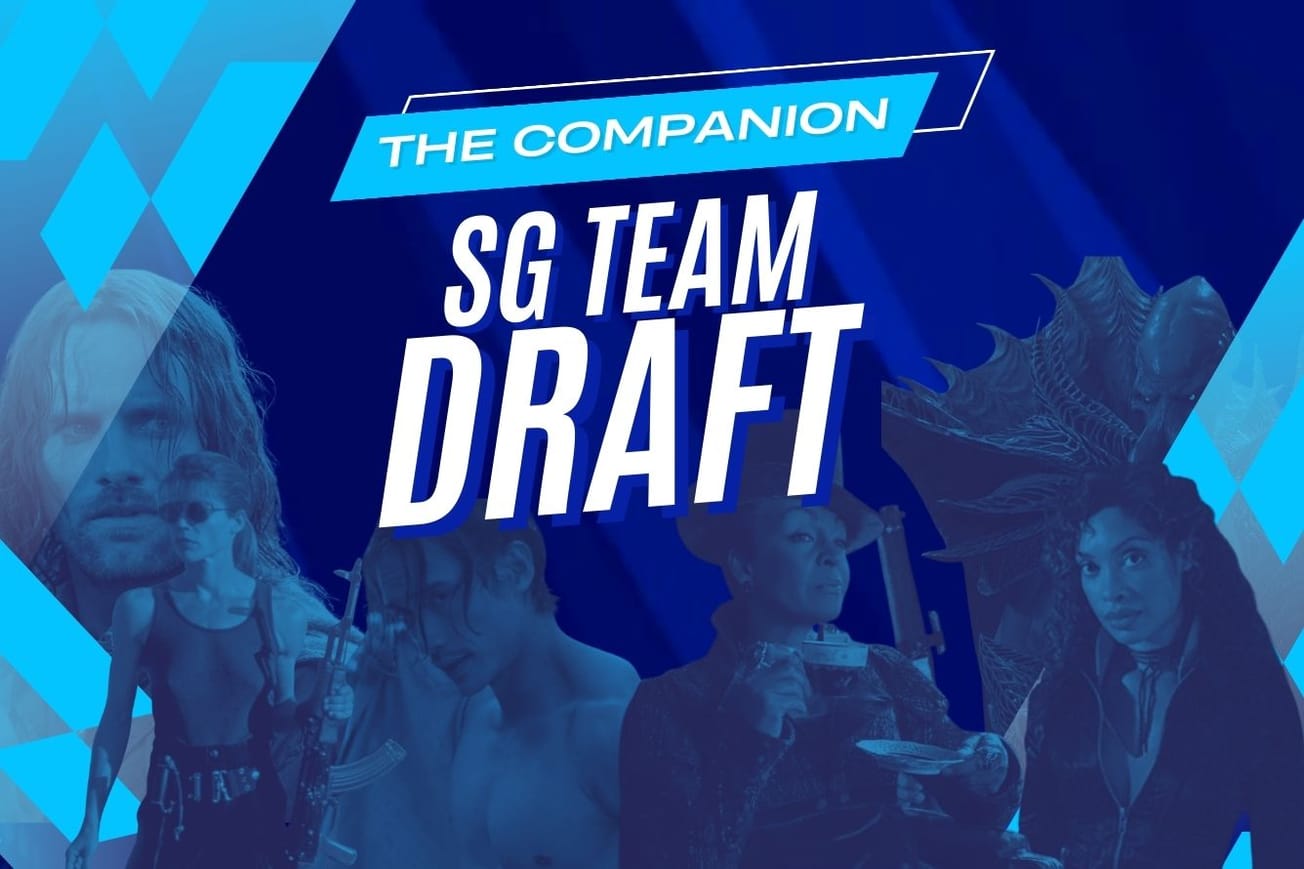On February 19th, 2010, it finally ended. The many fans of Stargate SG-1 who were hoping that they could play a fantastic MMORPG interpretation of their favorite show were put out of their misery. Well, those that could read between the lines of a press release that offered up the usual platitudes of ‘restructuring debt’ and ‘manageable plans’, as developer Cheyenne Mountain Entertainment filed for Chapter 11 Bankruptcy, simultaneously instigating a legal case against former Chairman and CEO, Gary Whiting.
It was about to get very messy and Stargate Worlds, the grand online videogame that was going to pit players from all over the globe against each other, taking on the master of the genre, World of Warcraft, was front and center of the chaos. Tragically, the expansive MMORPG would not survive, despite its enormous potential.
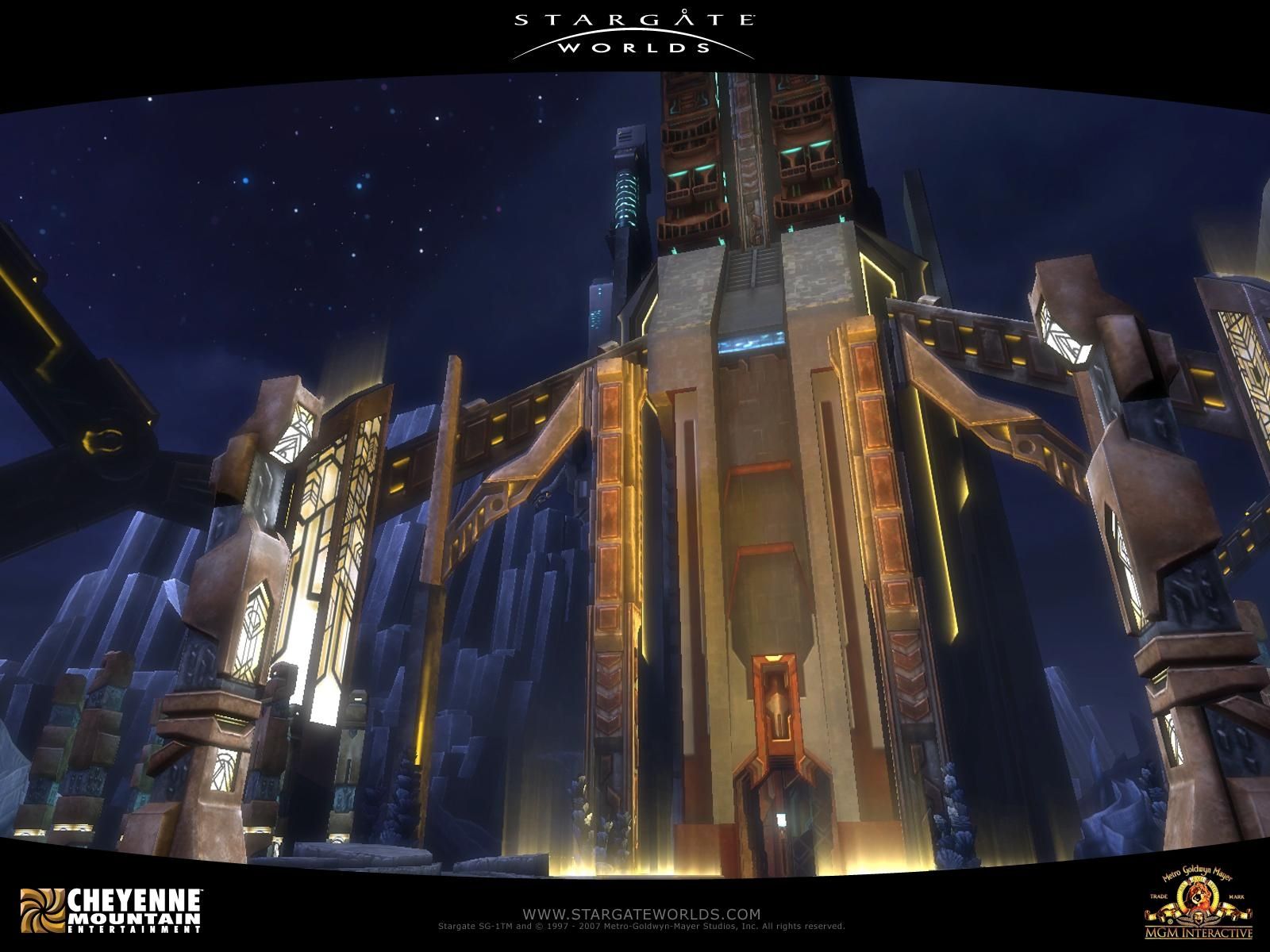
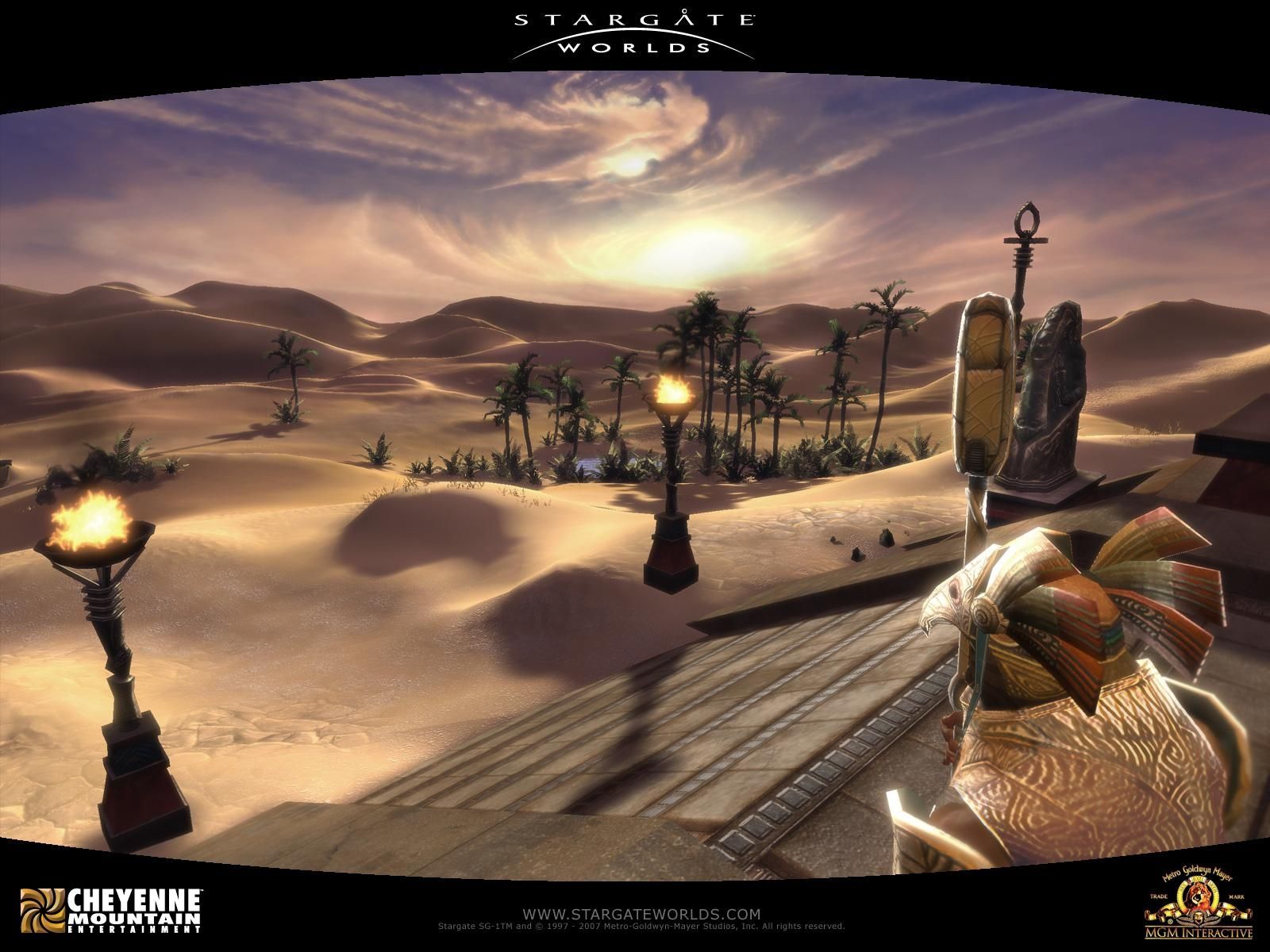
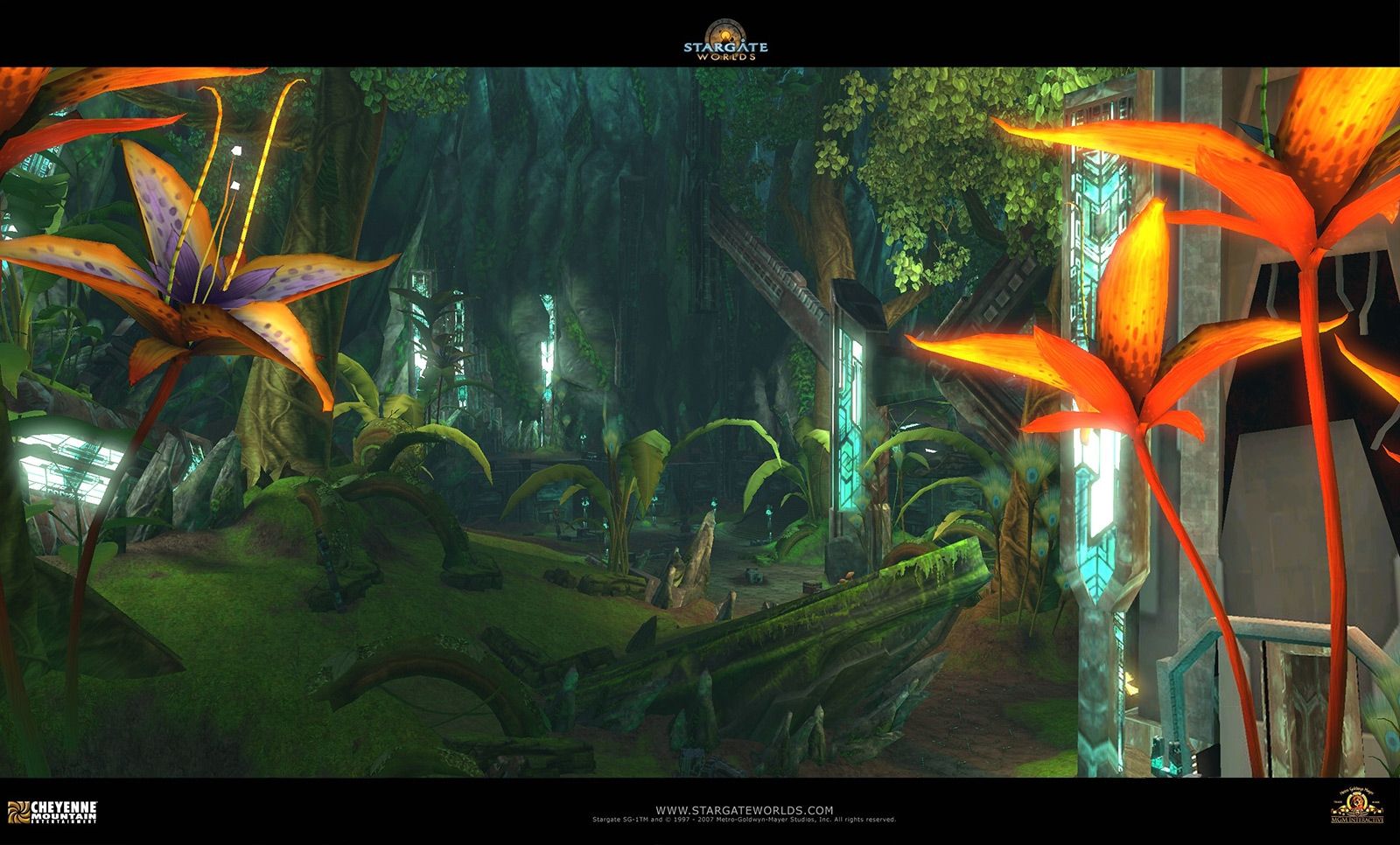
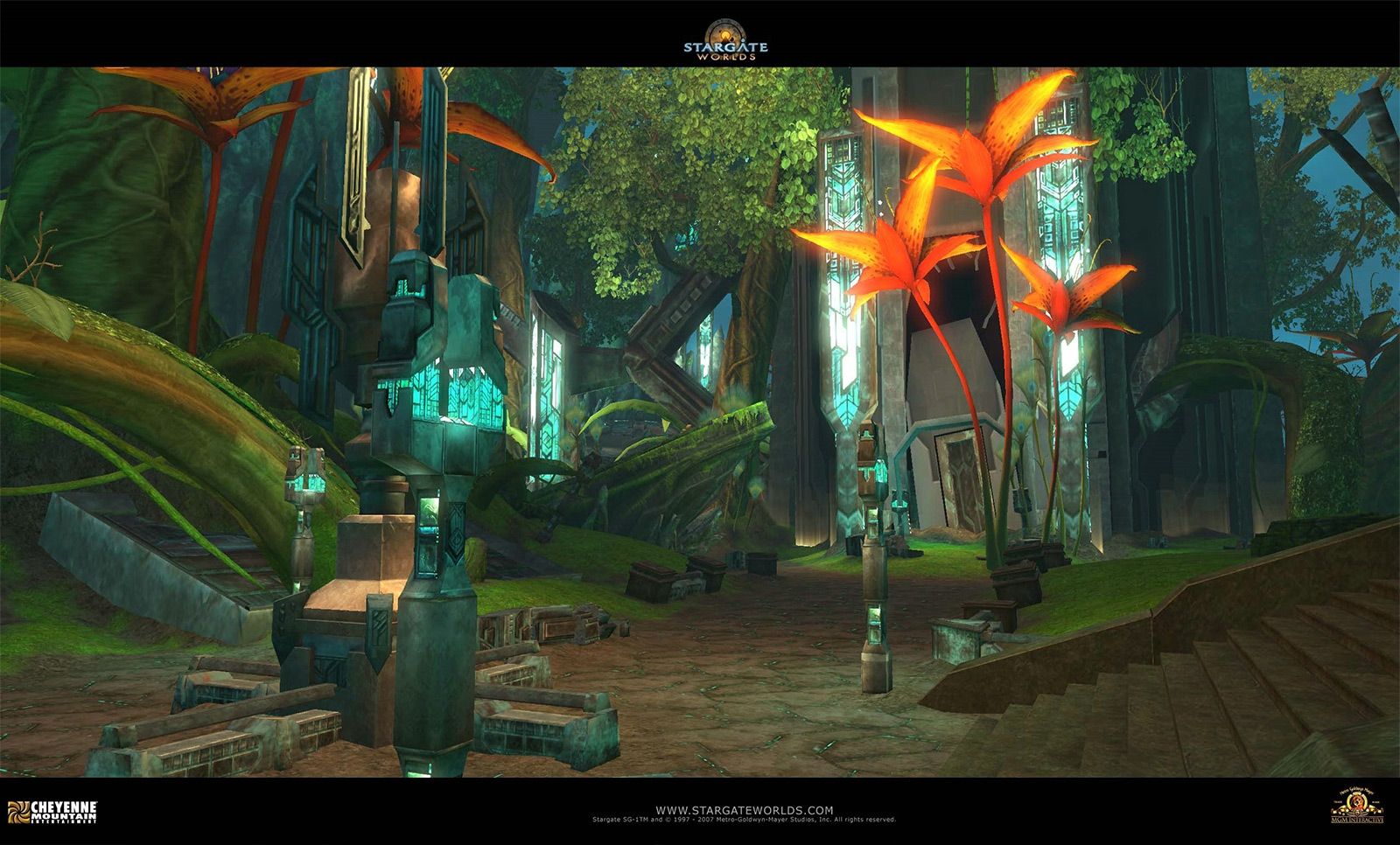
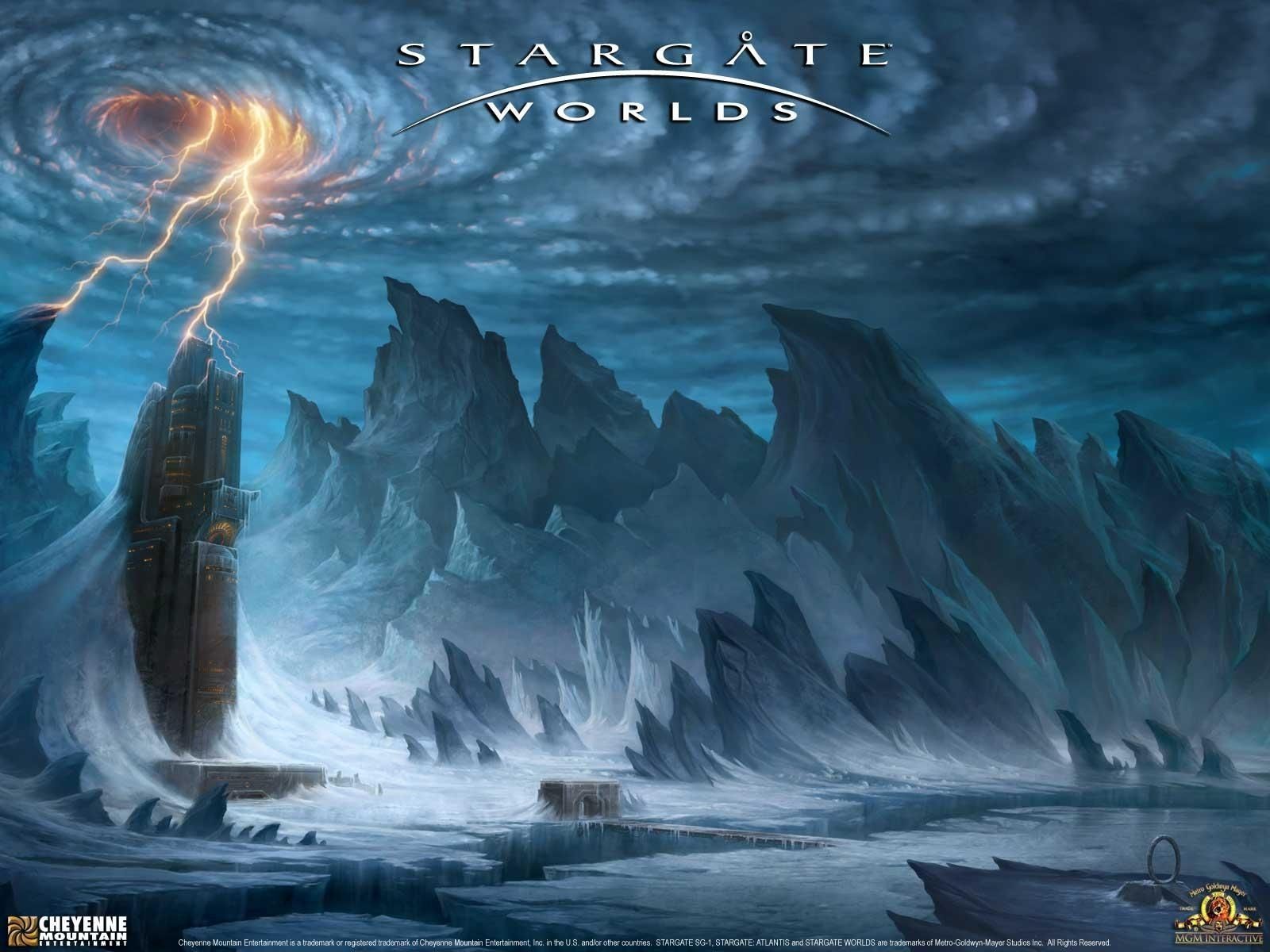
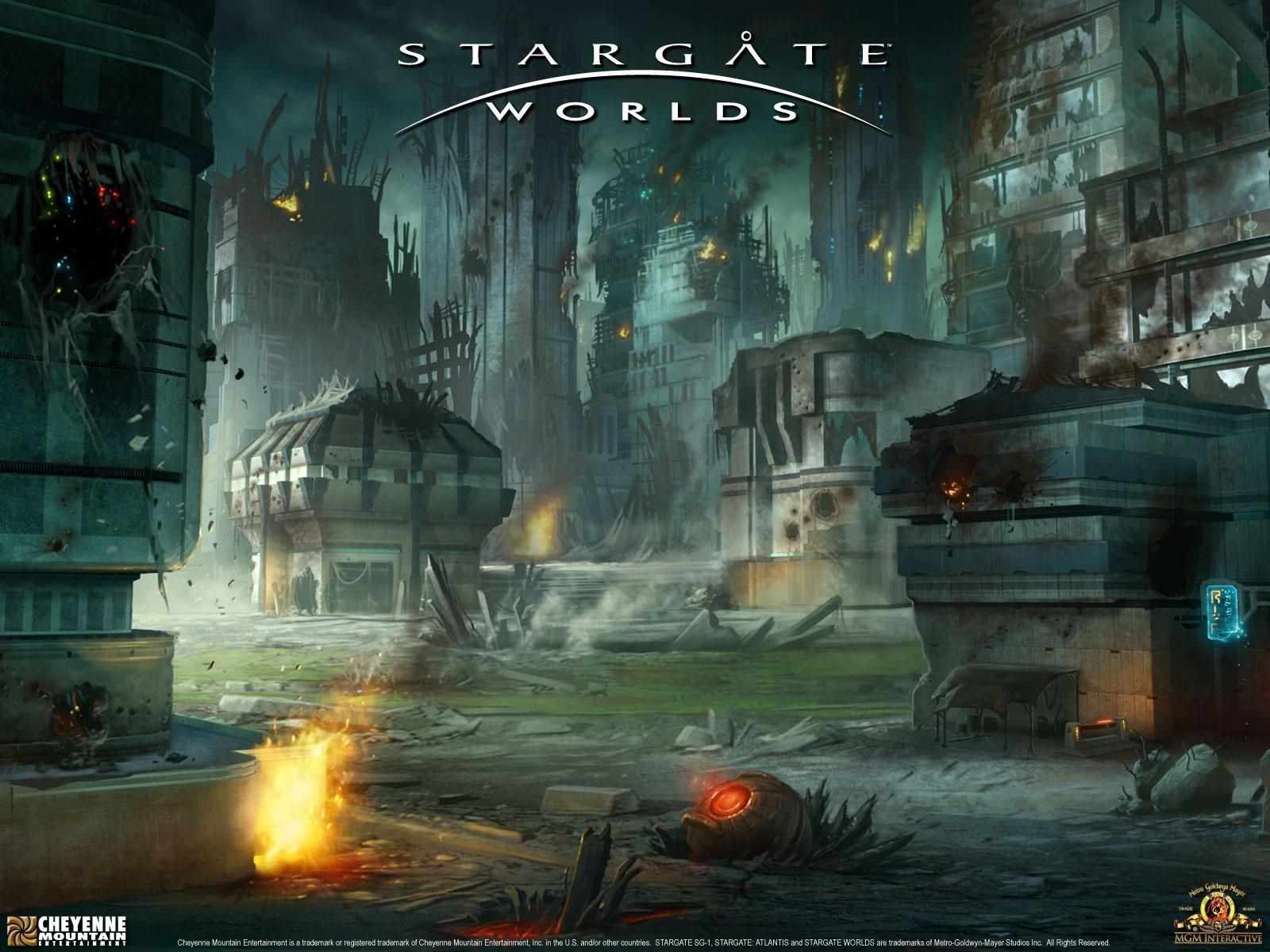
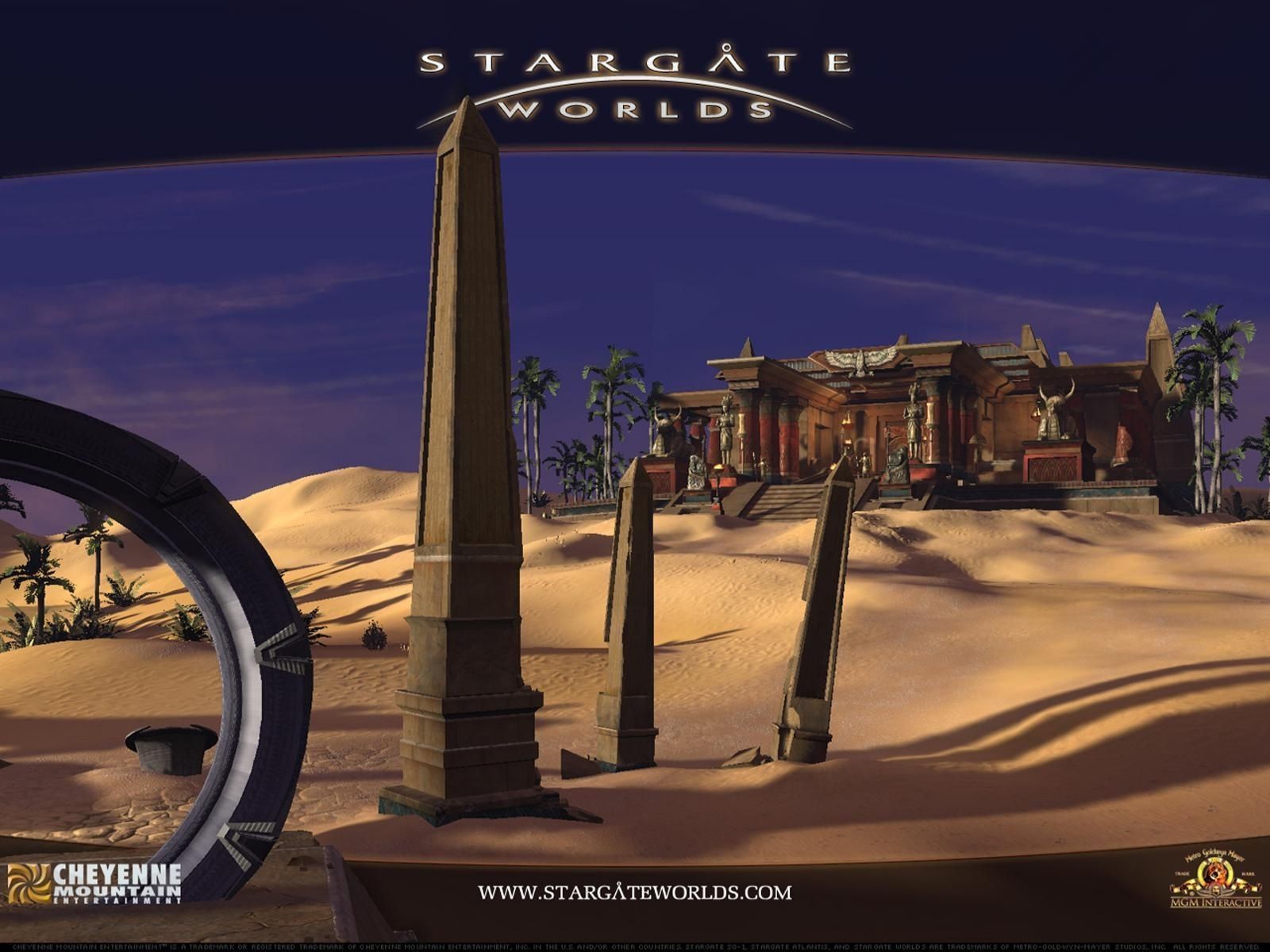
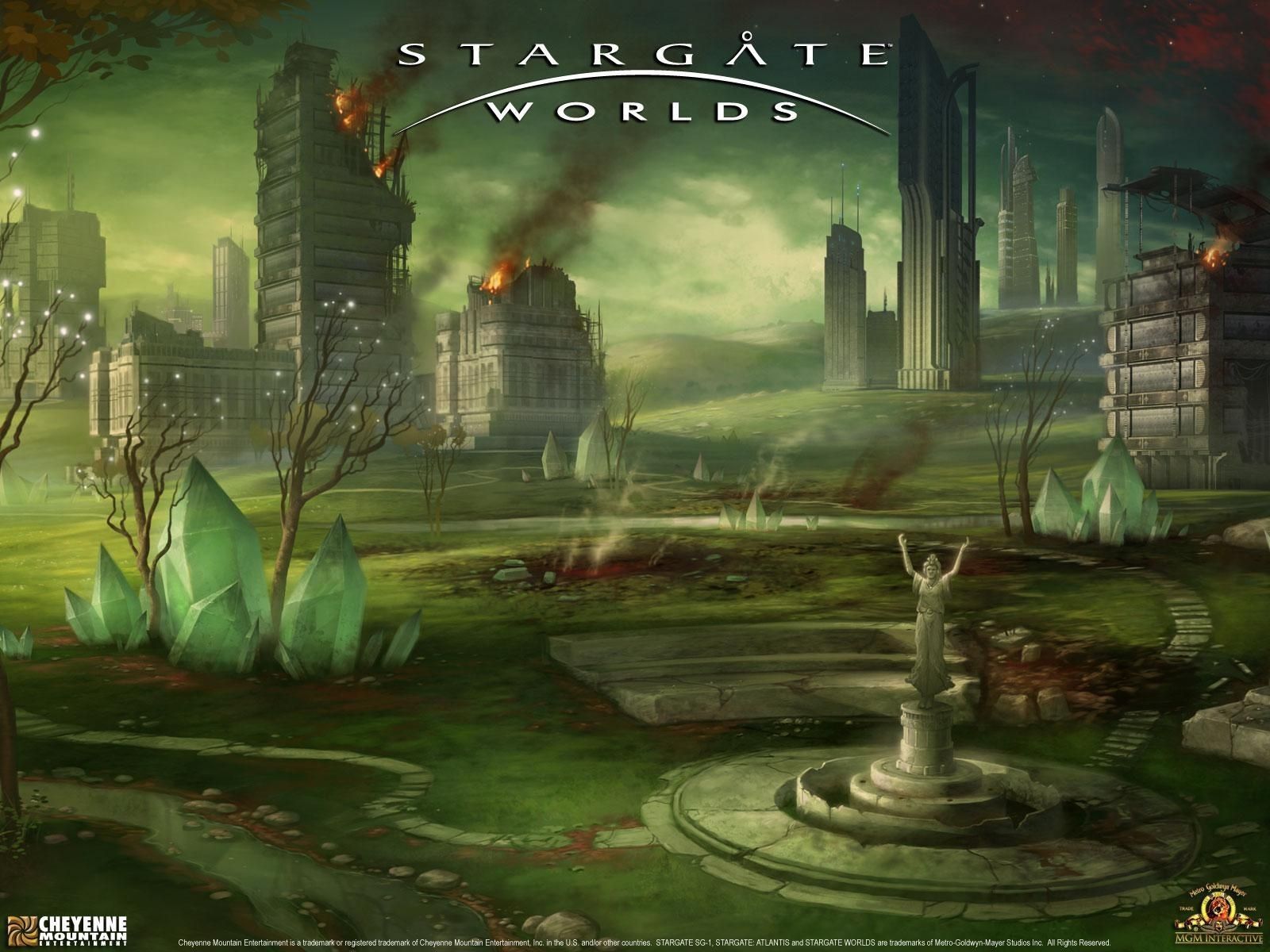
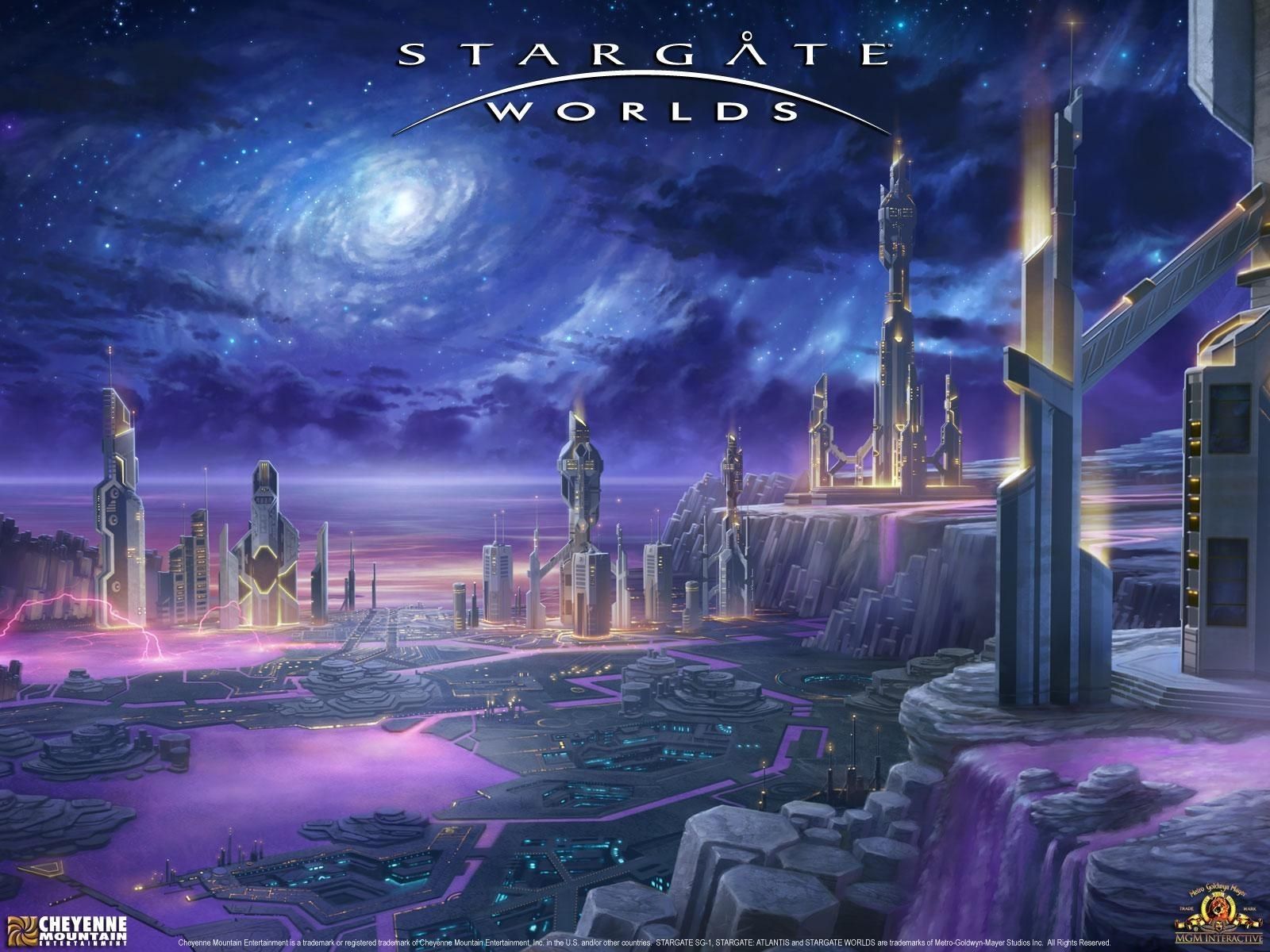
The story began in the autumn of 2005 with Stargate IP owner MGM signing a deal with Cheyenne Mountain Entertainment (CME), a recently-formed videogame developer based in Arizona, as the ashes of Stargate SG-1: Alliance, an unreleased game from Australian developer Perception Pty still glowed. While a new company, there was a wealth of videogame development experience at CME, and the initial announcements demonstrated plenty of positivity and encouraging details for fans. Early in 2006, development began and things seemed to be firming up by late summer: on August 28th, CME announced its licensing of Epic’s Unreal Engine 3 along with a bold release date of late 2007.
Joe Ybarra, producer on Stargate Worlds and a prominent ex-Electronic Arts suit who had successfully campaigned for other sci-fi videogames, notably Starflight, said this in a co-produced press release: “The combination of a robust graphics environment with extensible development tools allows us to deliver ground-breaking game content for Stargate Worlds commensurate with the quality of the #1 rated sci-fi franchise and future multi-platform games.” MGM, Epic, and the client-server partner, Big World, all contributed effusively to the announcement. The ambition of CME and its very own publishing company, FireSky, was plain to see.
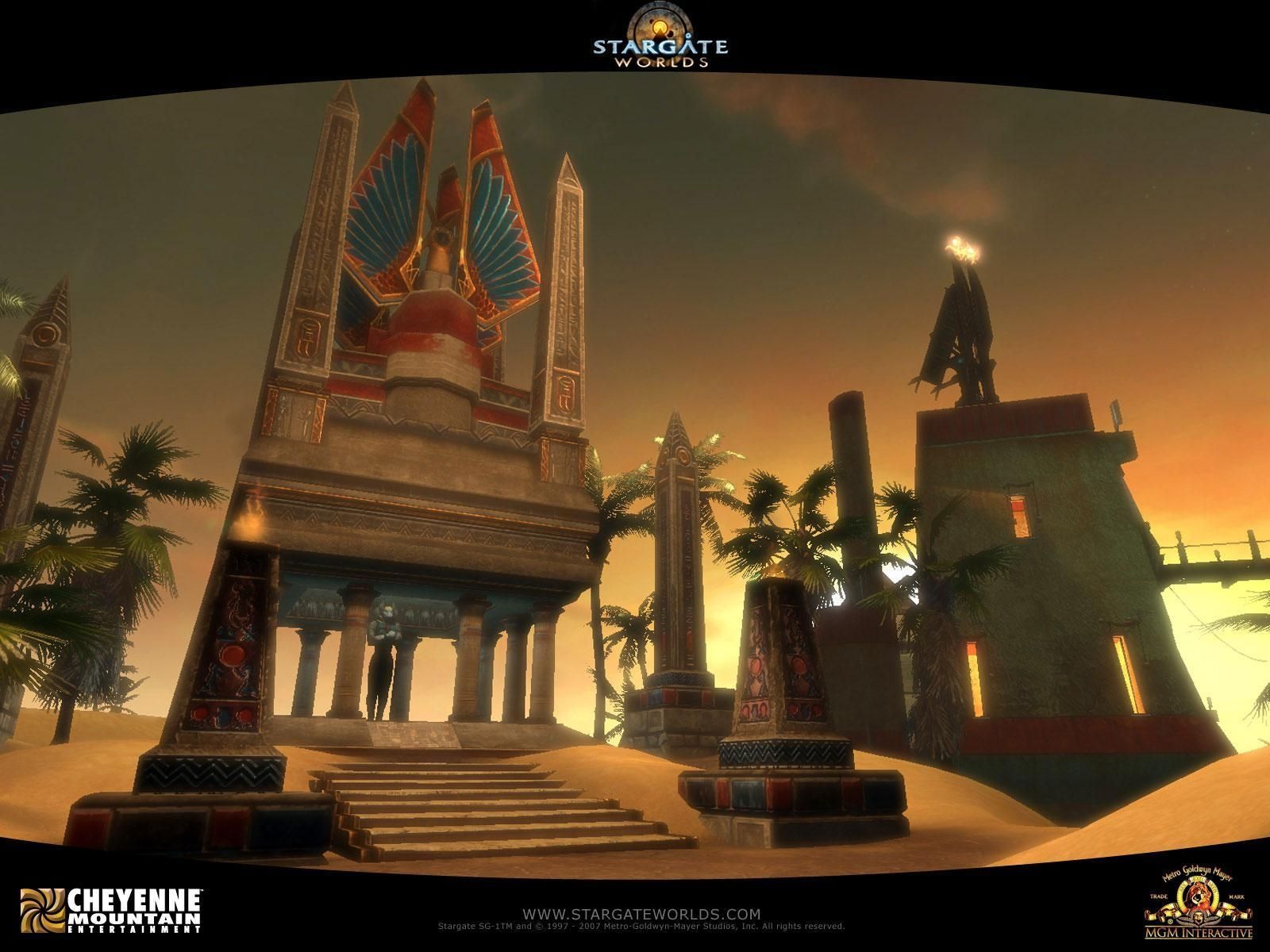
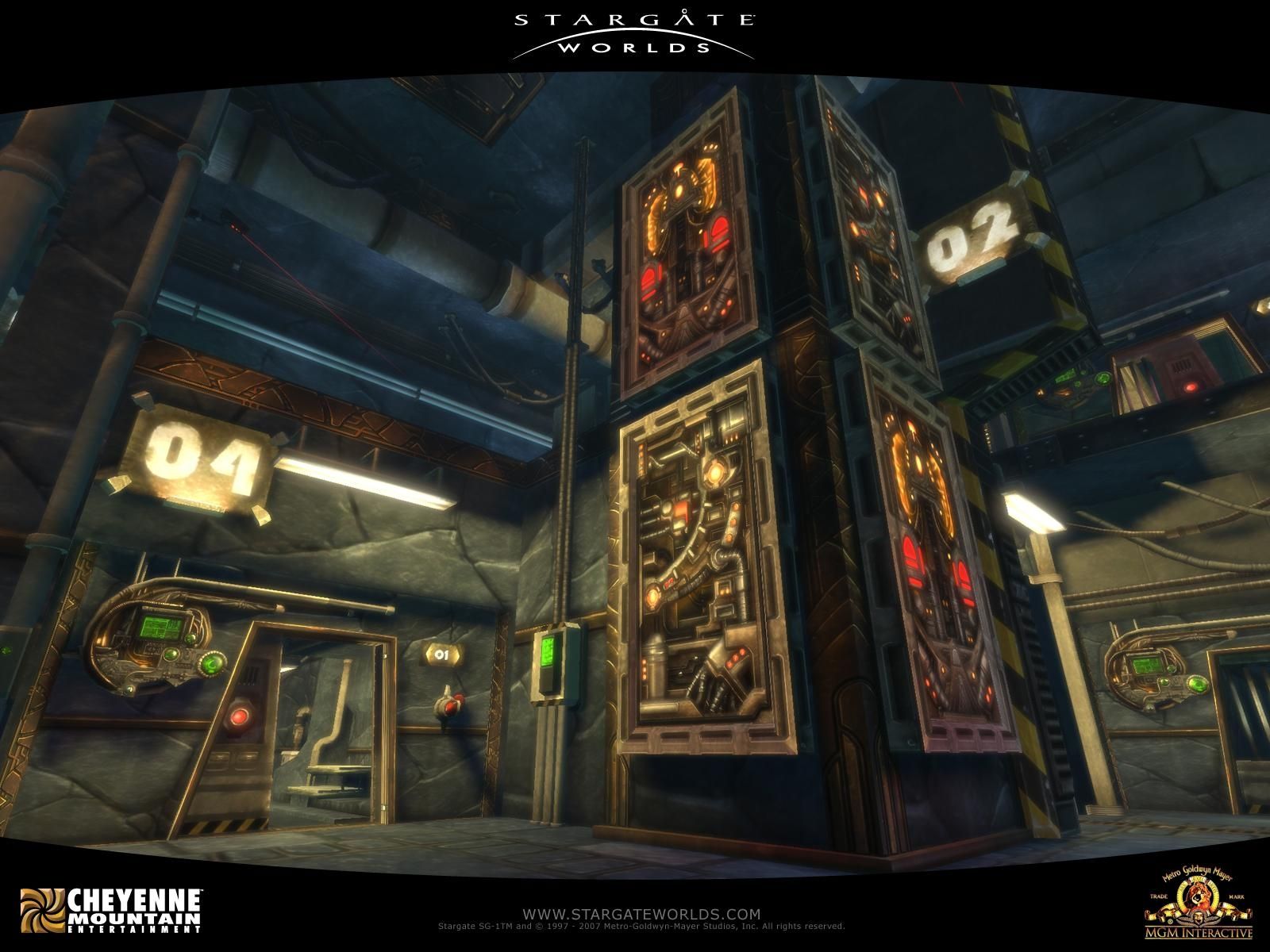
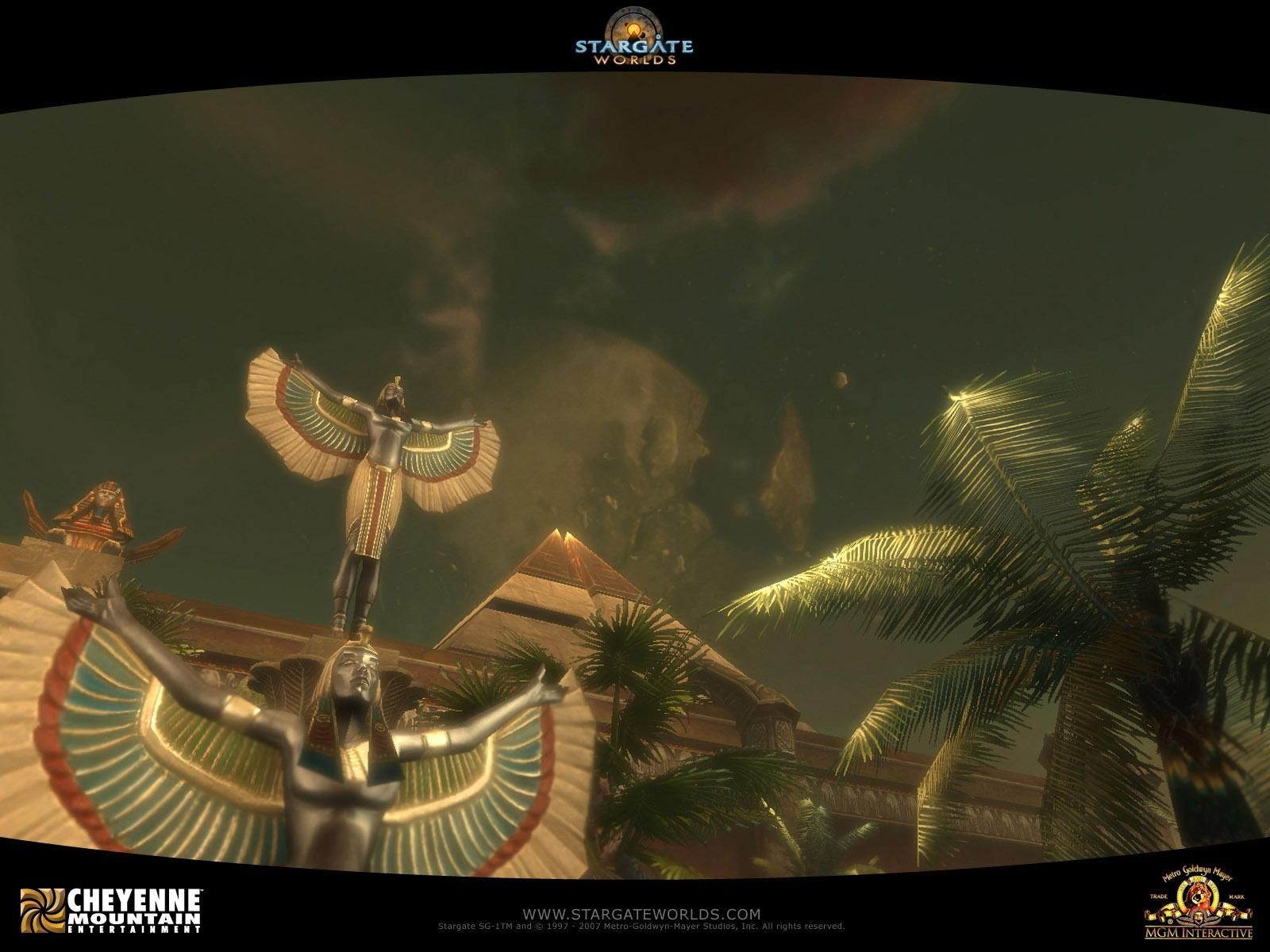
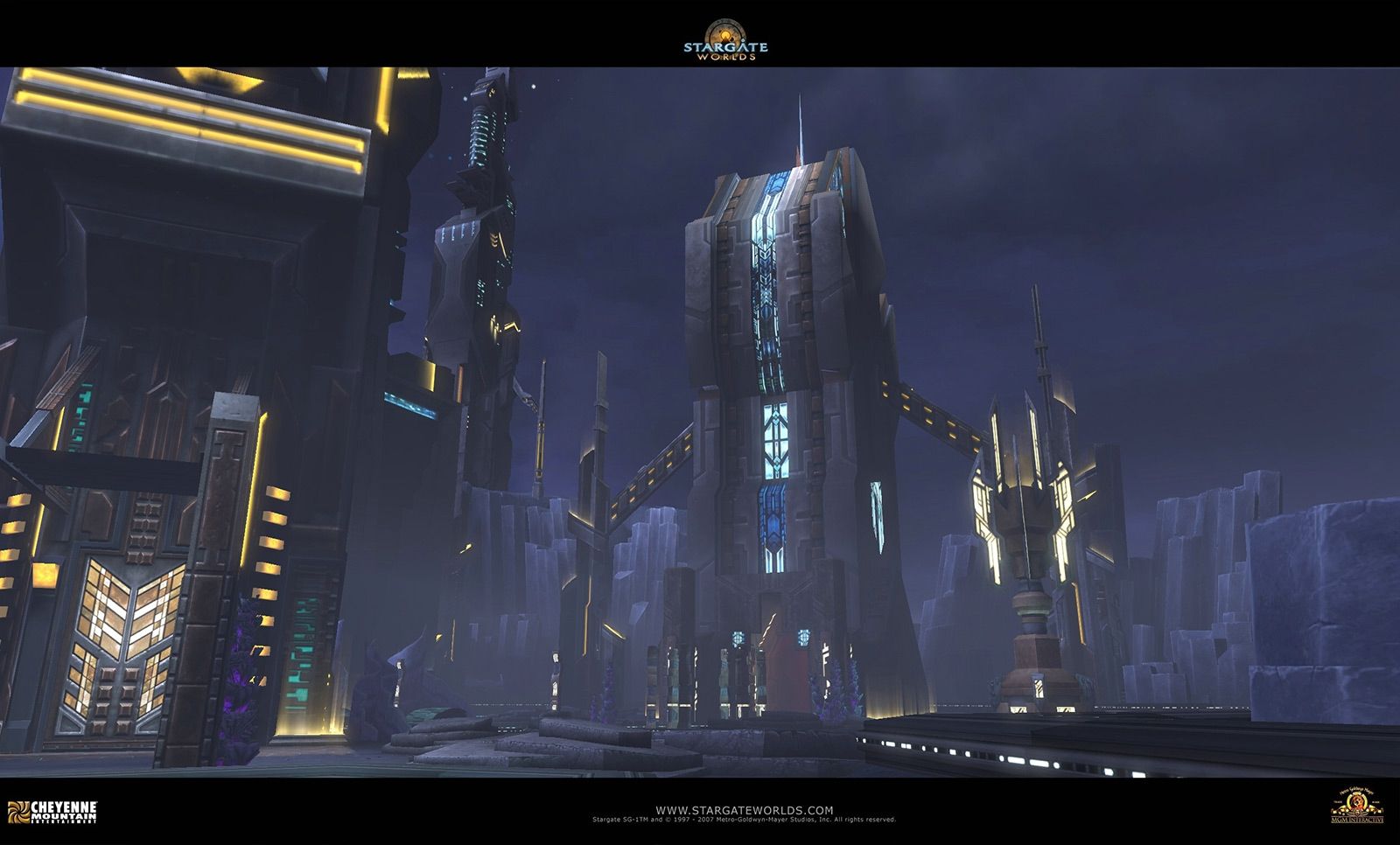
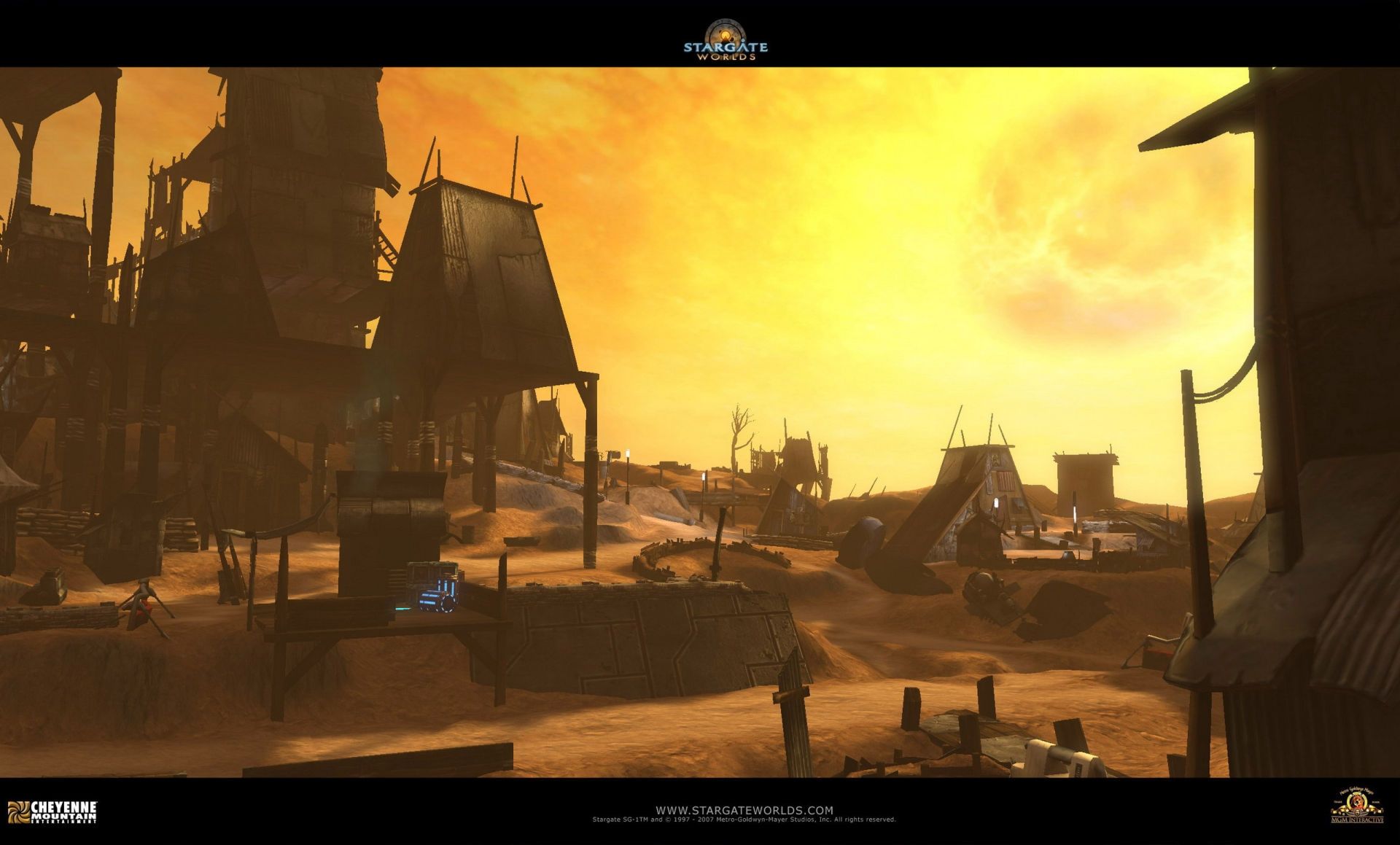
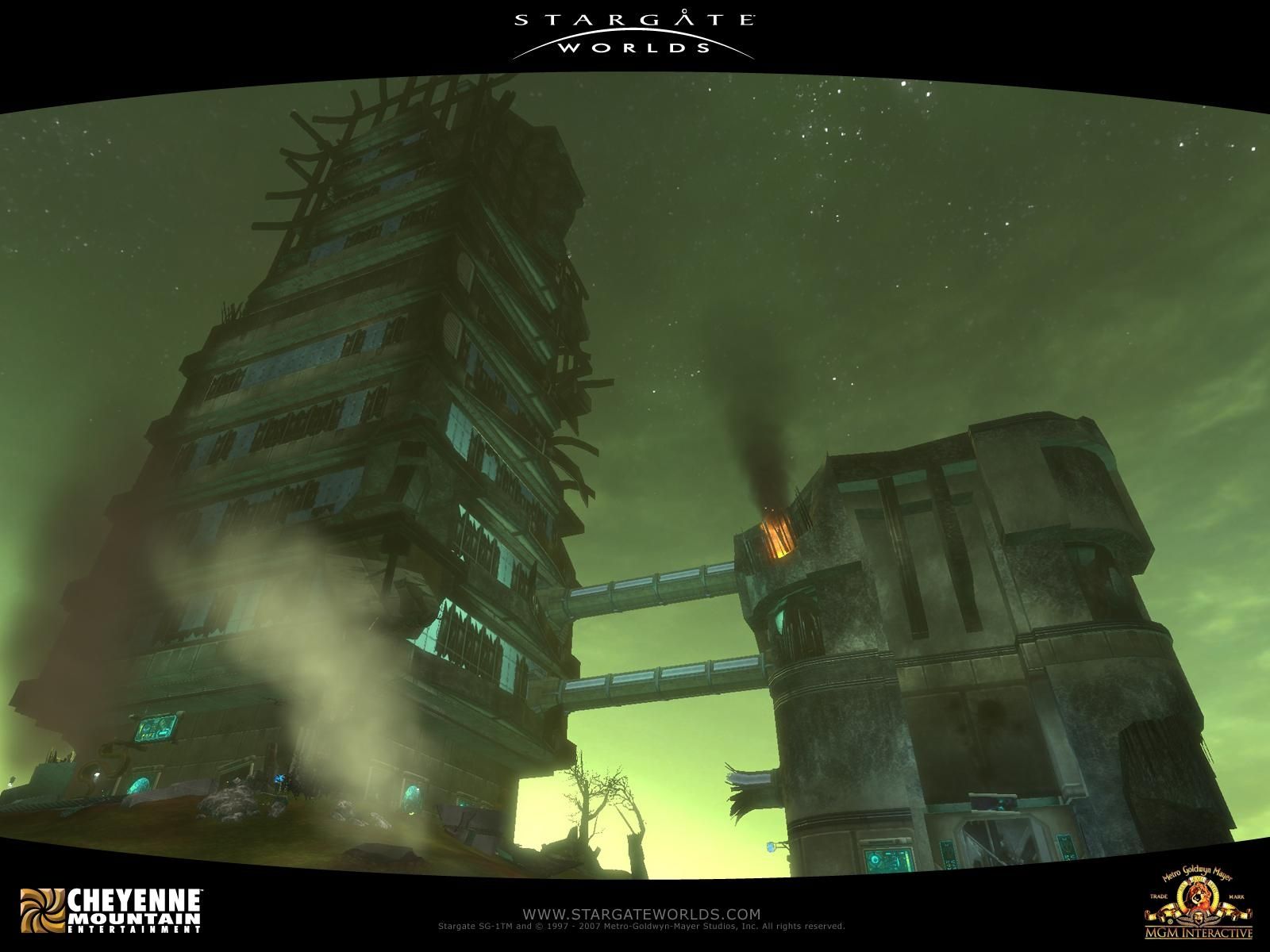
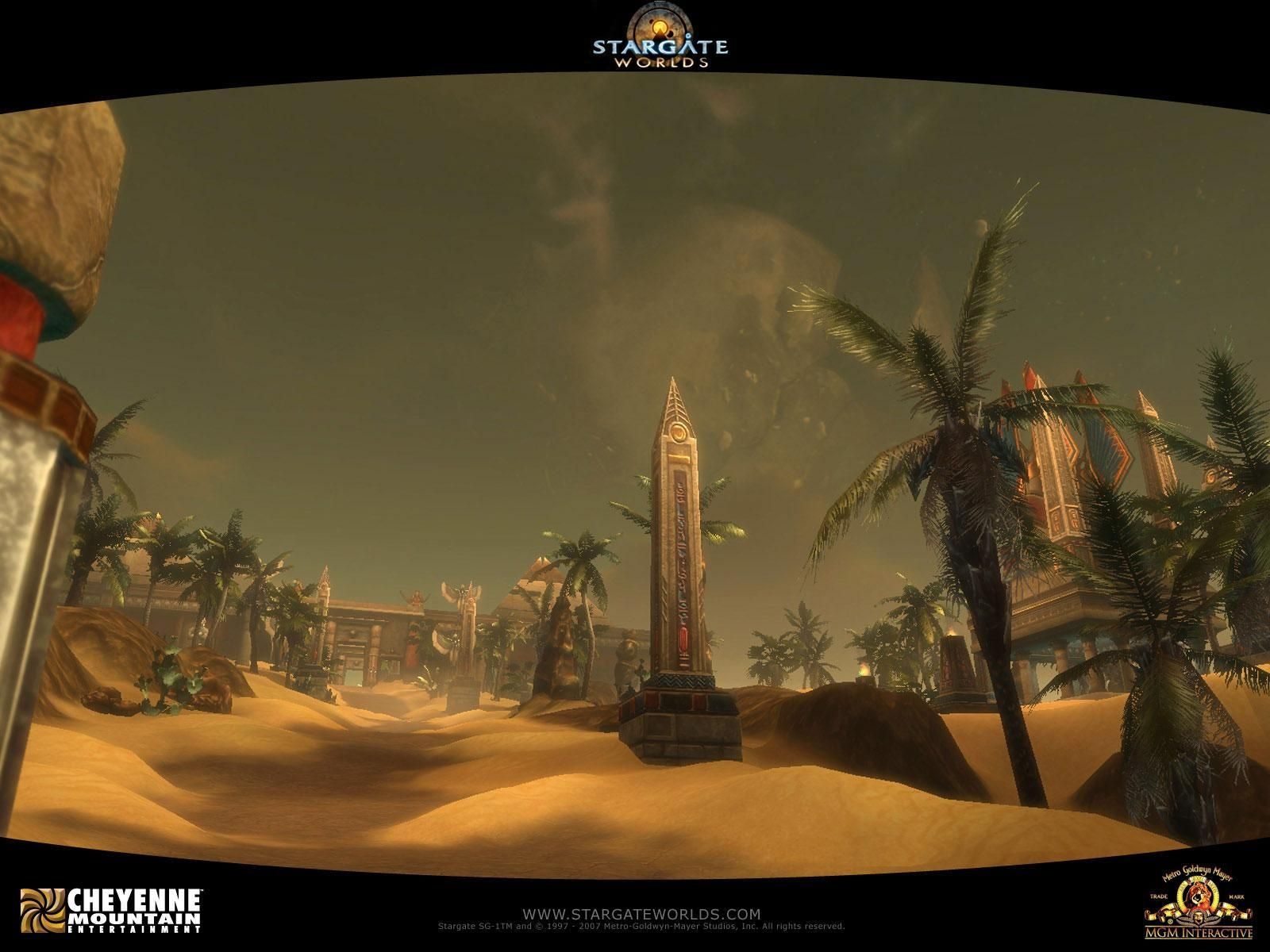
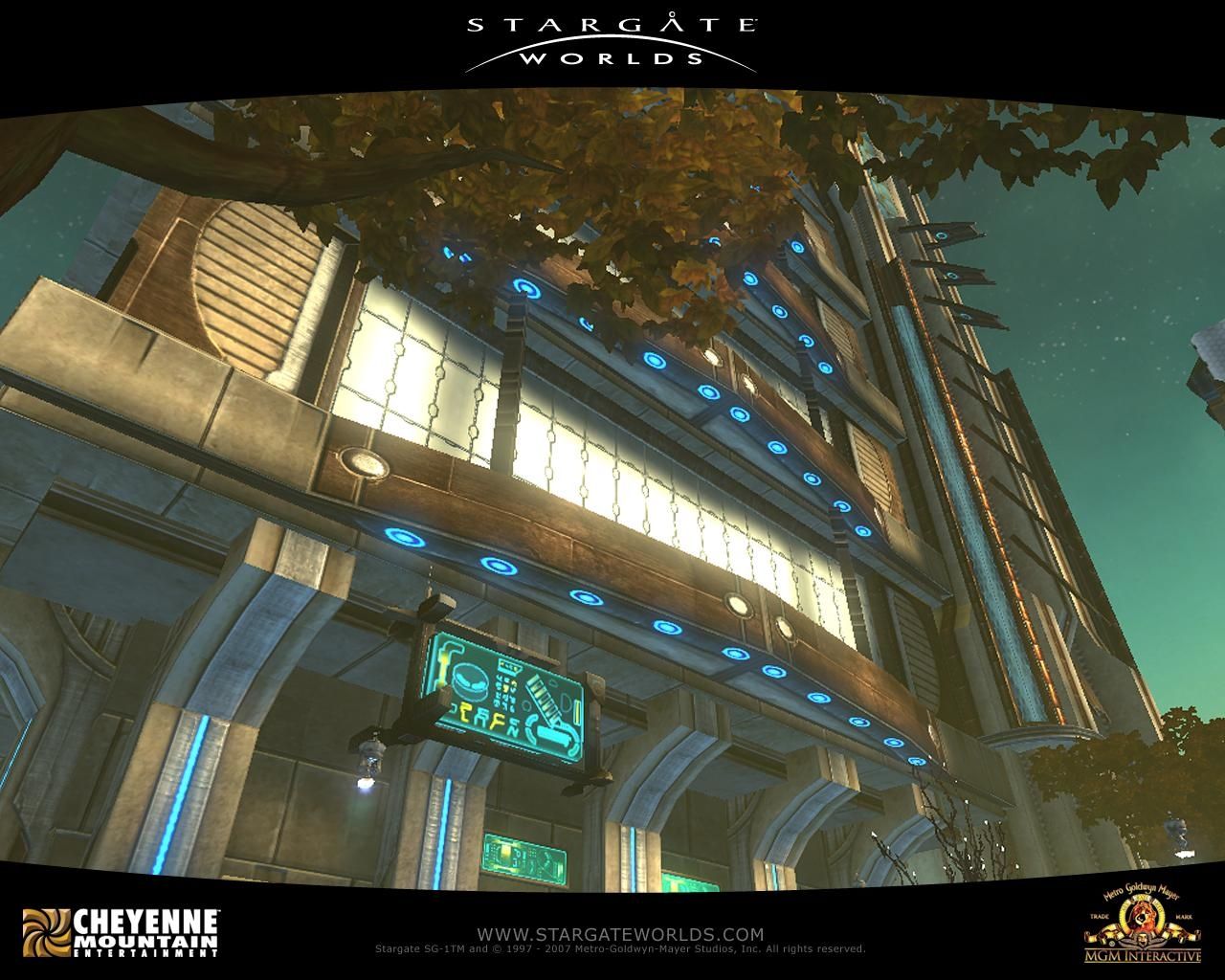
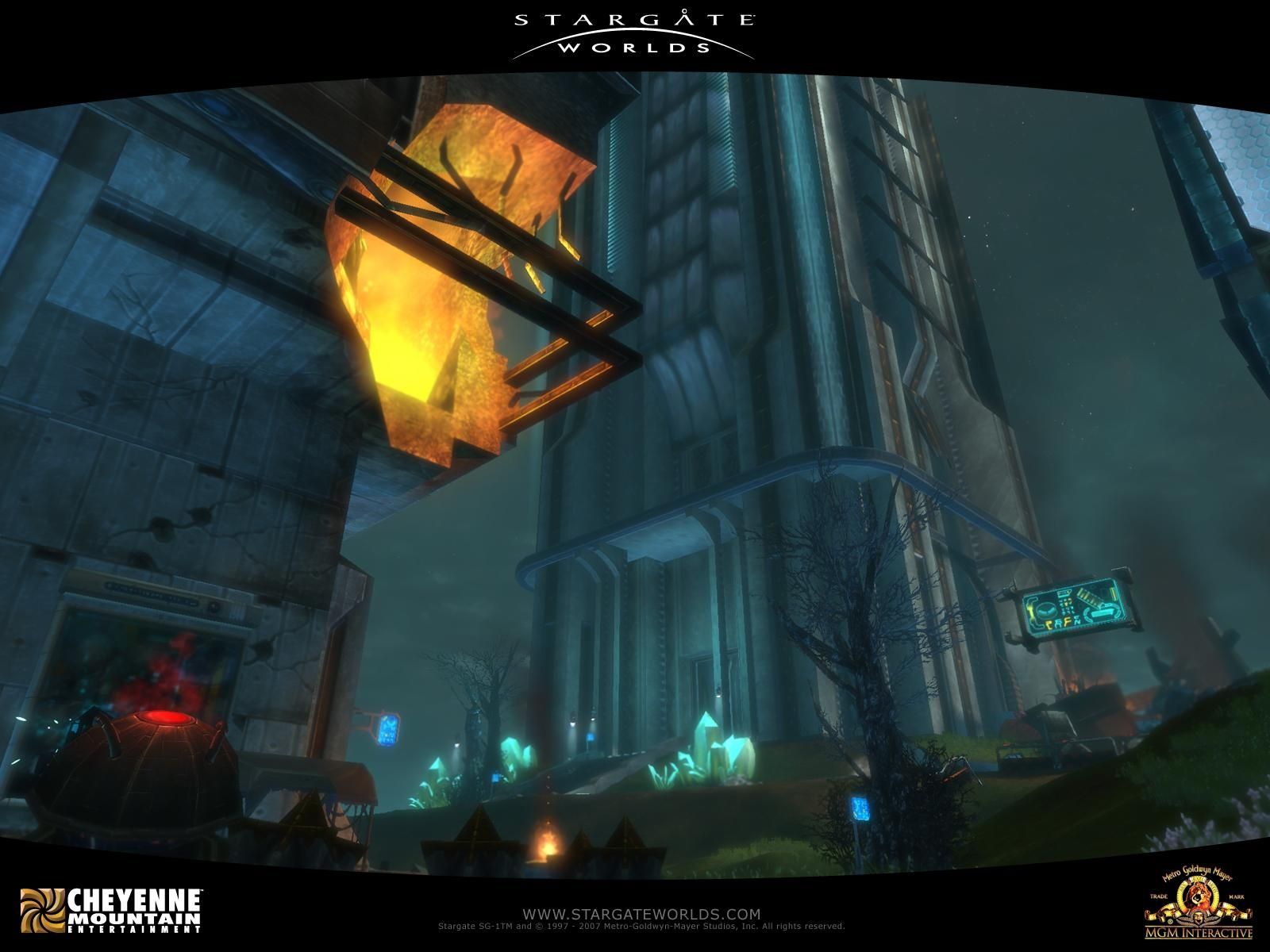
The Start of Stargate Worlds
A month later, concept art began to surface with some particularly striking Jaffa character models and planet locations. Additionally, Stargate SG-1 showrunners Brad Wright and Robert C. Cooper were on board and lending support where relevant, including approval of the necessary adaptations of plot, characters, and backgrounds. As Eurogamer’s Keza MacDonald noted in an August 2008 preview, “Few licenses have ever been as suitable for an MMO as Stargate SG-1. The very premise […] traveling between a near-infinite network of planets through wormhole-connected gates and usually blowing up whatever’s there – provides an endless, running resource of material with which to fill up a truly massive online world.”
Despite this seemingly ideal inspiration, there was still a lot of work to be done in making sure it all worked logically.
“Videogames need assets and you need to use them effectively,” notes Steve Garvin, senior content designer on Stargate Worlds from November 2006.
“So not having a human faction on the dark side just wasn’t realistic. And then creating a dark side human faction was challenging because they’re working with these traditional enemies of humans.”
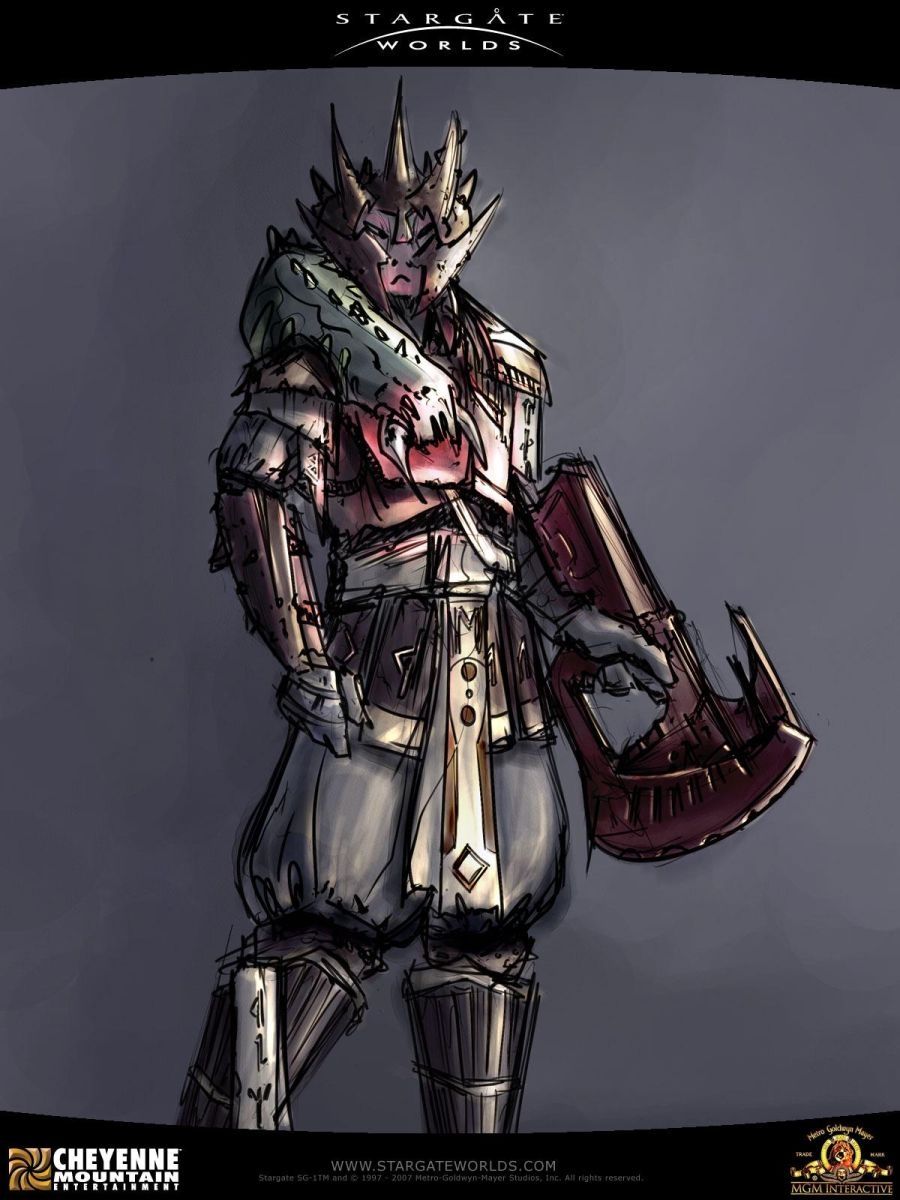
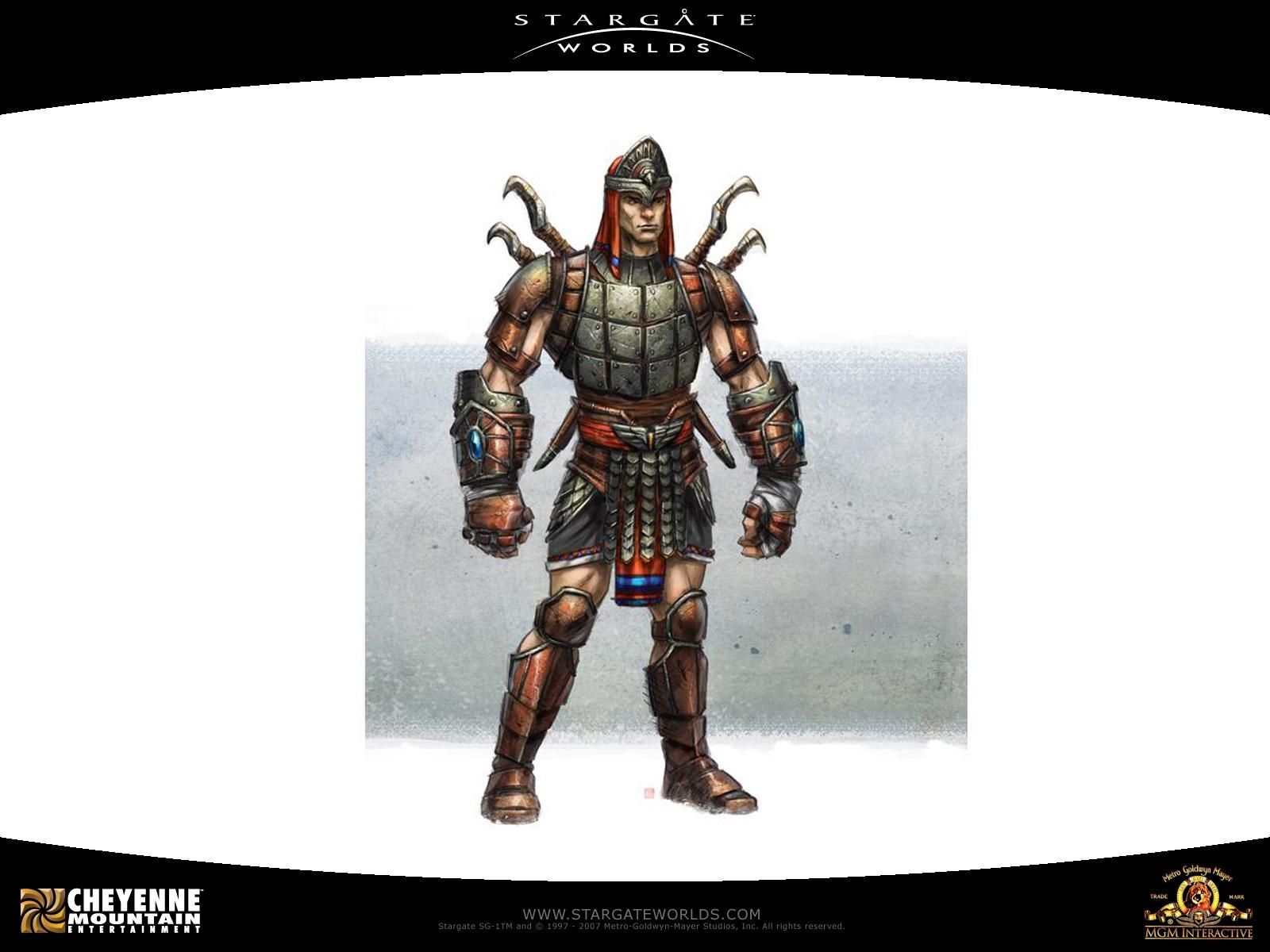
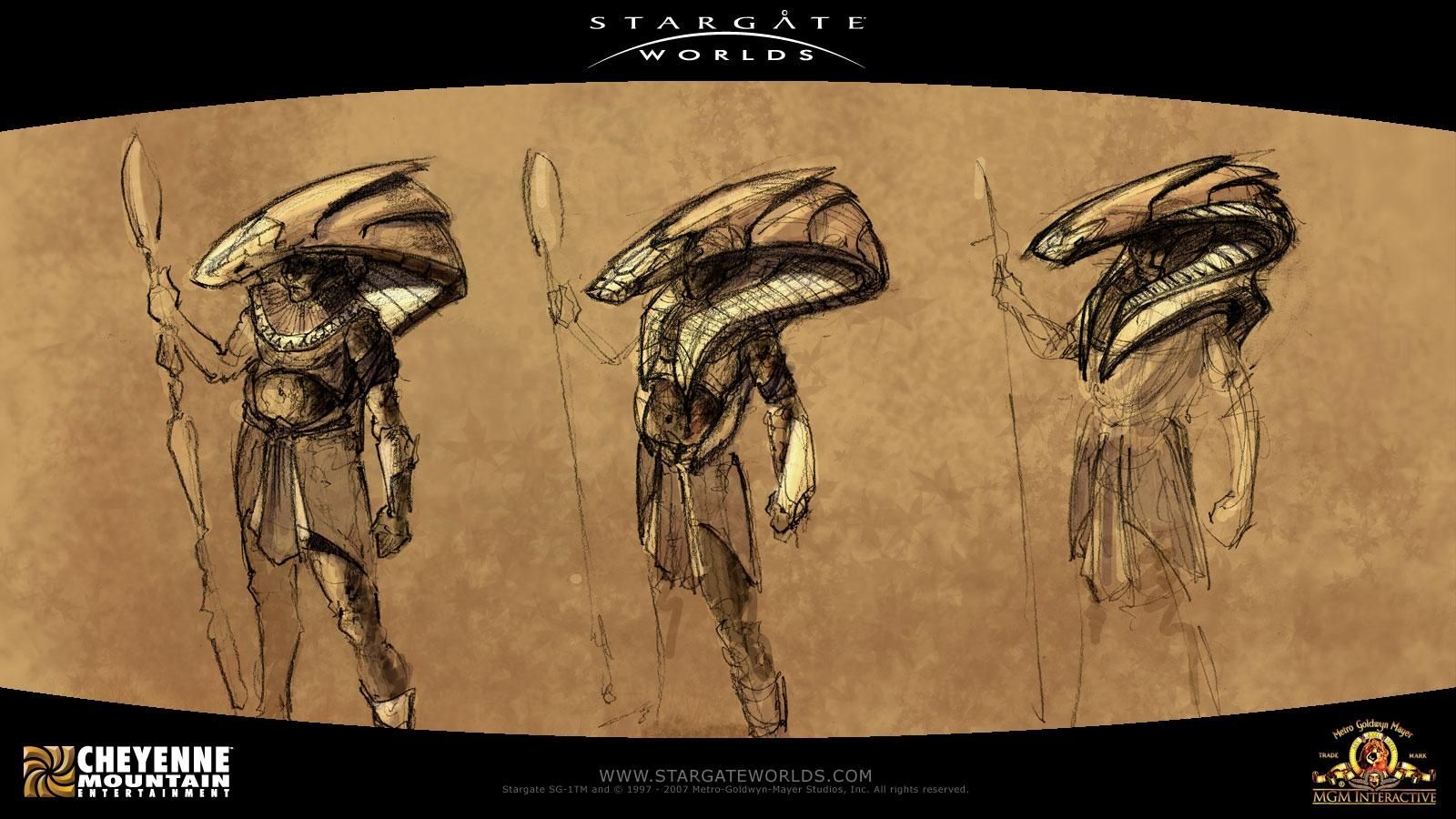
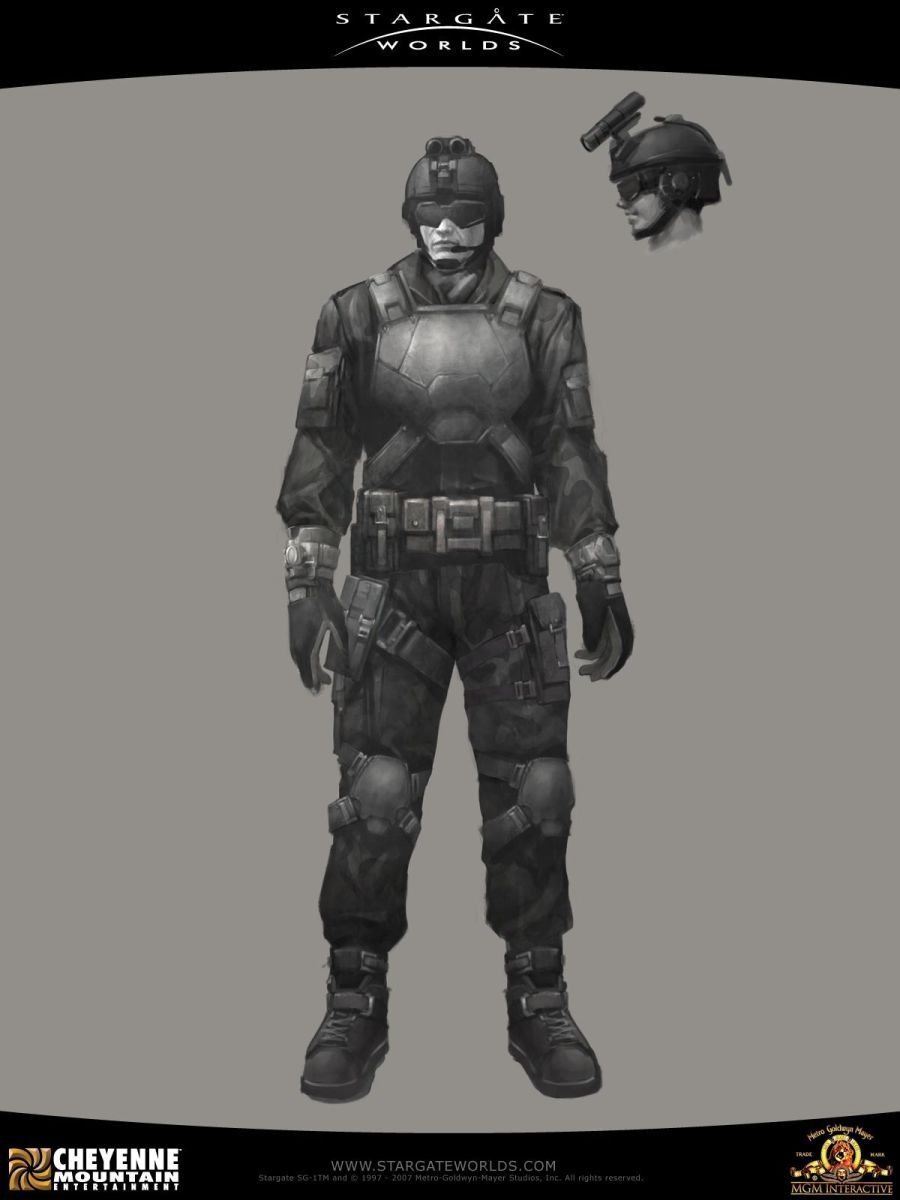
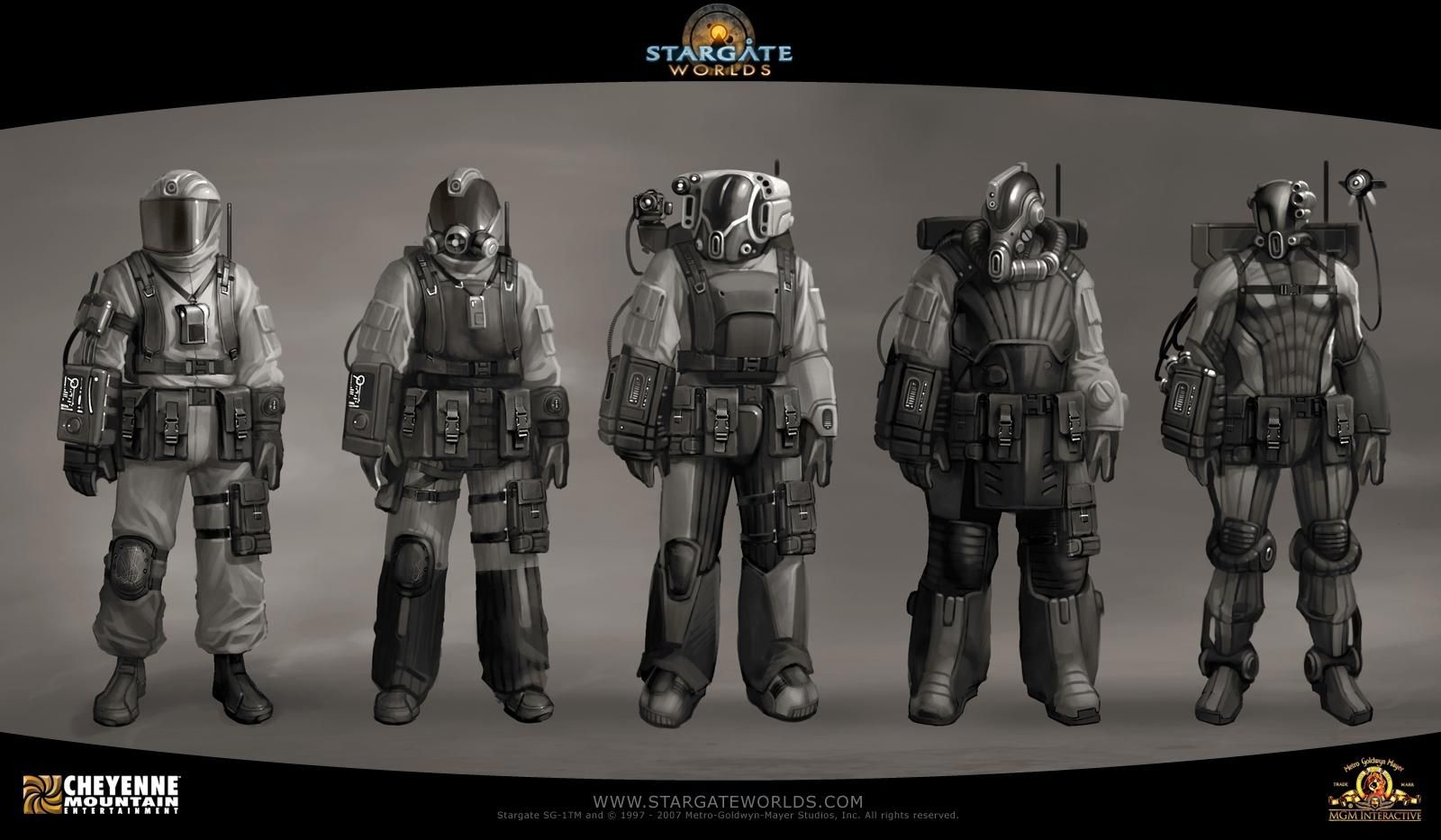
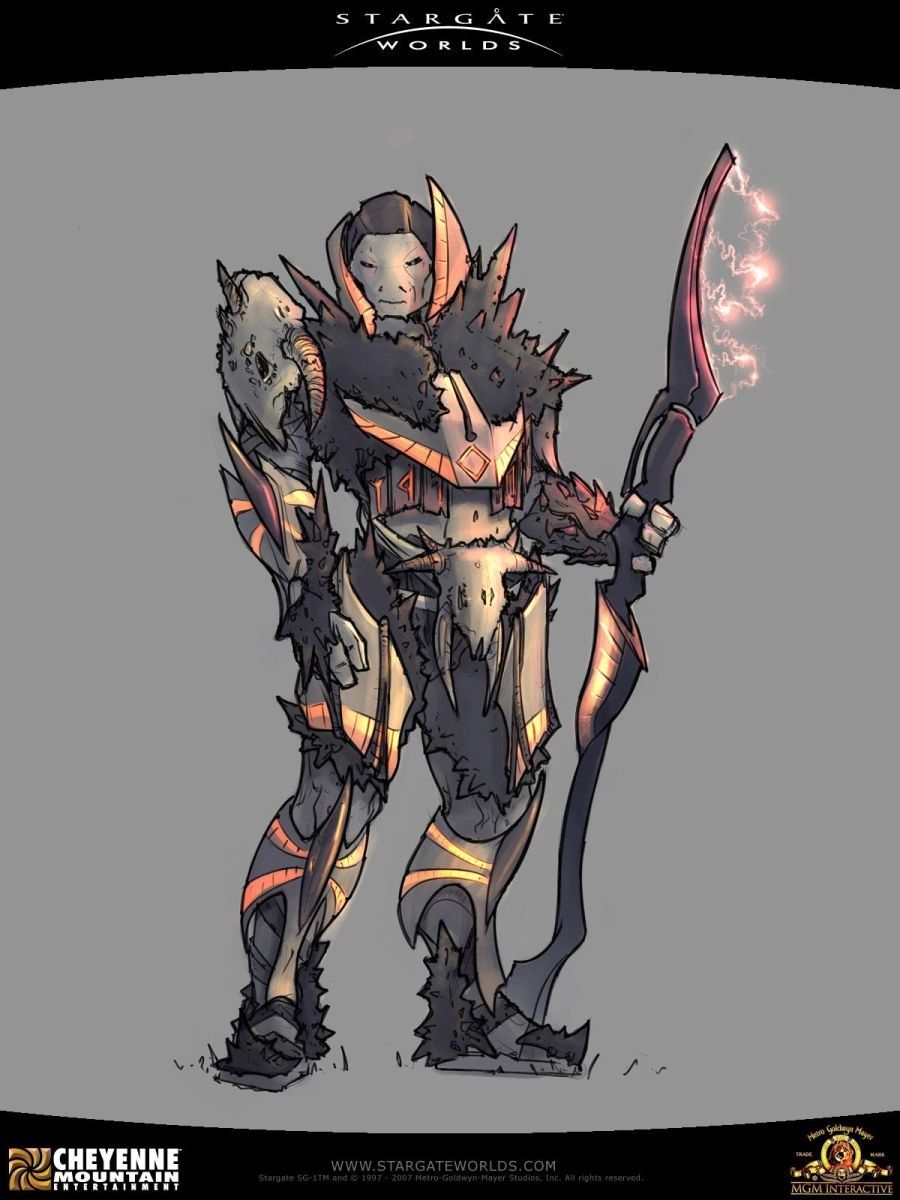
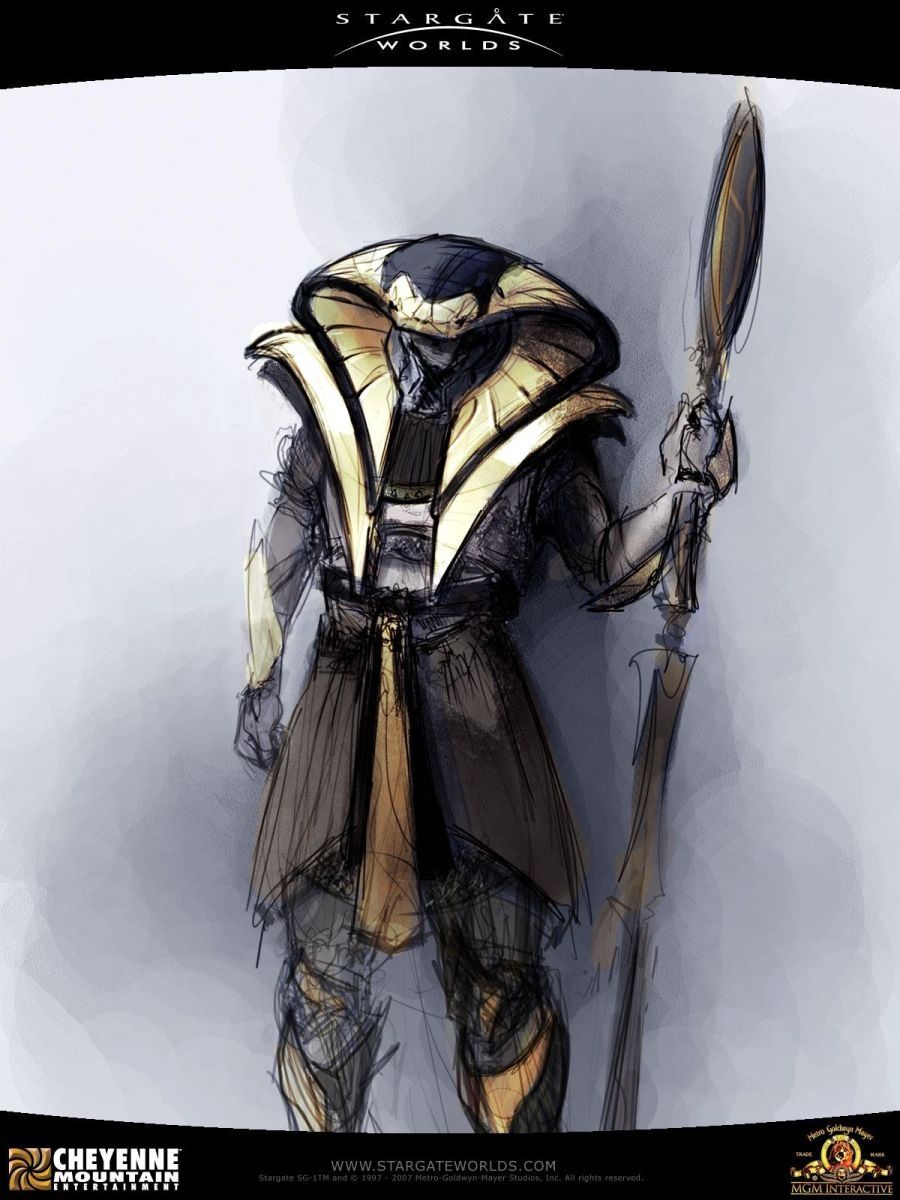

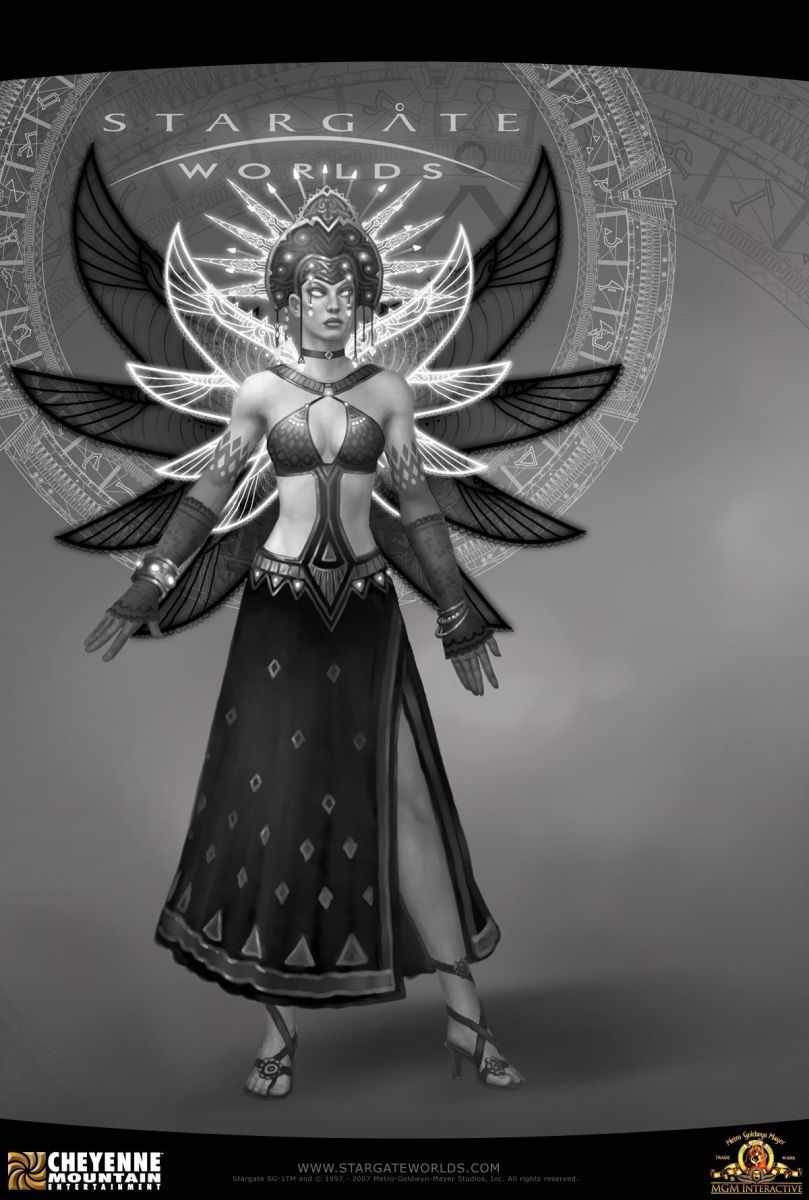
The Plot and Races of Stargate Worlds
The result was a split within the five races of Stargate Worlds, notably two human factions, the ‘good’ Tau’ri and the ‘evil’ OP-CORE, the latter siding with the overall bad guys, the Goa’uld. Other playable characters included Earth allies the Asgard, Goa’uld enforcers the Jaffa, along with its splinter group Free Jaffa. The plot focused on the return of the ancient lord Ra, as Garvin explains:
“The main story was that Ra was coming back and the dark side was trying to leverage it while the light side was trying to stop it. So the two stories were very disparate, a vastly different experience.”
Throughout 16 worlds, archetypes, and races, players would battle against each other for supremacy over the universe, while the nature of the TV show continued to ensure Garvin and his team had their hands full with creating new mythos and characters. “There was a lot of creation on the dark side,” he explains, “because, in the show when the Goa’uld [characters] shows up, they get wasted! We couldn’t have dead characters showing up, so we had to create [new ones].”
Stargate Worlds was looking great too, with some of its lush locations capably evincing the spirit of the TV show. Garvin continues: “I think in general the travel part was perfect; we could put you in different spots pretty comfortably with a lot of instant stuff. It was just the lack of a perfectly symmetrical faction setup that meant we had to do some creation.”
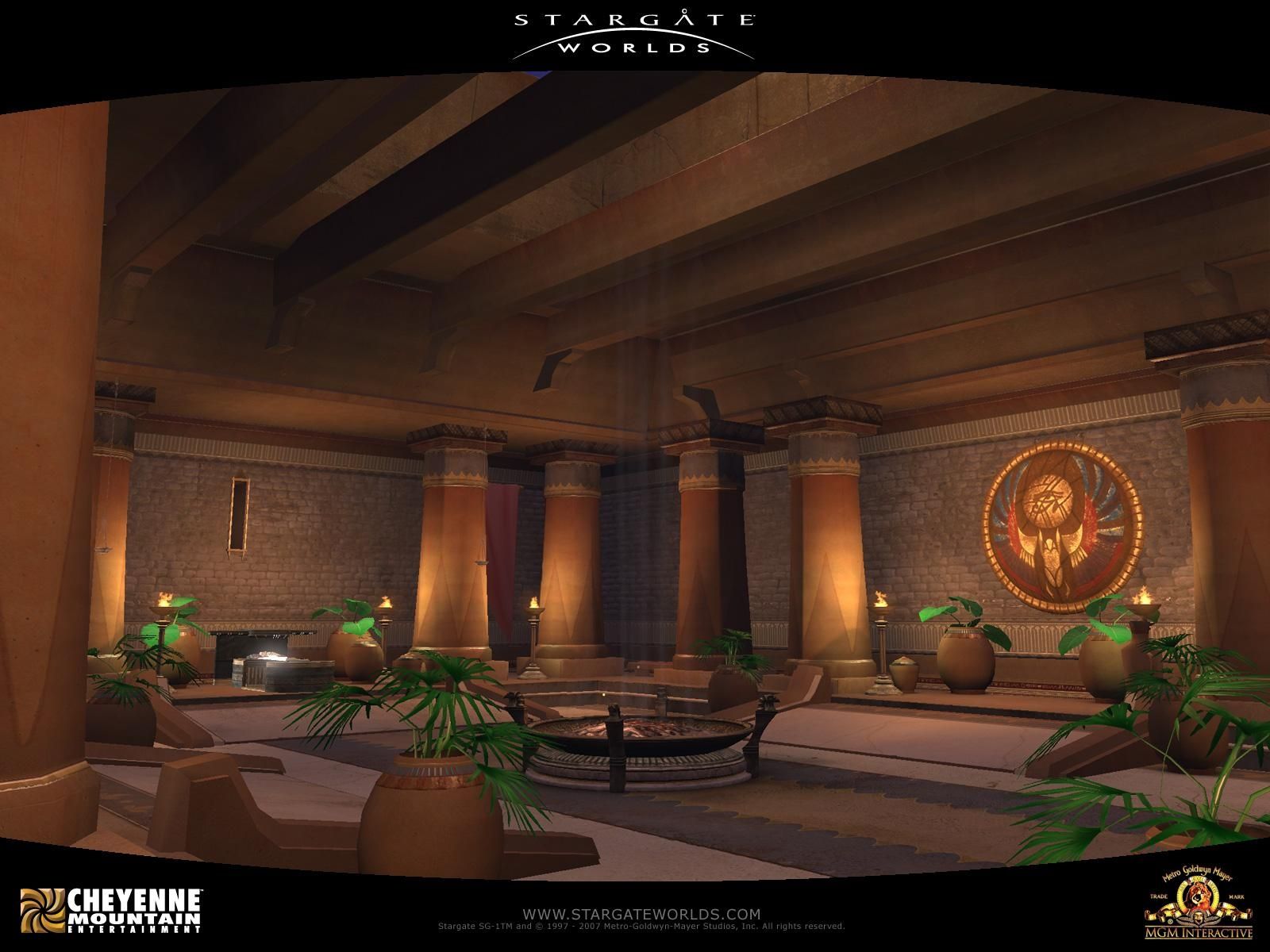
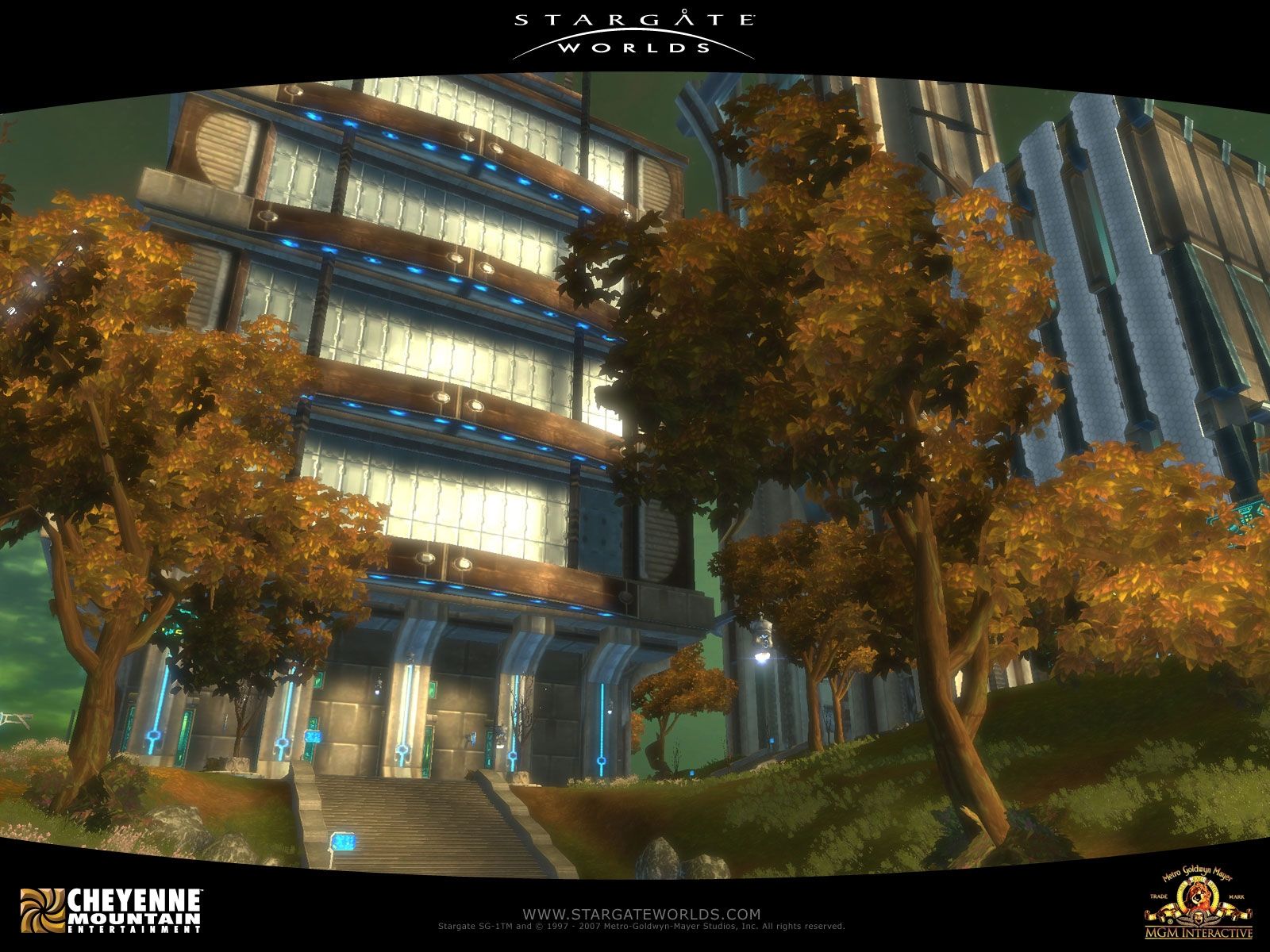
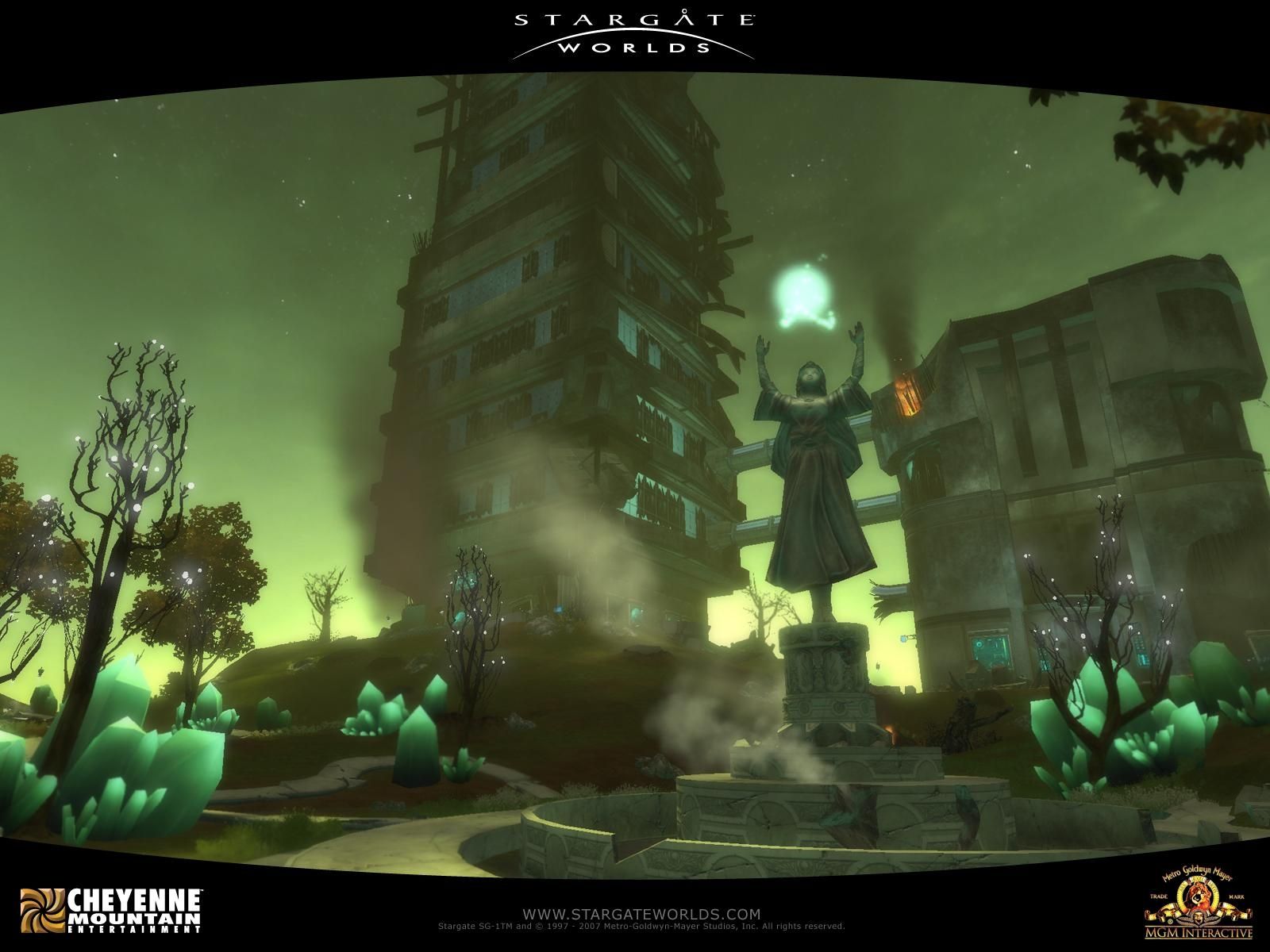
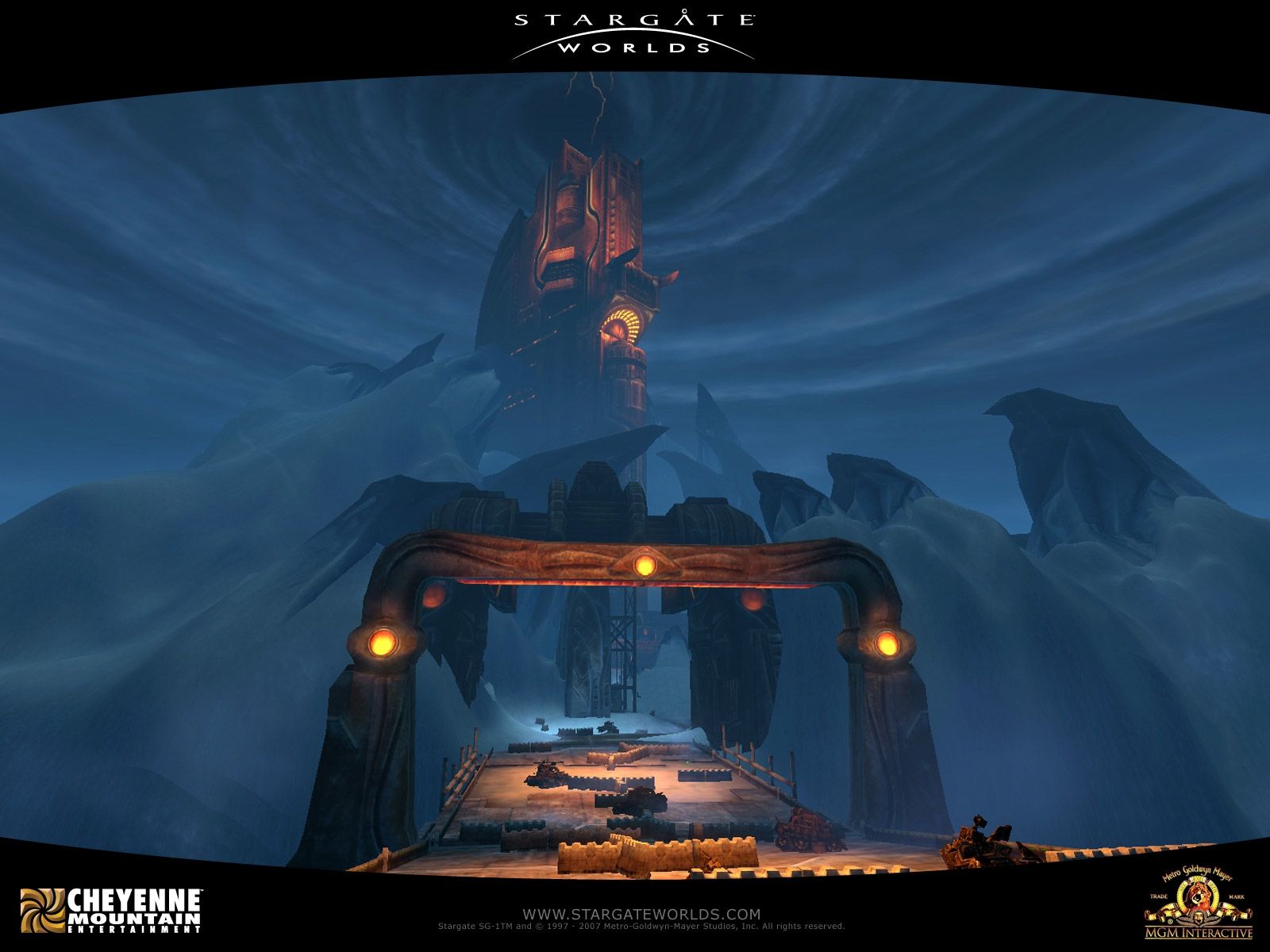
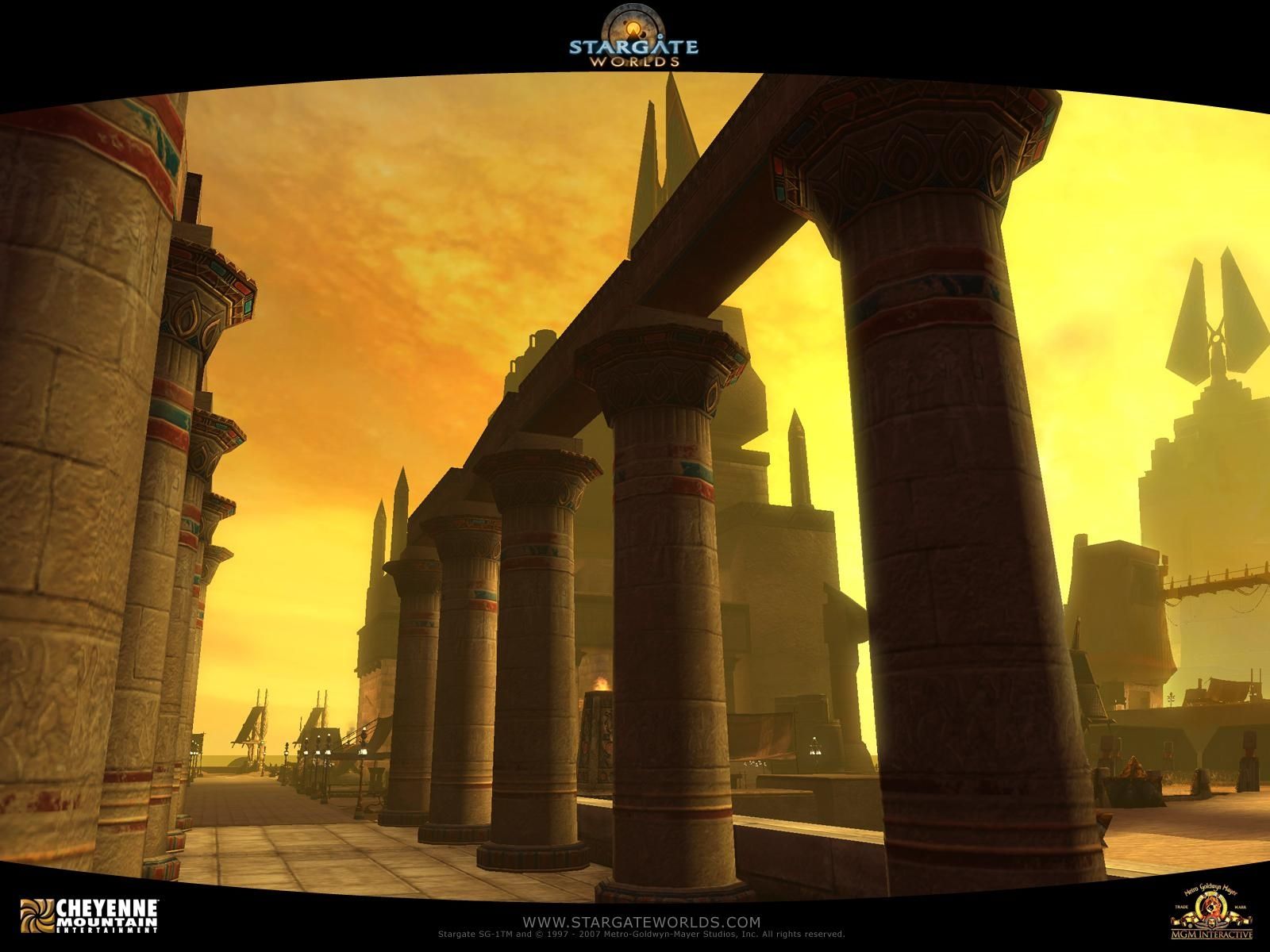
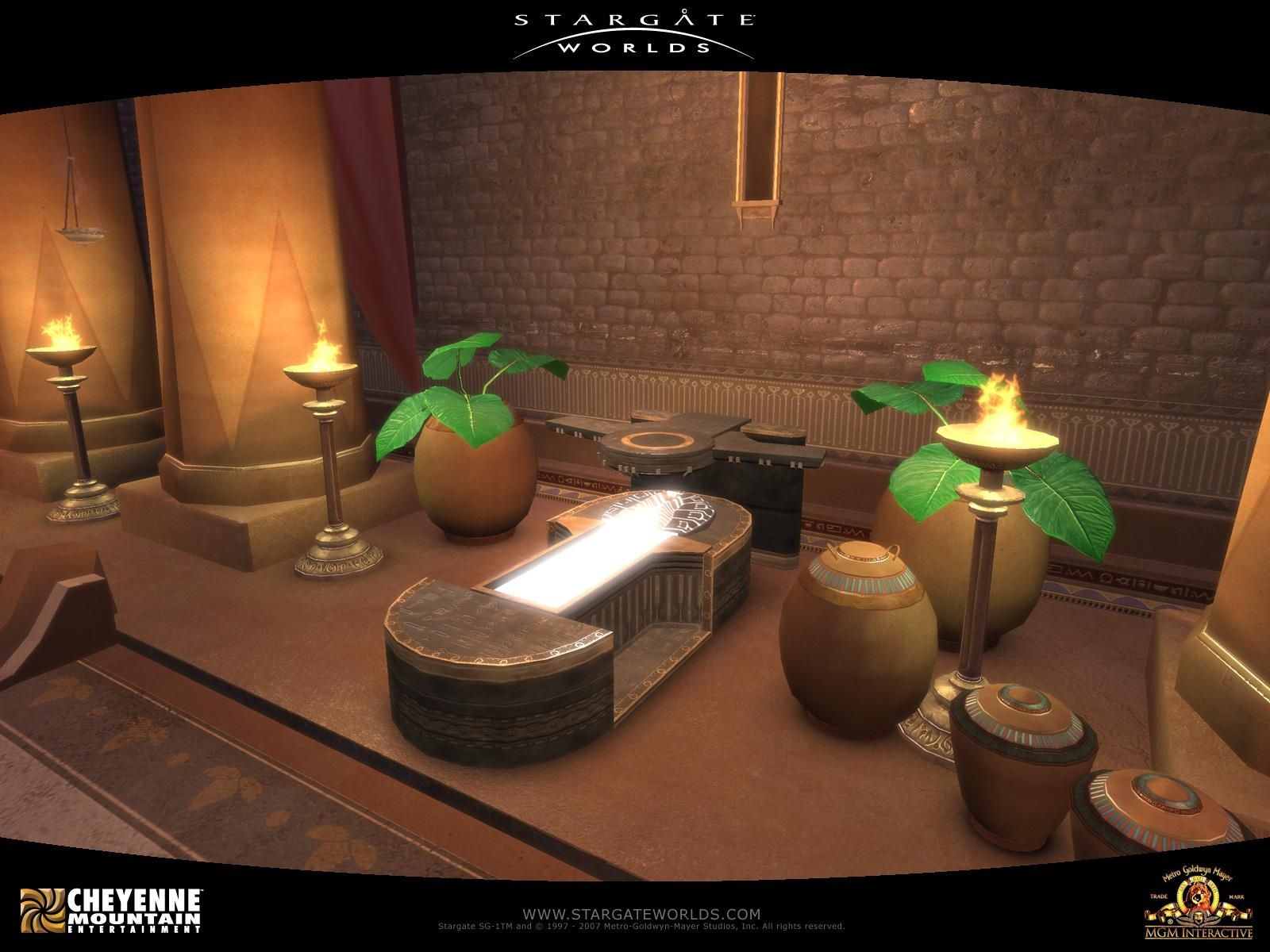
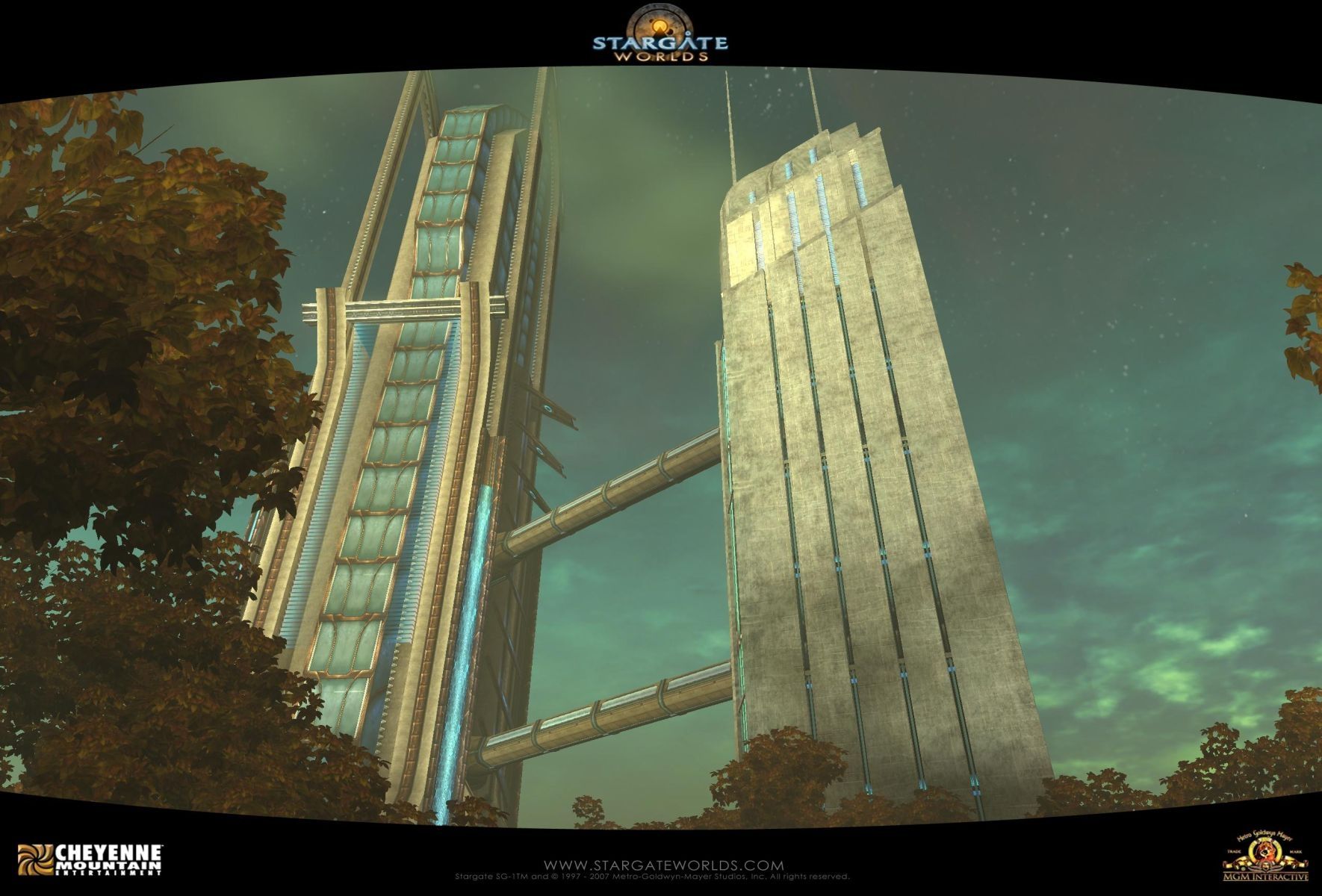
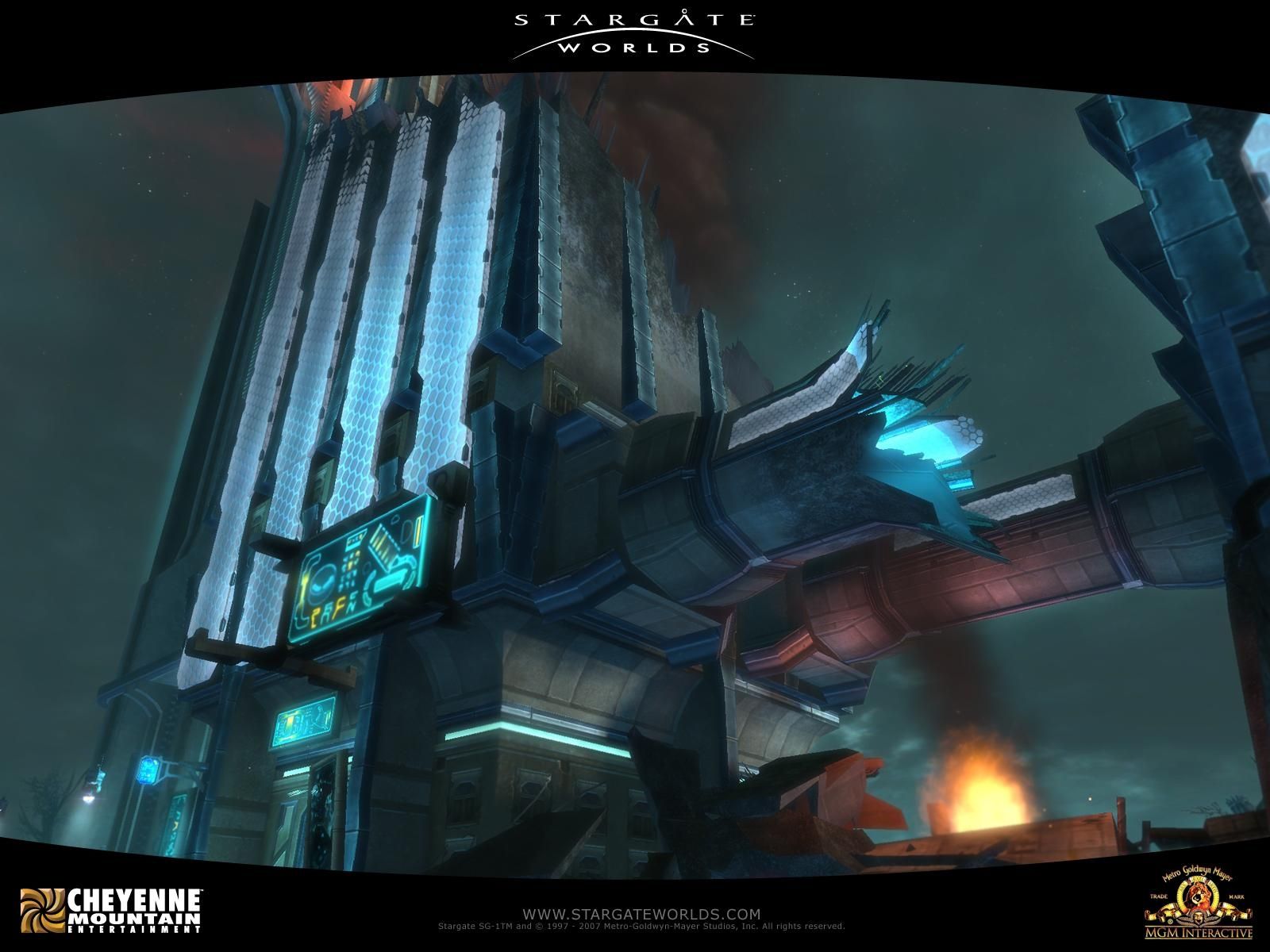
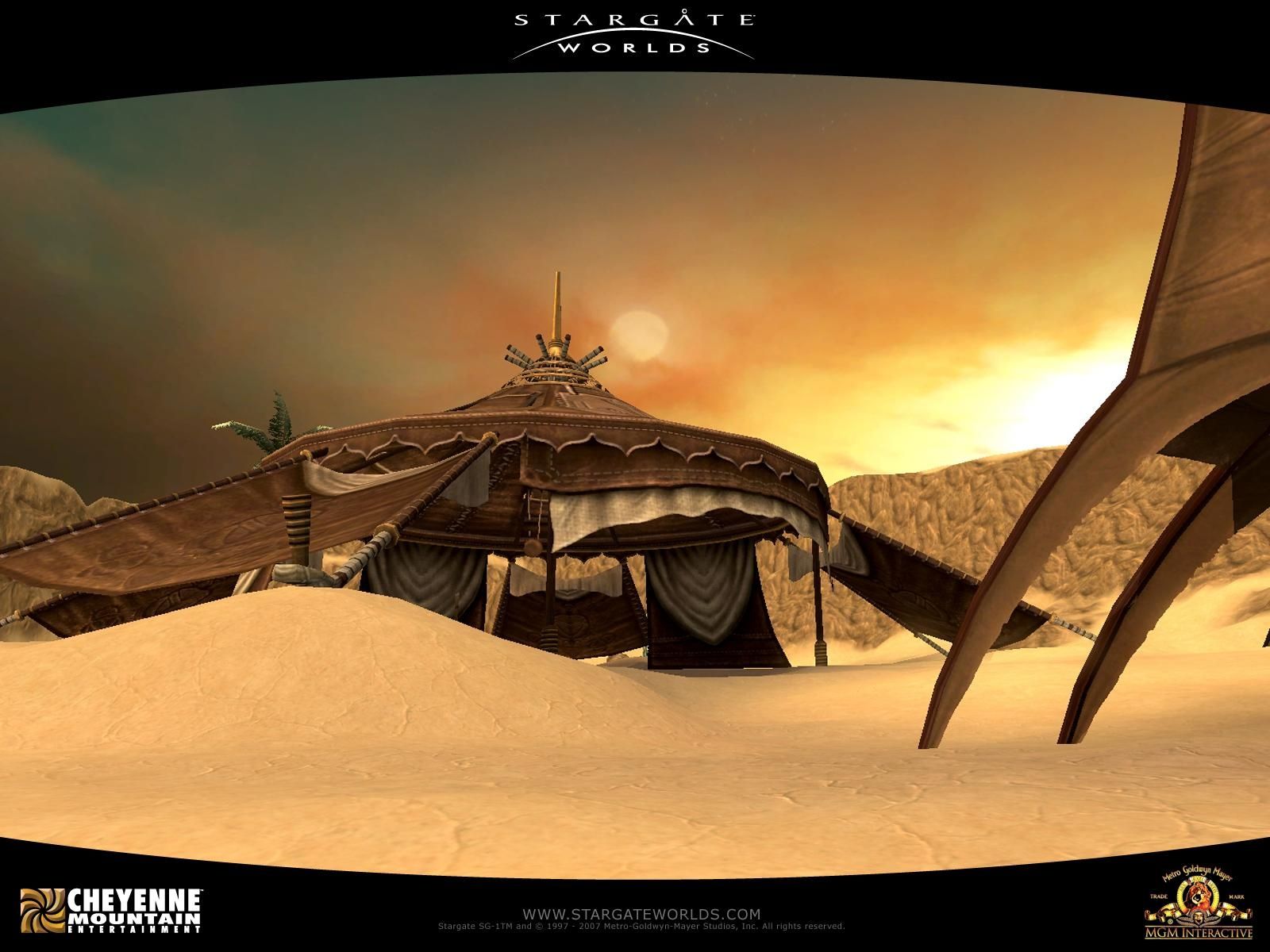
Yet perhaps the most interesting character diversion that was shaping up in Stargate Worlds was the expansion of the Furling, a species that had enjoyed limited exposure in the TV series. “We had this whole idea for the Furling being a single entity that stretches across time, able to see the past and the future,” says Garvin enthusiastically. With the Stargate SG-1 showrunners working closely with the CME team, acceptance of these ideas was key. “We didn’t break anything and they were like oh, cool,” remembers Garvin. “They were very gracious about accepting our stories.”
Development on Stargate Worlds continued throughout 2007. While progress was slow, this was tempered by the fact that CME was attempting something extremely ambitious. “It was definitely tough,” recalls Garvin. “We made sure we were integrating NPCs in a way that we thought was true to them. Plus, there was all this stuff that you would discover over the course of the game and we used every NPC we could, like Thor for Asgard, [Daniel] Jackson, and so on.” It was an imperfect set-up, but the potential remained real, as did anticipation from fans. The expanded set of characters, complimenting the original roster, along with interesting gameplay facets such as the mini-game-based archaeologist class, all helped convince fans that this was going to be nothing short of a fantastic and authentic Stargate SG-1 experience. Plus, World of Warcraft was doing great business, helping the MMORPG genre explode.
Then, 2008 came, and things started to go very wrong.
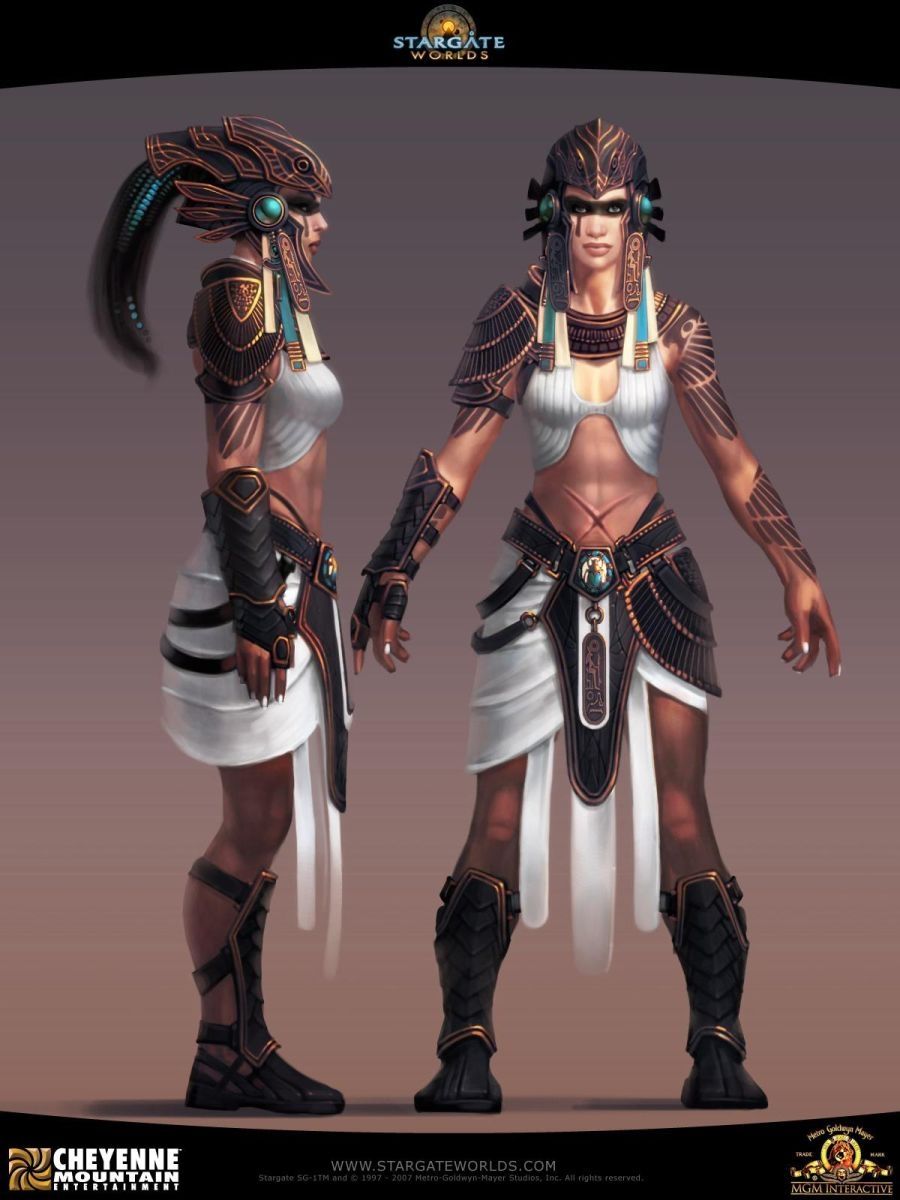
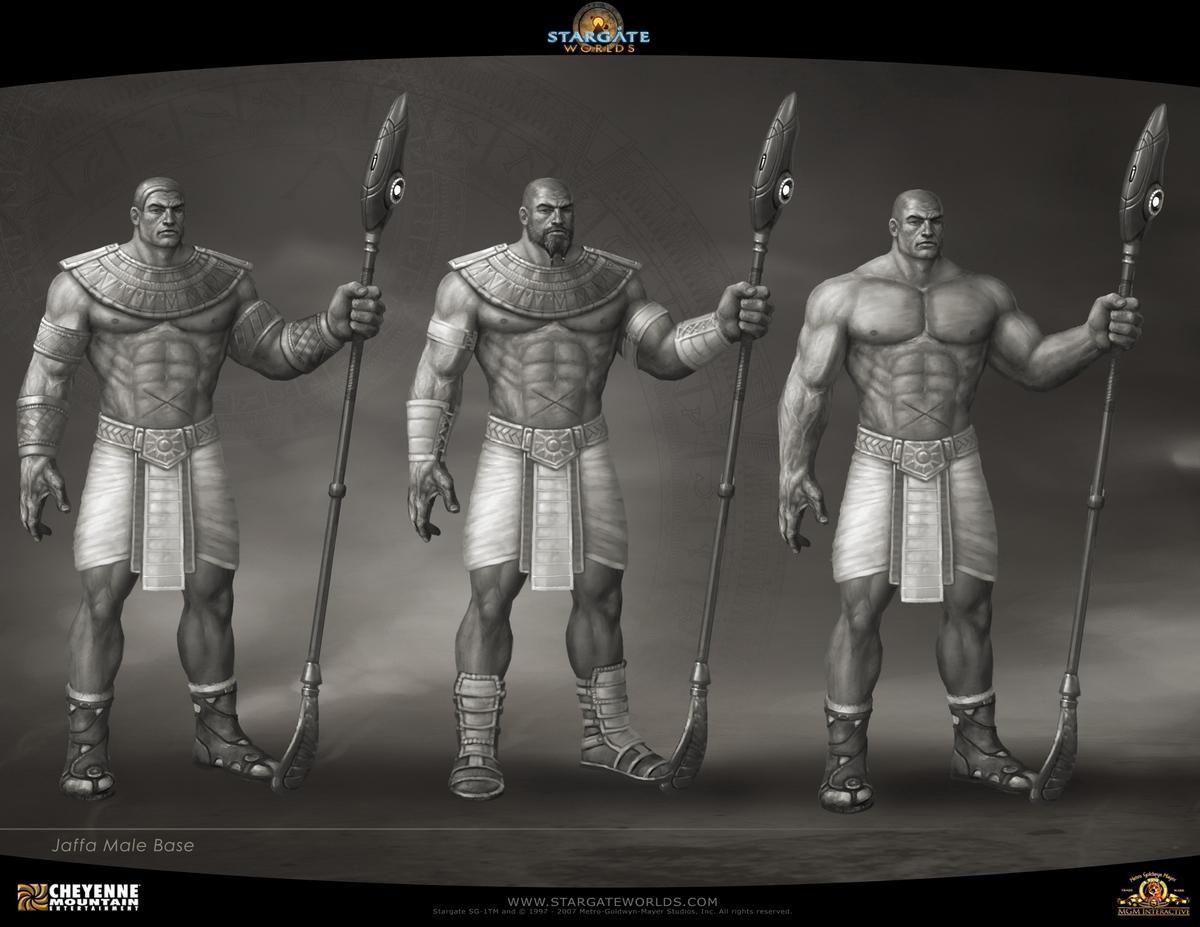
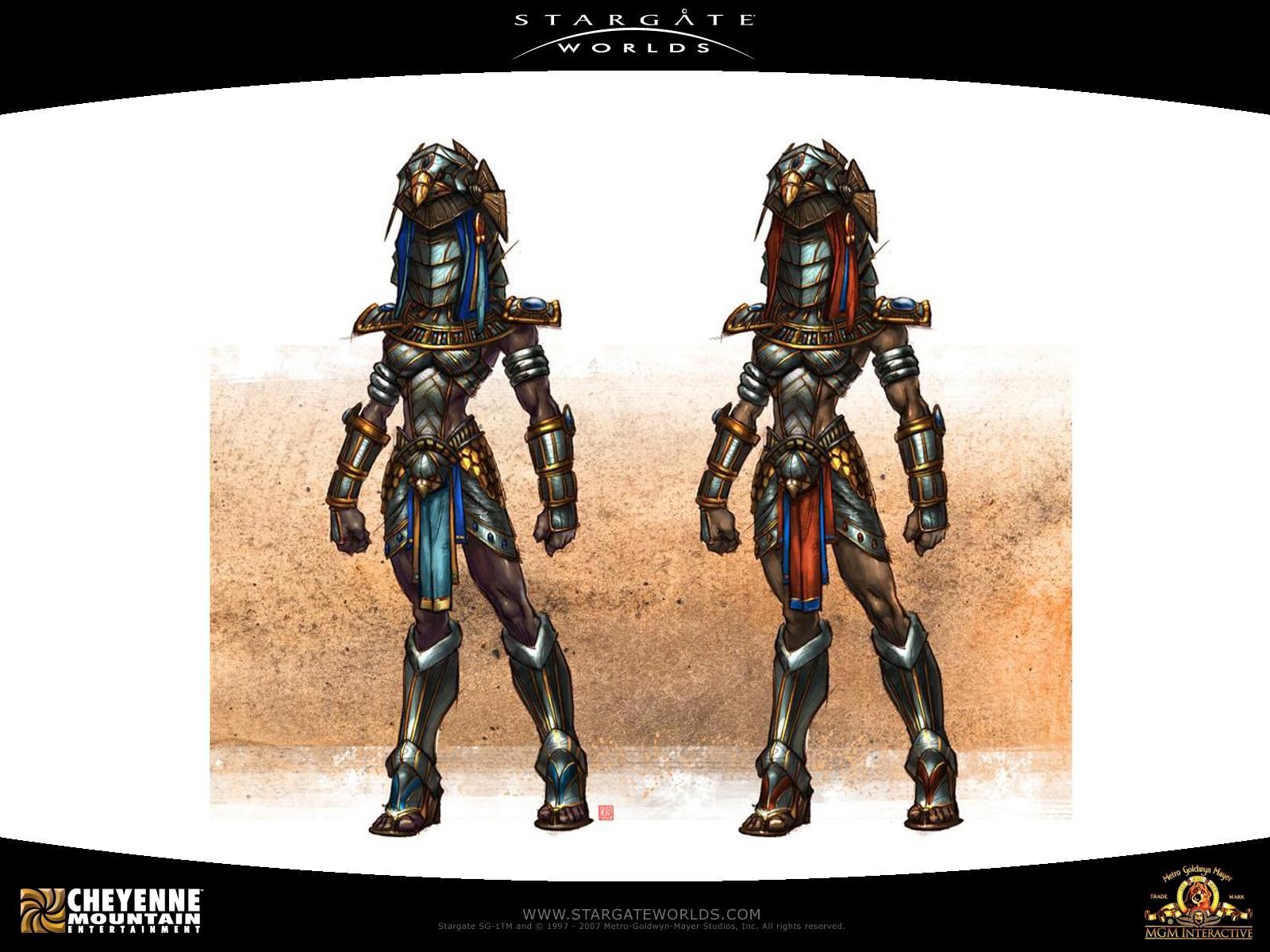
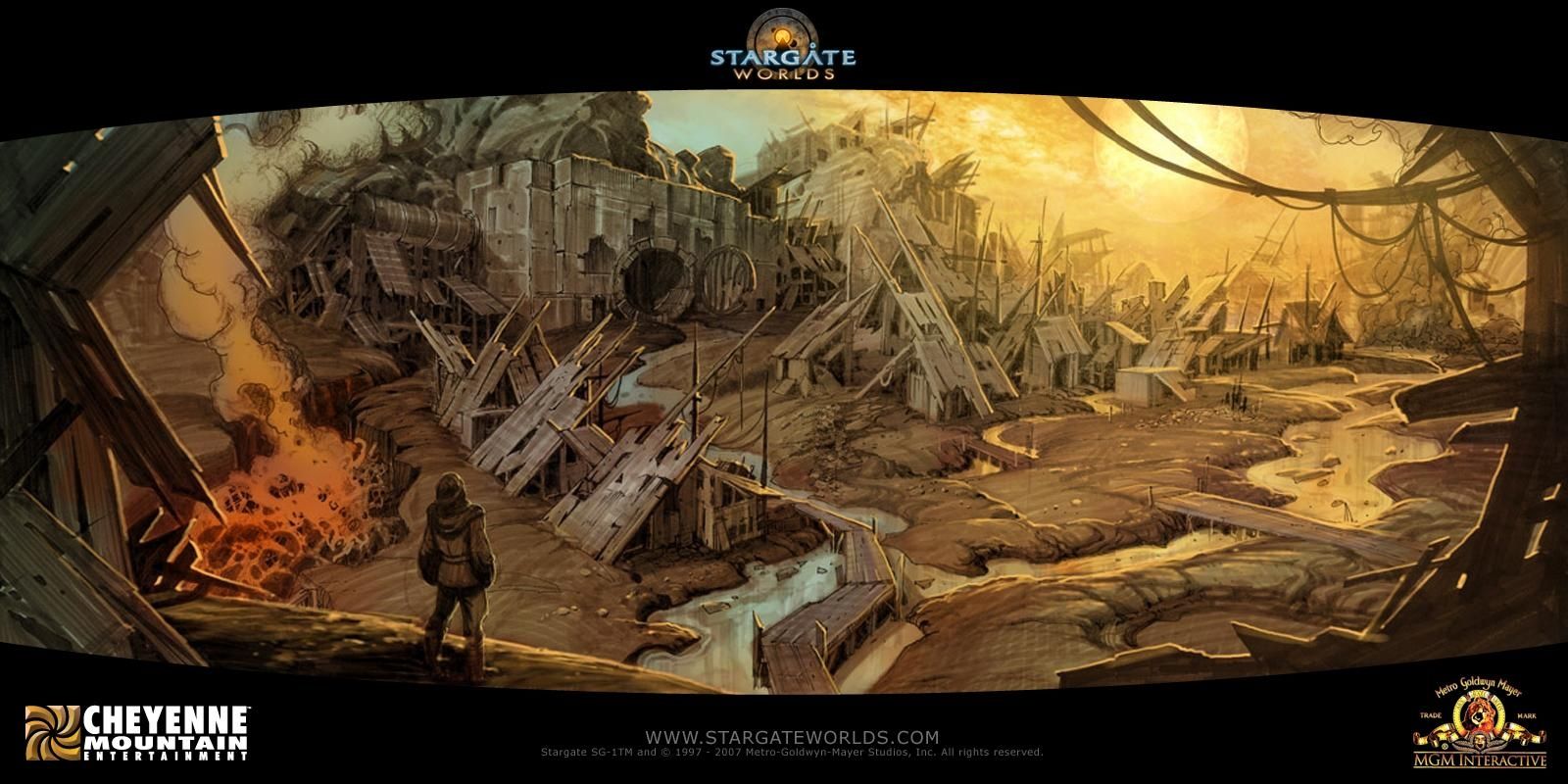
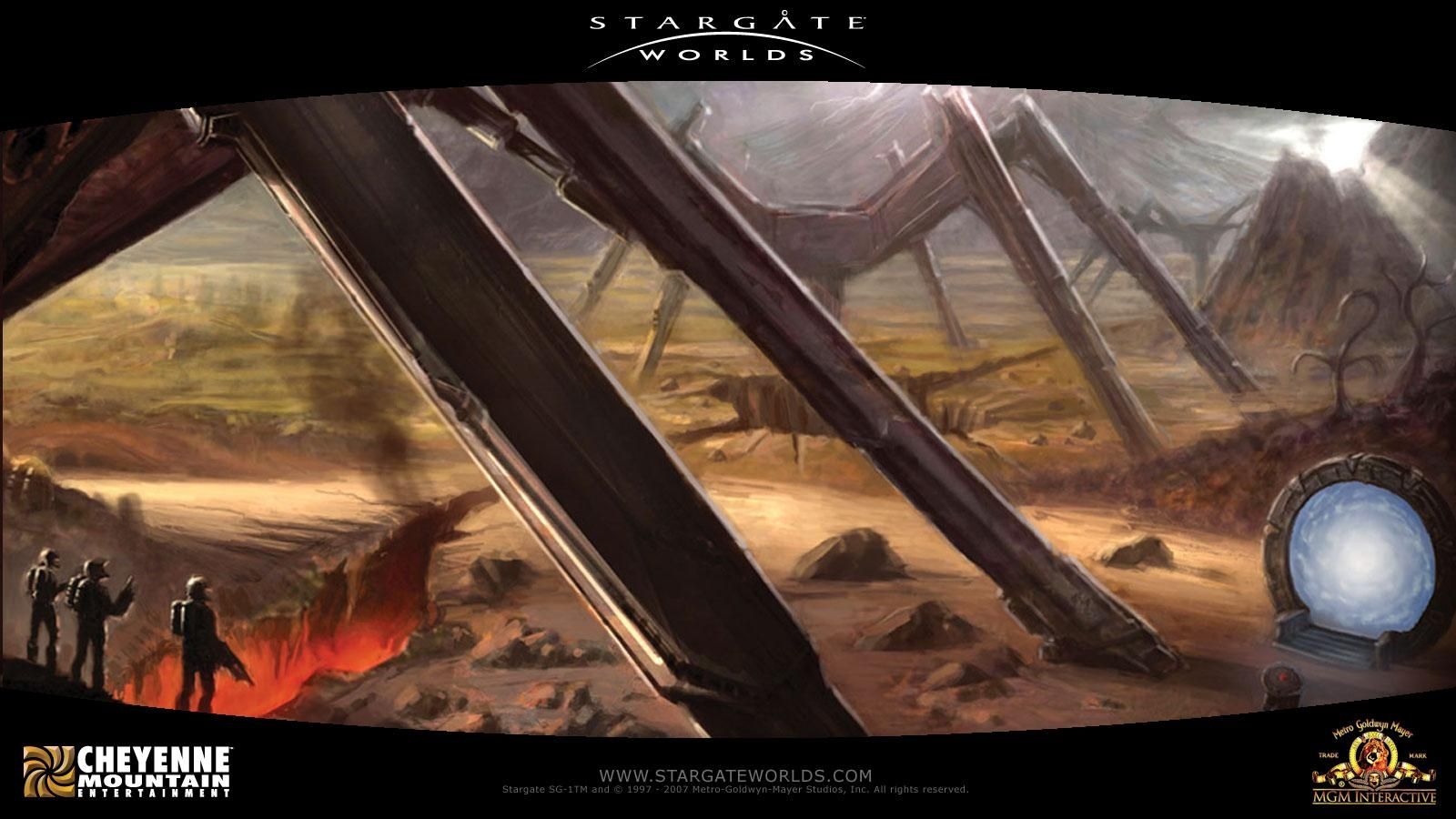
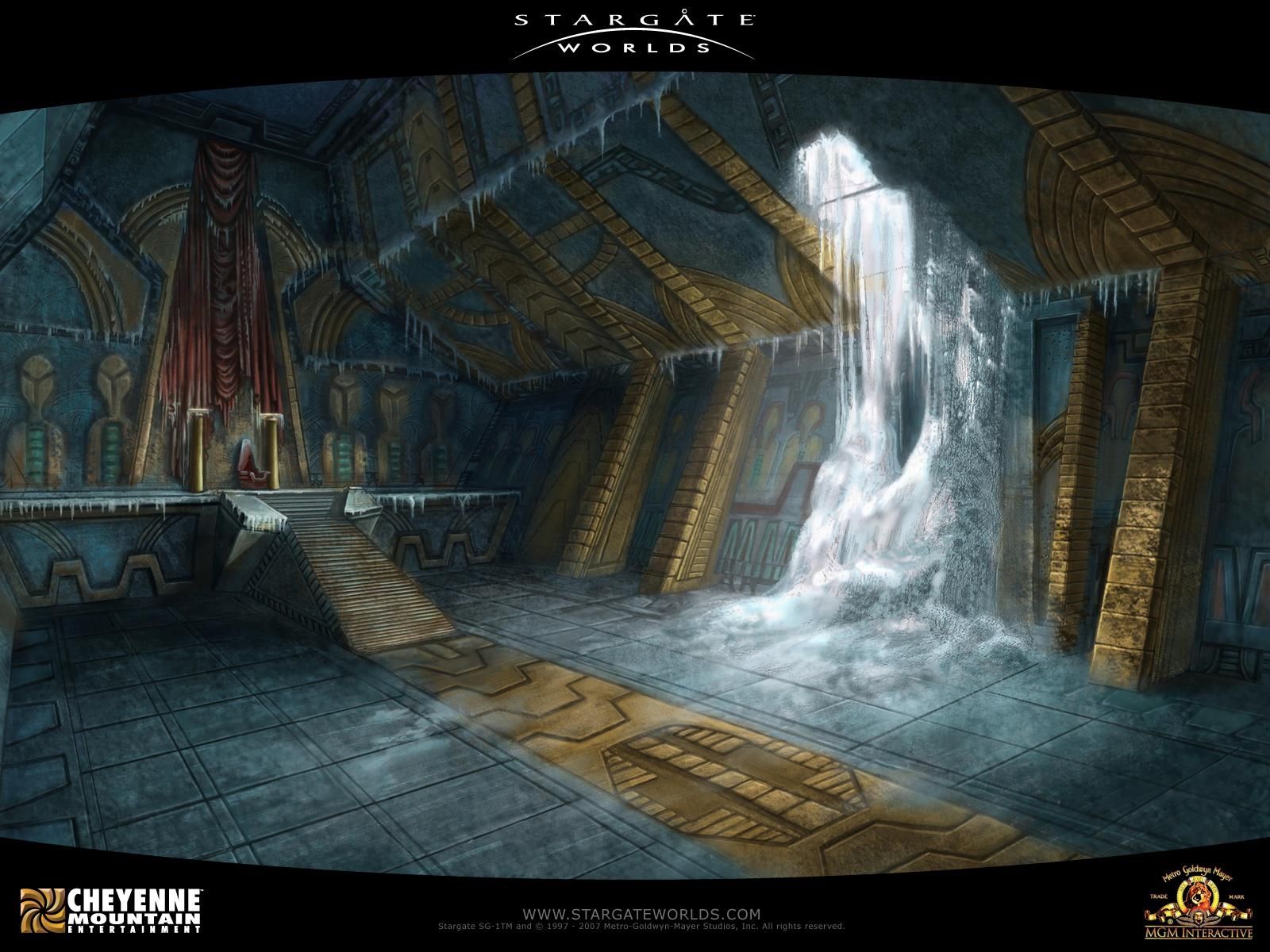
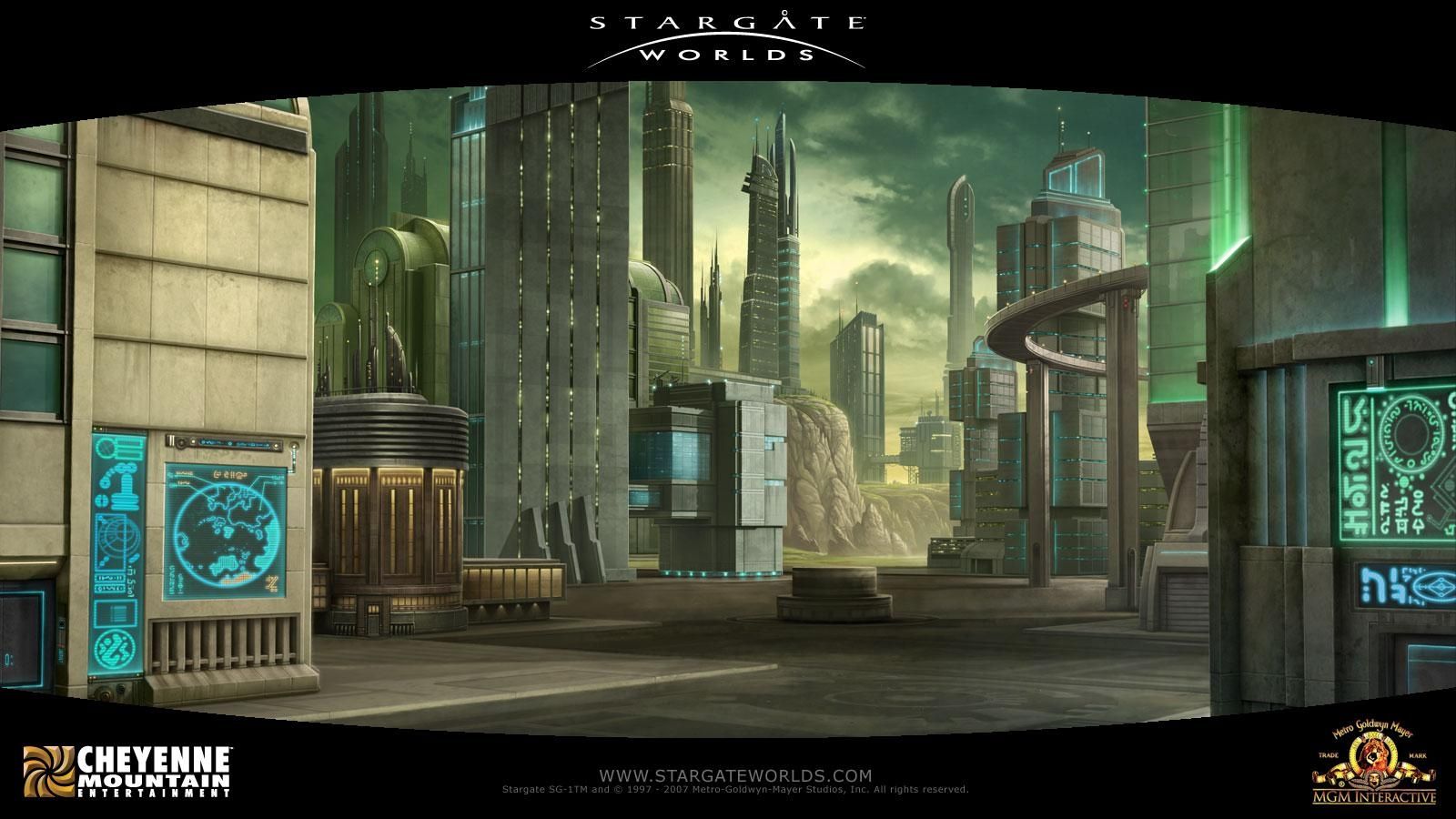
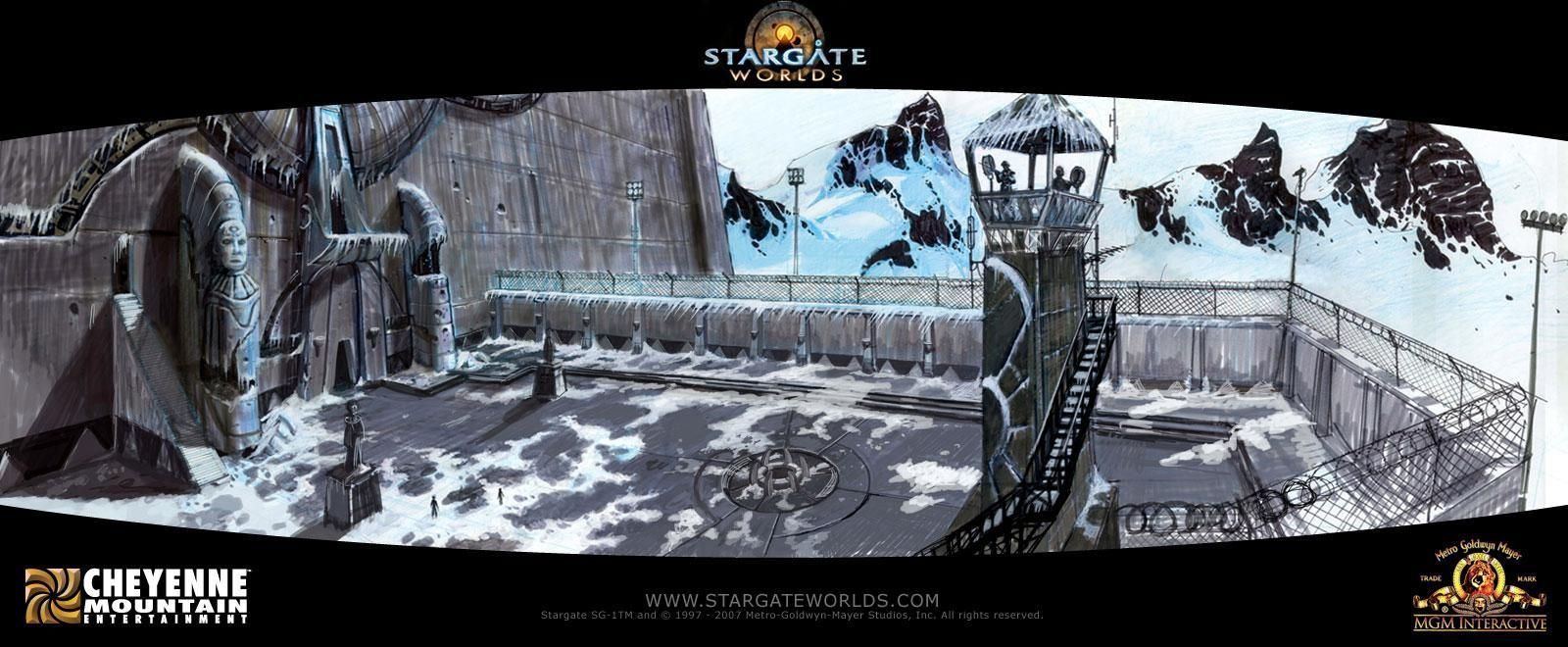
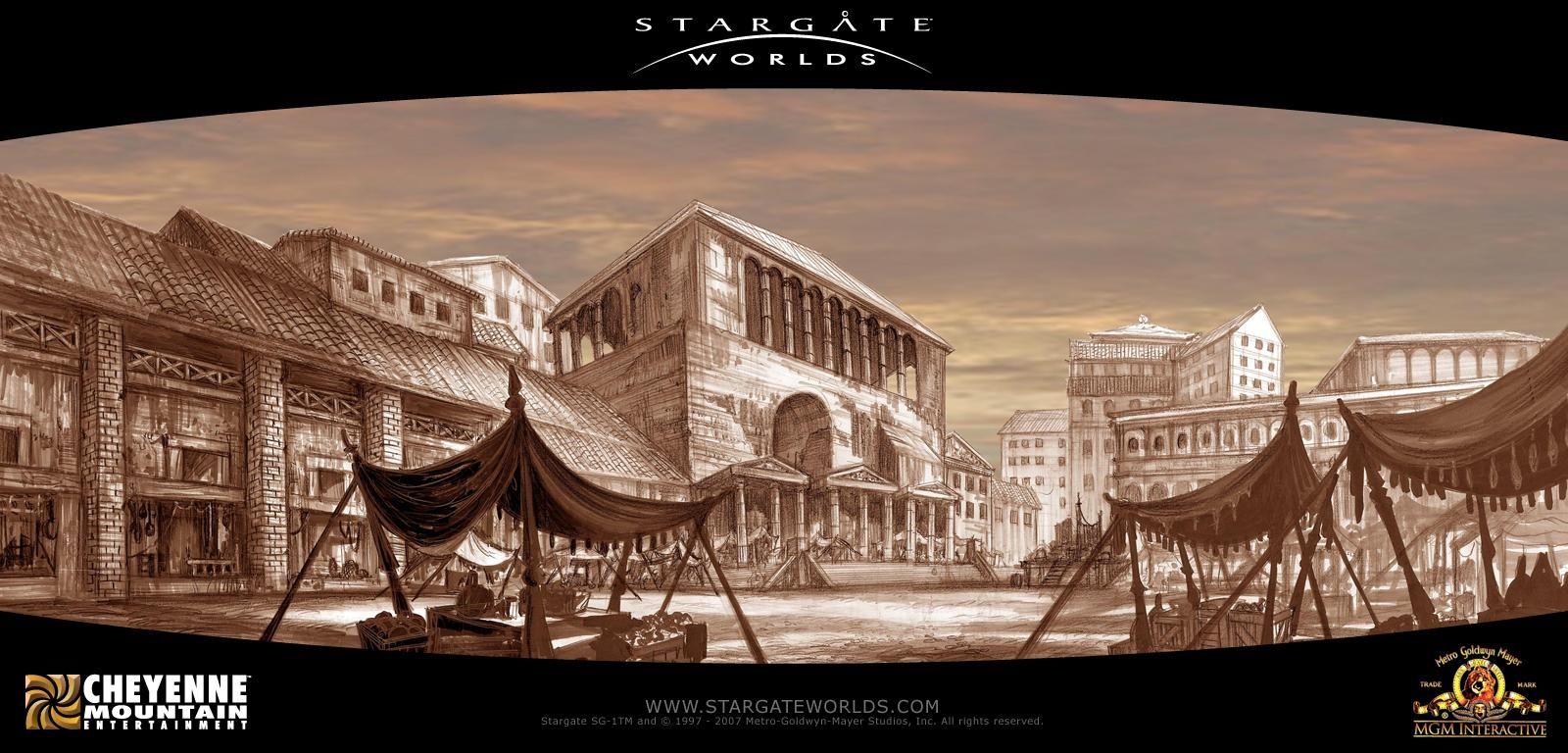
Why Stargate Worlds Was Canceled
“The thing that kept happening was that they’d be bringing people through [the development studio] and they’d be like ‘This is gonna be bigger than World of Warcraft!’” recalls Garvin. These visitors were usually potential private investors, ready to pump thousands into the exciting world of MMO game development. “We were like ‘Is it?’,” says Garvin. “Bigger than the greatest and most successful videogame ever?”
Rumors surfaced throughout 2008 that things were not well behind the scenes as the financial world – especially those institutions based in the United States – experienced a cataclysmic crash based primarily around the subprime mortgage lending. But development on Stargate Worlds continued and as late as July 2008, website Engadget published a series of excerpts from an interview with studio head Dan Elggren and creative director Chris Klug, among others. This would prove to be the final era of smooth development for the game, as Garvin reflects:
“We didn’t know it was gonna go bad. The crash happened, but nobody said it put us in jeopardy. We had really big goals, and I remember hearing a tale that they’d raised about 40 million dollars in investment.”
As a start-up – albeit one with sprawling ideas – CME was relying on investor money to fund the development of its projects. It had virtually no other way of generating cash.
The story takes an abrupt downward turn at Thanksgiving 2008. “I worked through [that] weekend, literally every day, 16-hour days, to try and make a deadline,” recalls Garvin. “We were crunching, trying hard to get into beta.” A small closed beta had taken place a few weeks earlier and now the team was dedicated to opening up Stargate Worlds to the masses. “Then, I came in on Monday, and was told that I was going to get half a paycheck for December.”
The effects of the crash had finally hit home, and for some of the more experienced members of the Stargate Worlds team, it was a clear sign that the game was in big trouble, resulting in a loss of much of CME’s development talent. But the promises from management meant that many such as Garvin stayed on to try and salvage the situation.
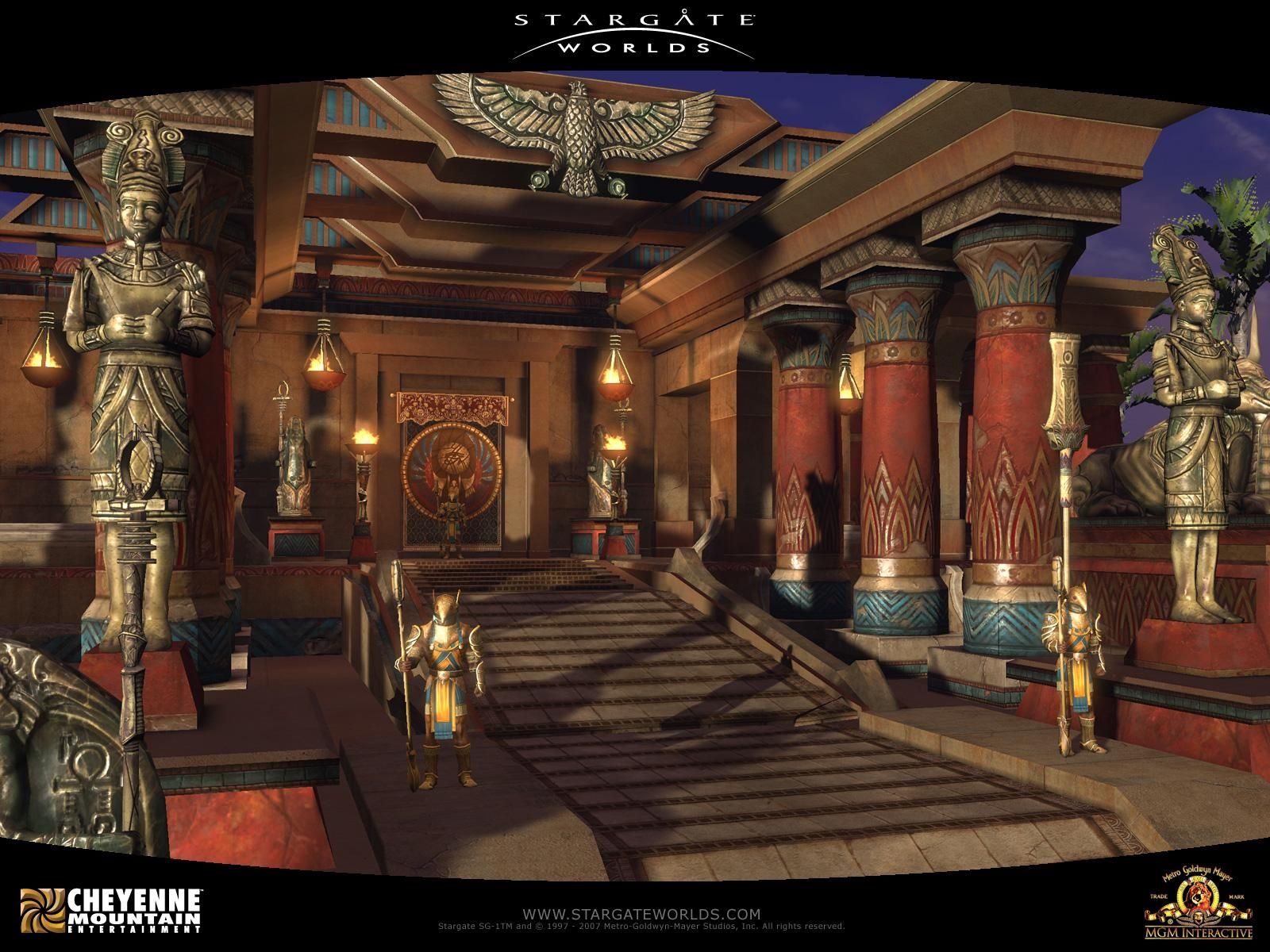
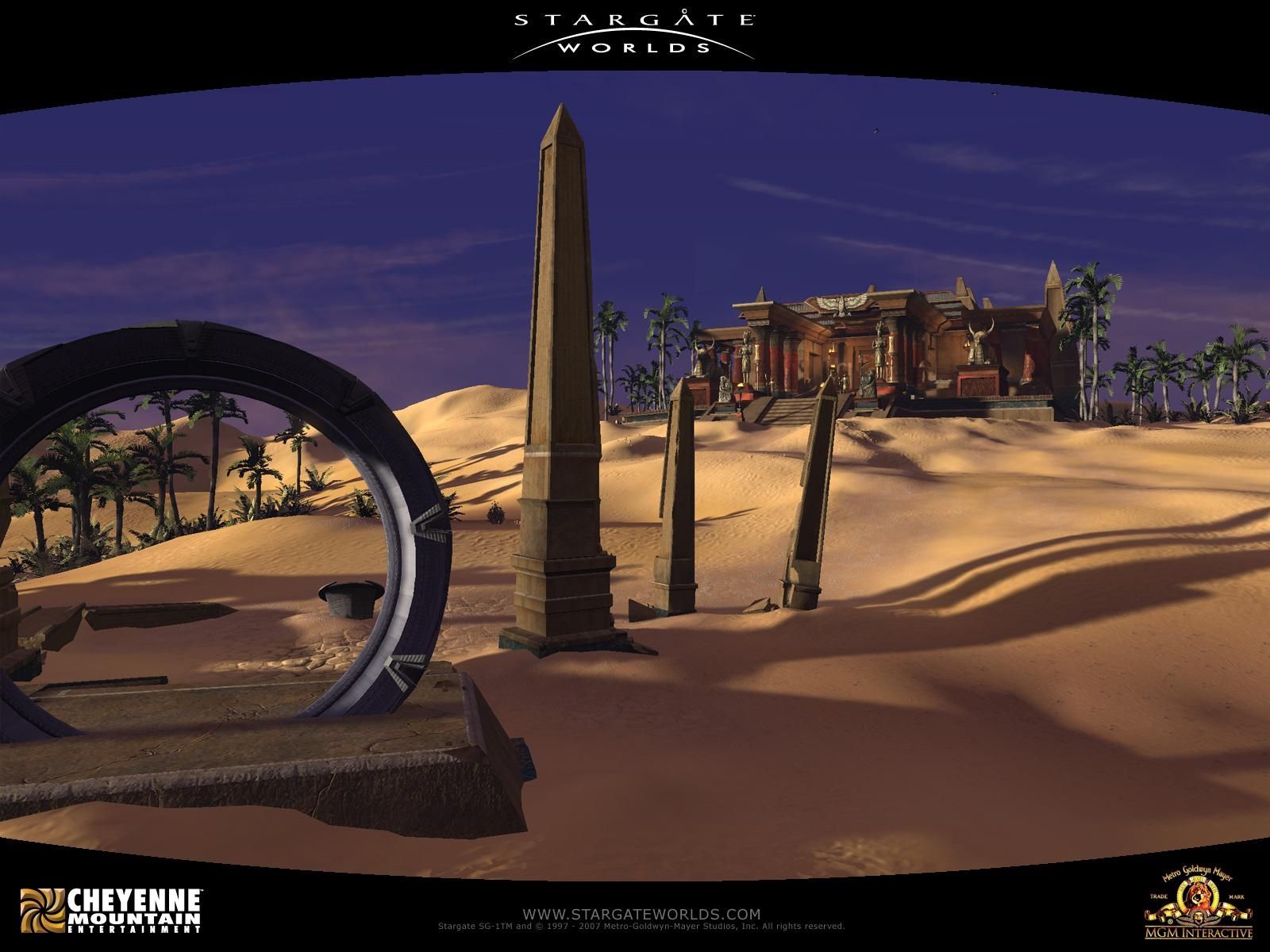
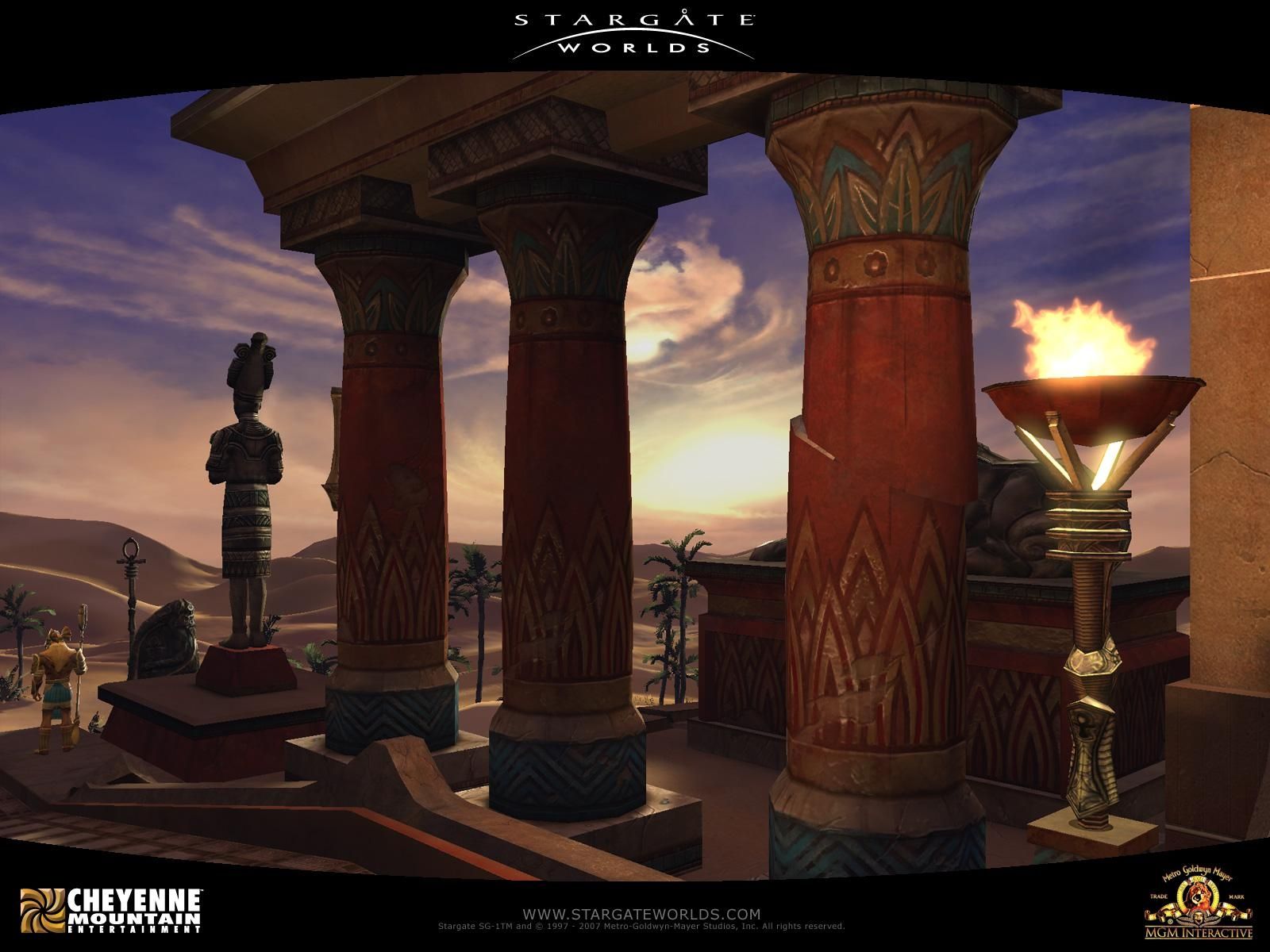
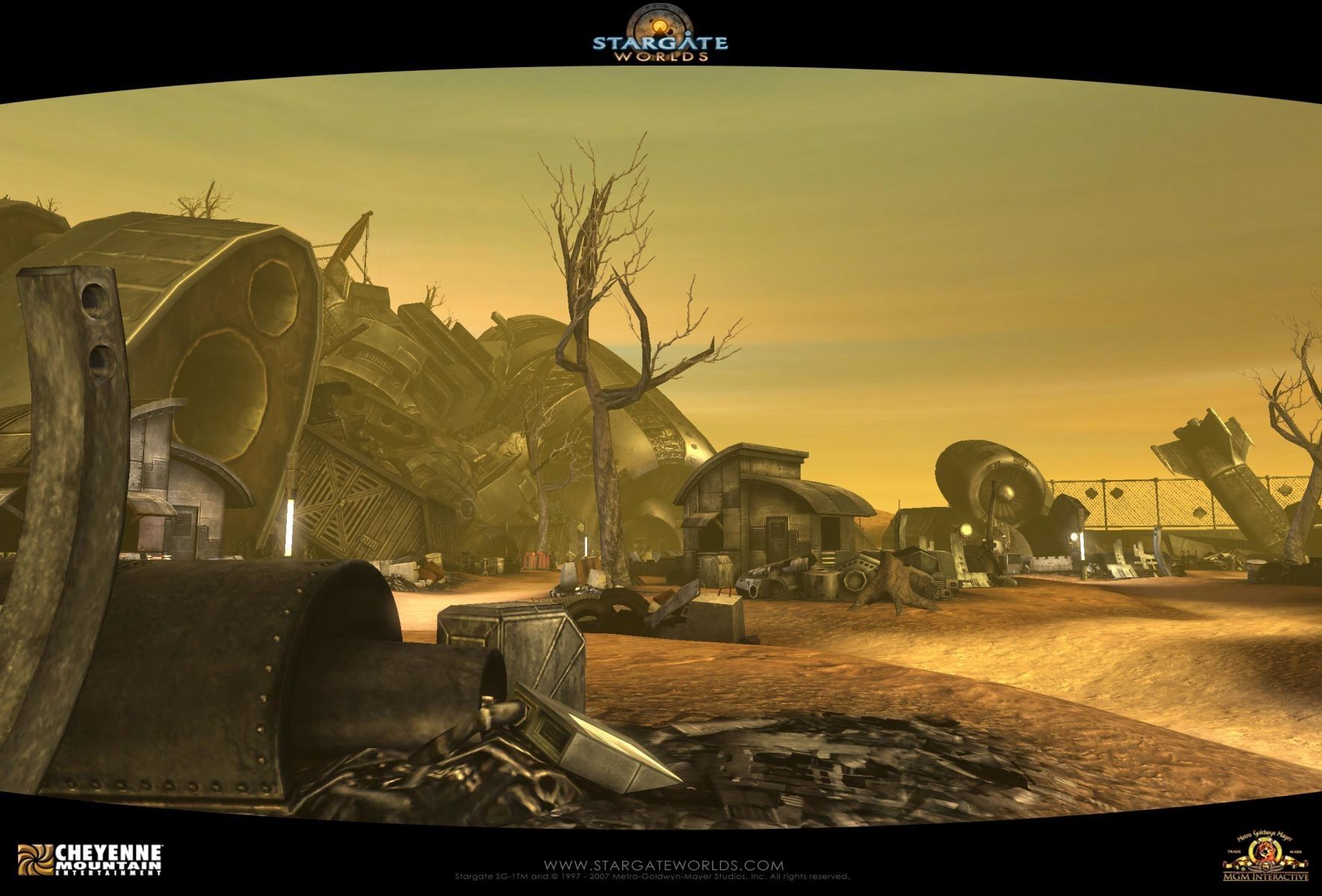
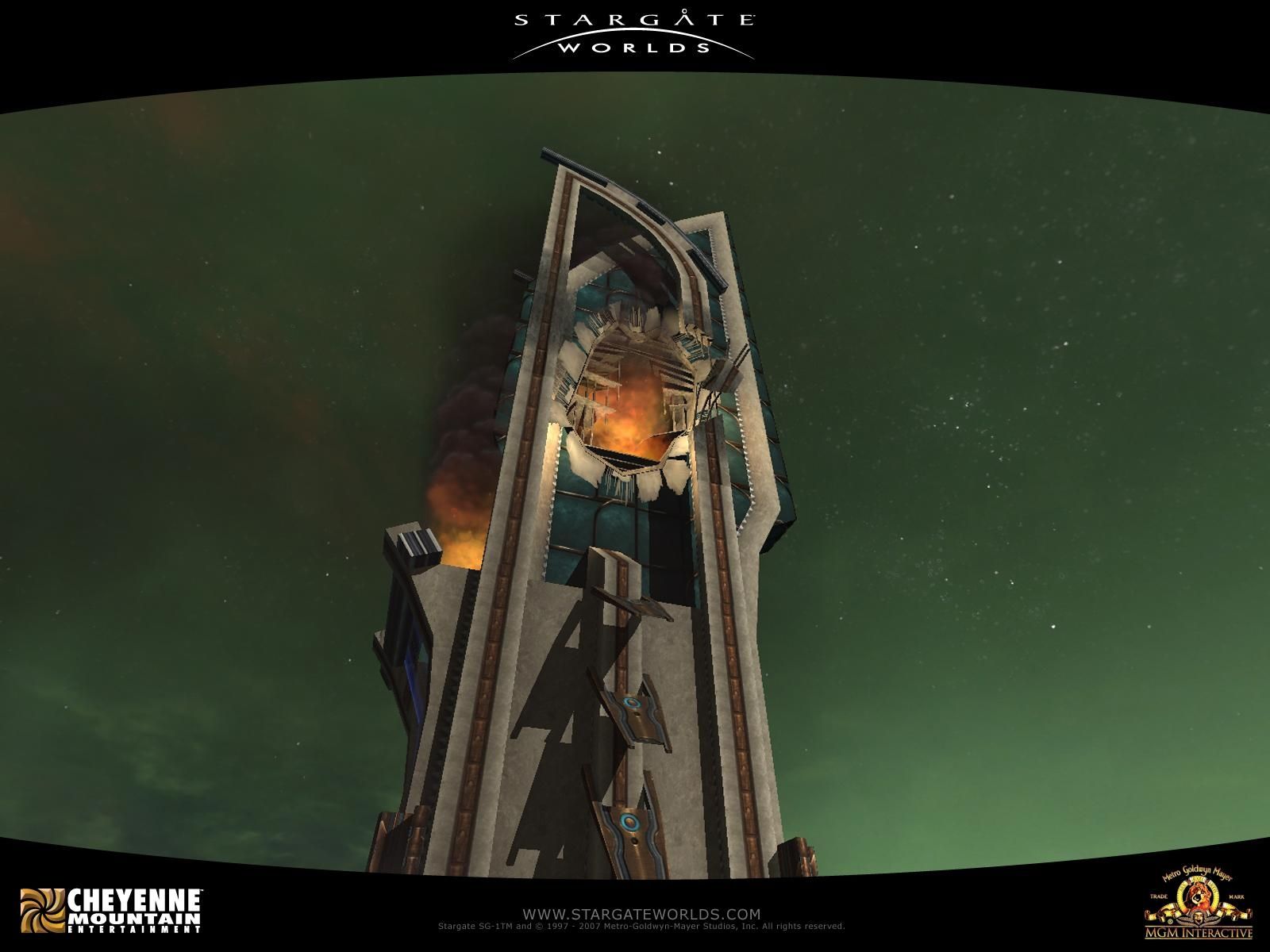
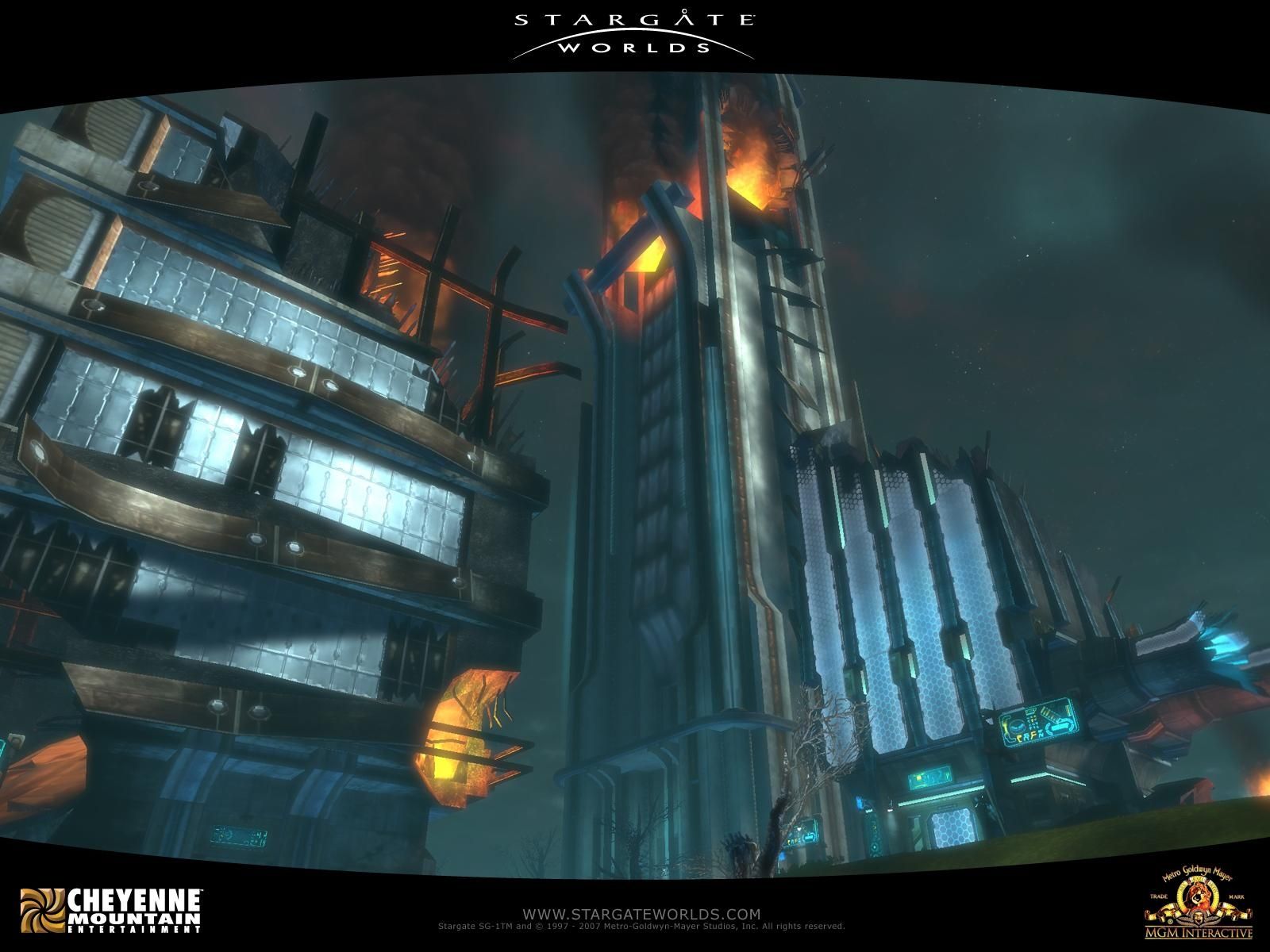
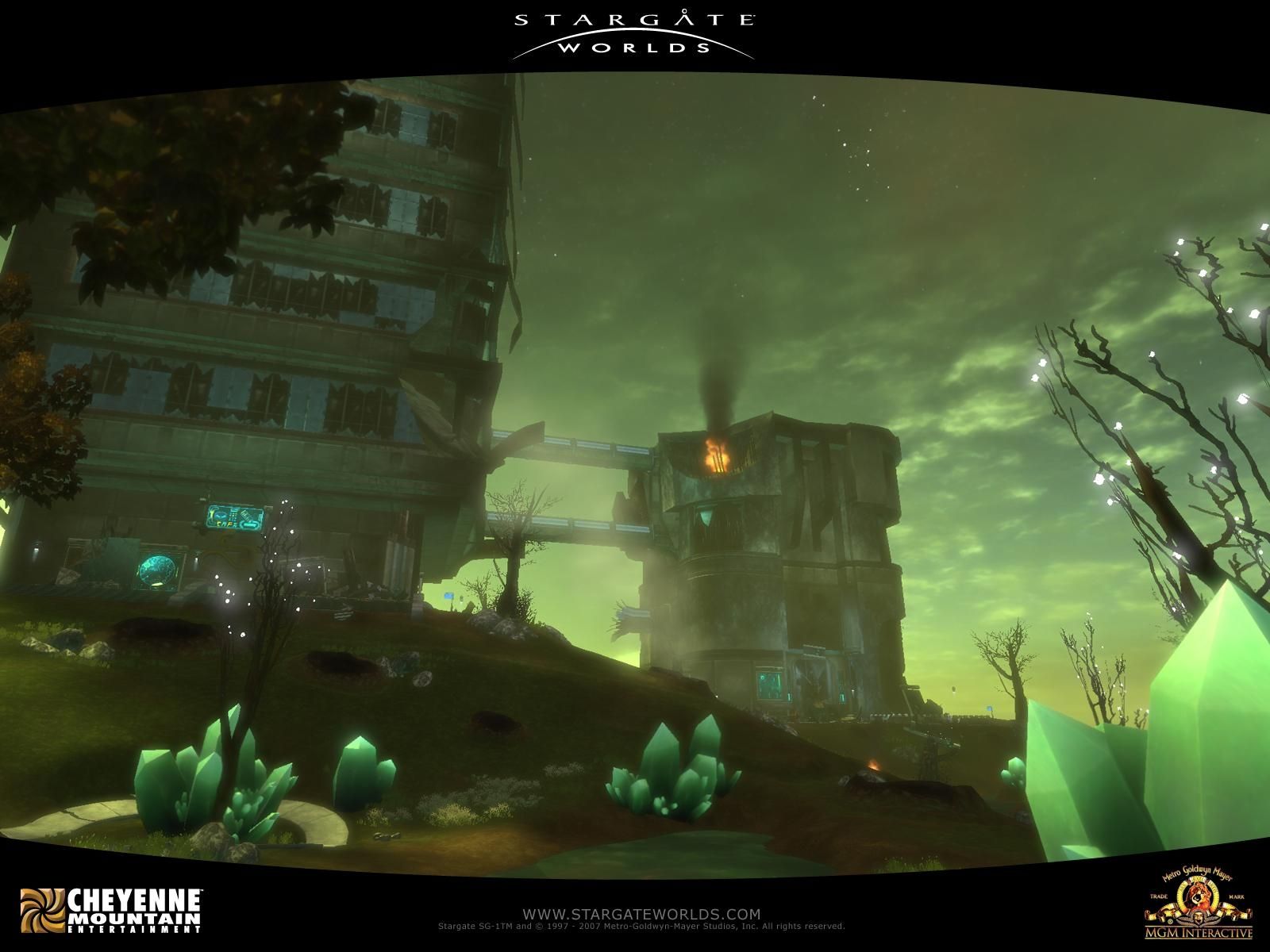
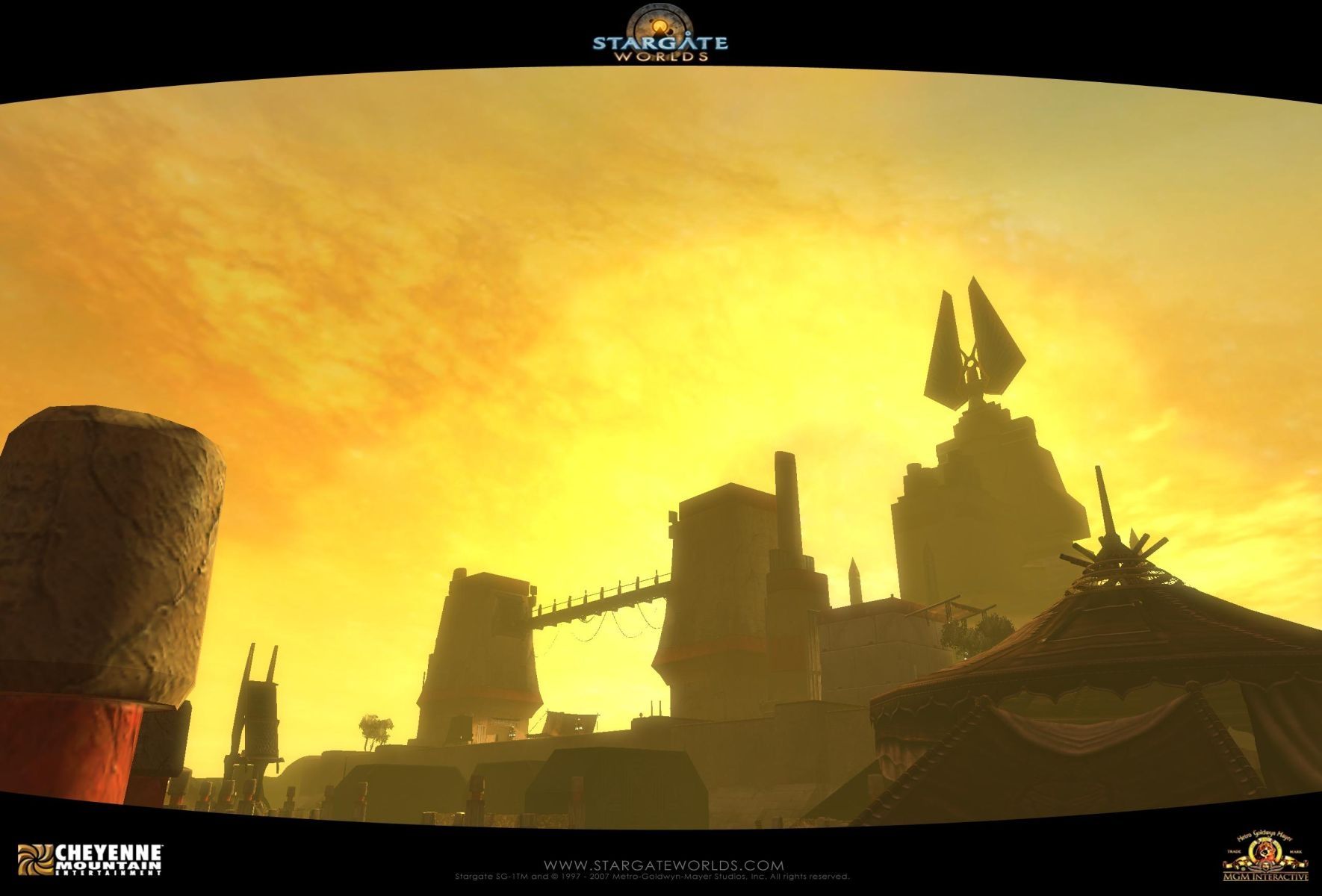
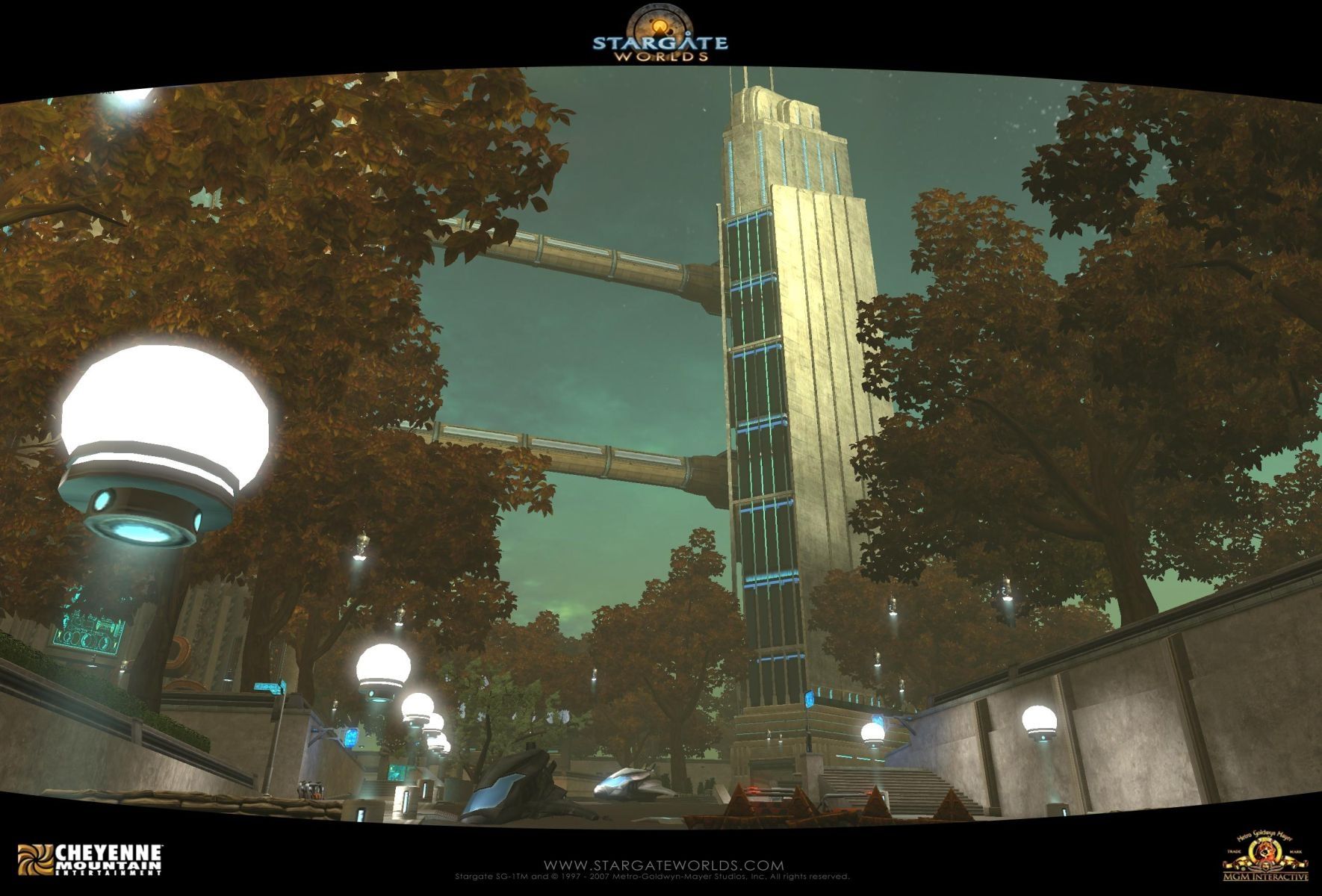
The End of Stargate Worlds
2009 brought familiar struggles, despite nominal extra funding for CME. In May, Dan Elggren left to join Gazillion Entertainment as the financial woes continued. Incredibly, CME was now working on another Stargate SG-1 online videogame which actually did see the light of day, third-person shooter Stargate Resistance. Then, for Steve Garvin, who had been promoted to lead content after the exodus of late 2008, the end came in June 2009. “We didn’t have a lot of warning. We just closed,” he says sadly. The recriminations, for or against CEO Gary Whiting, Stargate Resistance developer Dark Comet Games, and former employees such as Garvin who still claim to be owed pay today, commenced, culminating in the bankruptcy announcement of 2010 and reported debts of ten million dollars. A few months later, MGM withdrew CME’s license to produce Stargate SG-1 videogames, effectively terminating Stargate Worlds despite the game still (apparently) in development.
For the thousands of fans still waiting to sign up with their friends and join an evocative, expansive Stargate SG-1 world online, it was the final crushing blow. What’s disappointing is not just the potential of seeing Stargate SG-1 in MMORPG form: it’s how close they actually got.
“We had storylines you could compete and quests you could do – from the story side we had it tight,” says Garvin. “They were not honed crisp, but we had stuff that you could do, combat and a PvP environment. We were probably four to five months from beta when it went to shit.” According to Garvin, CME, a new company seeking funds from investors to fuel an expensive game used a fair portion of the money it had acquired to expand its property and land portfolio.
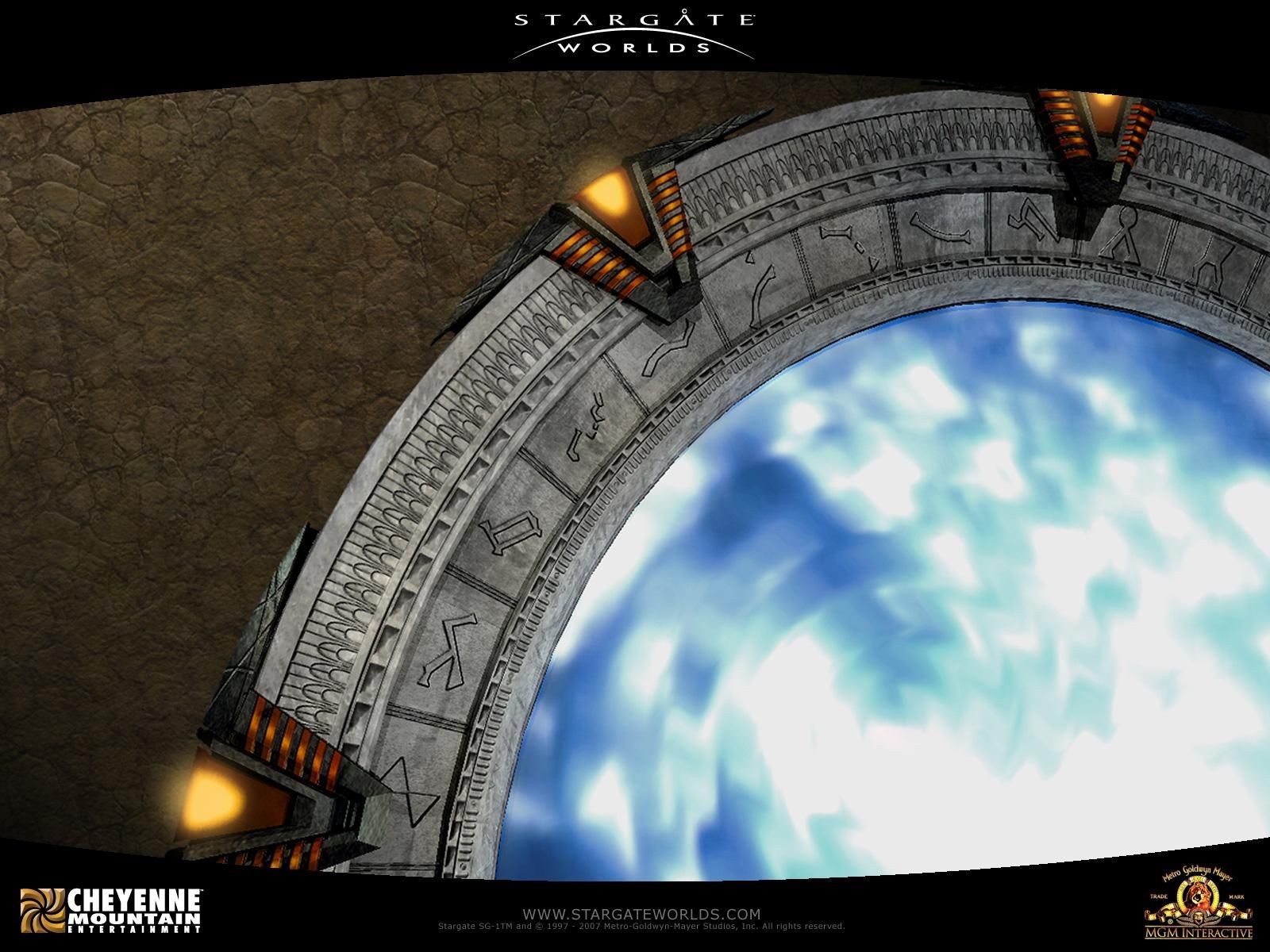
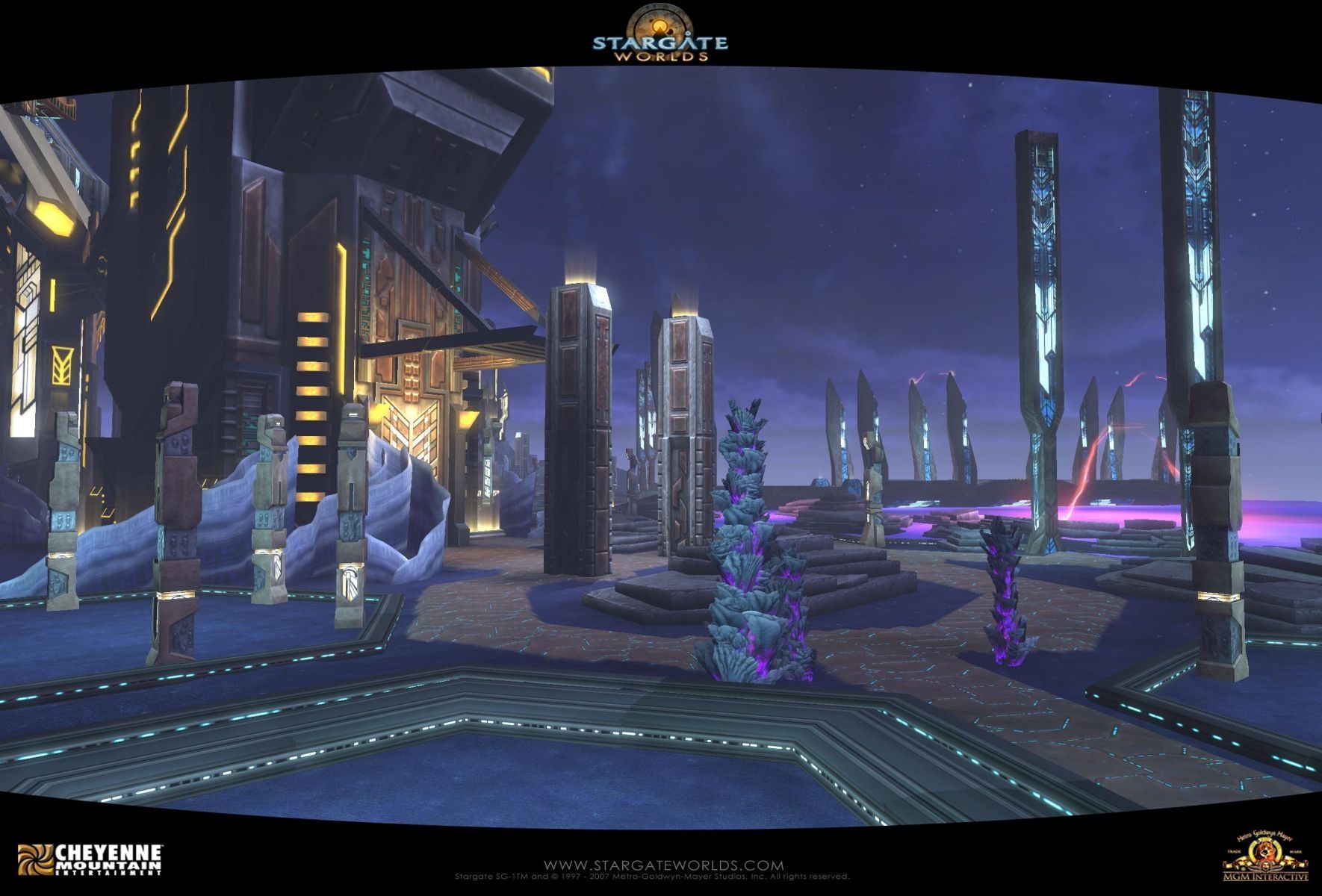
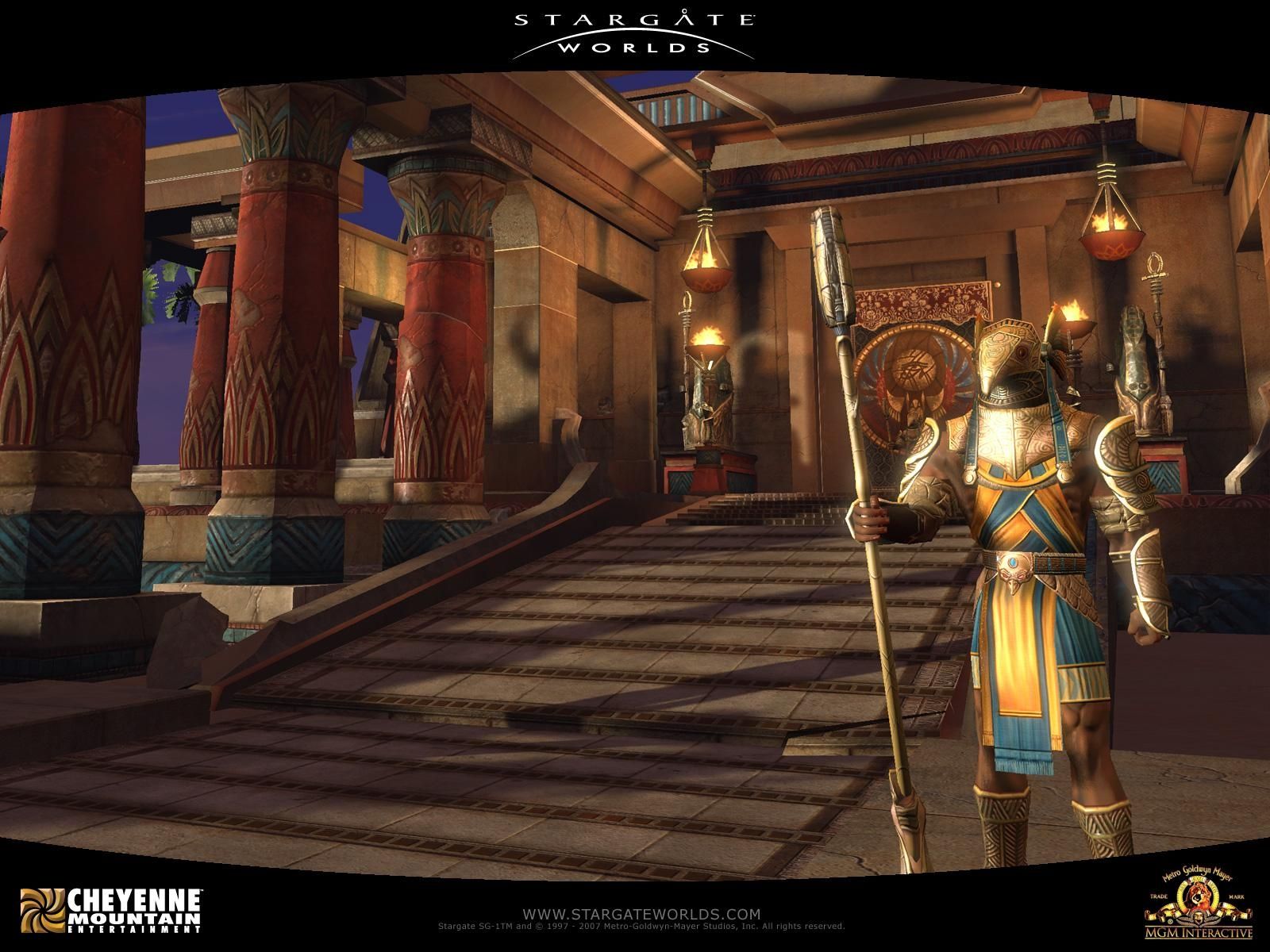
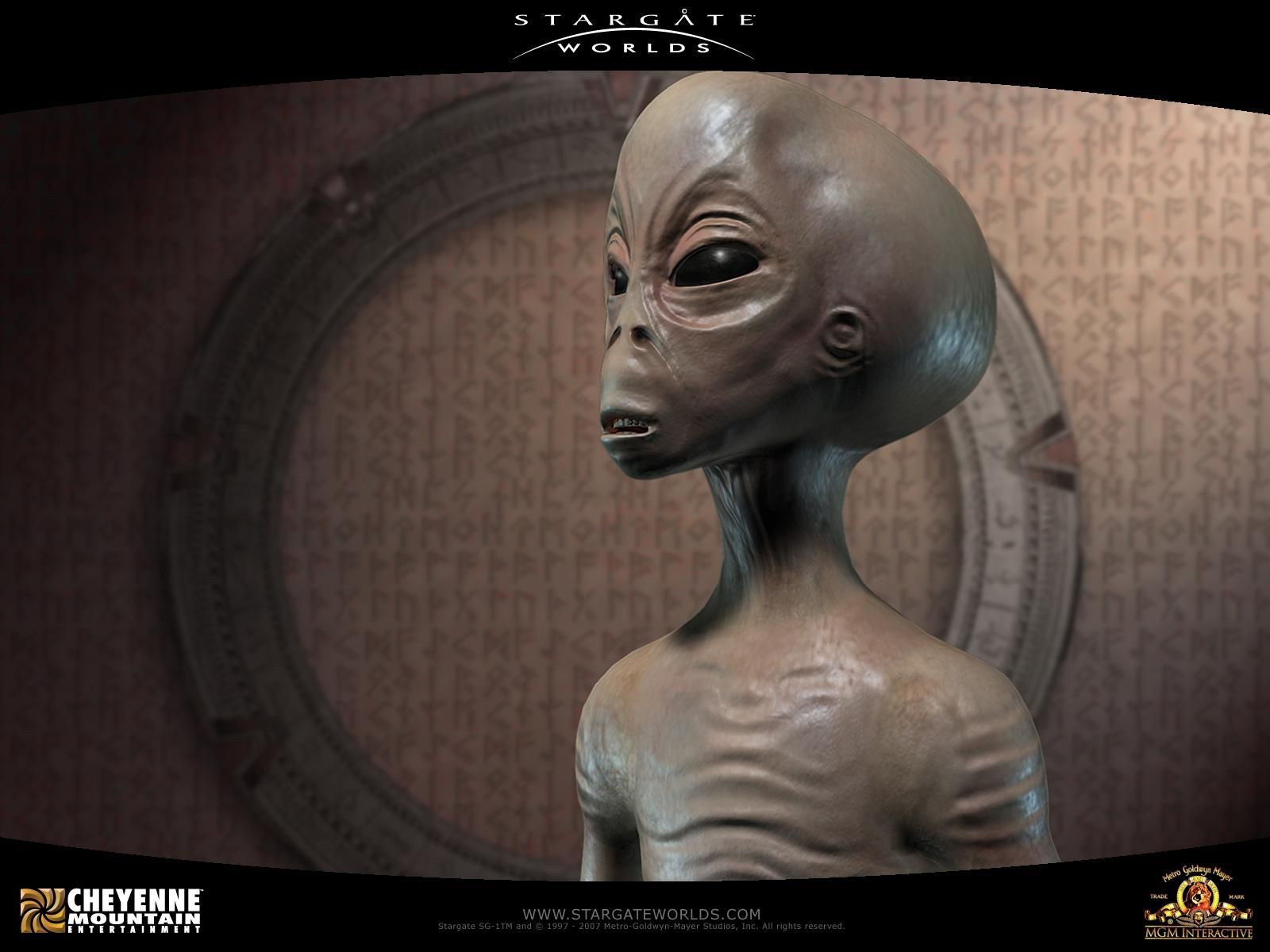
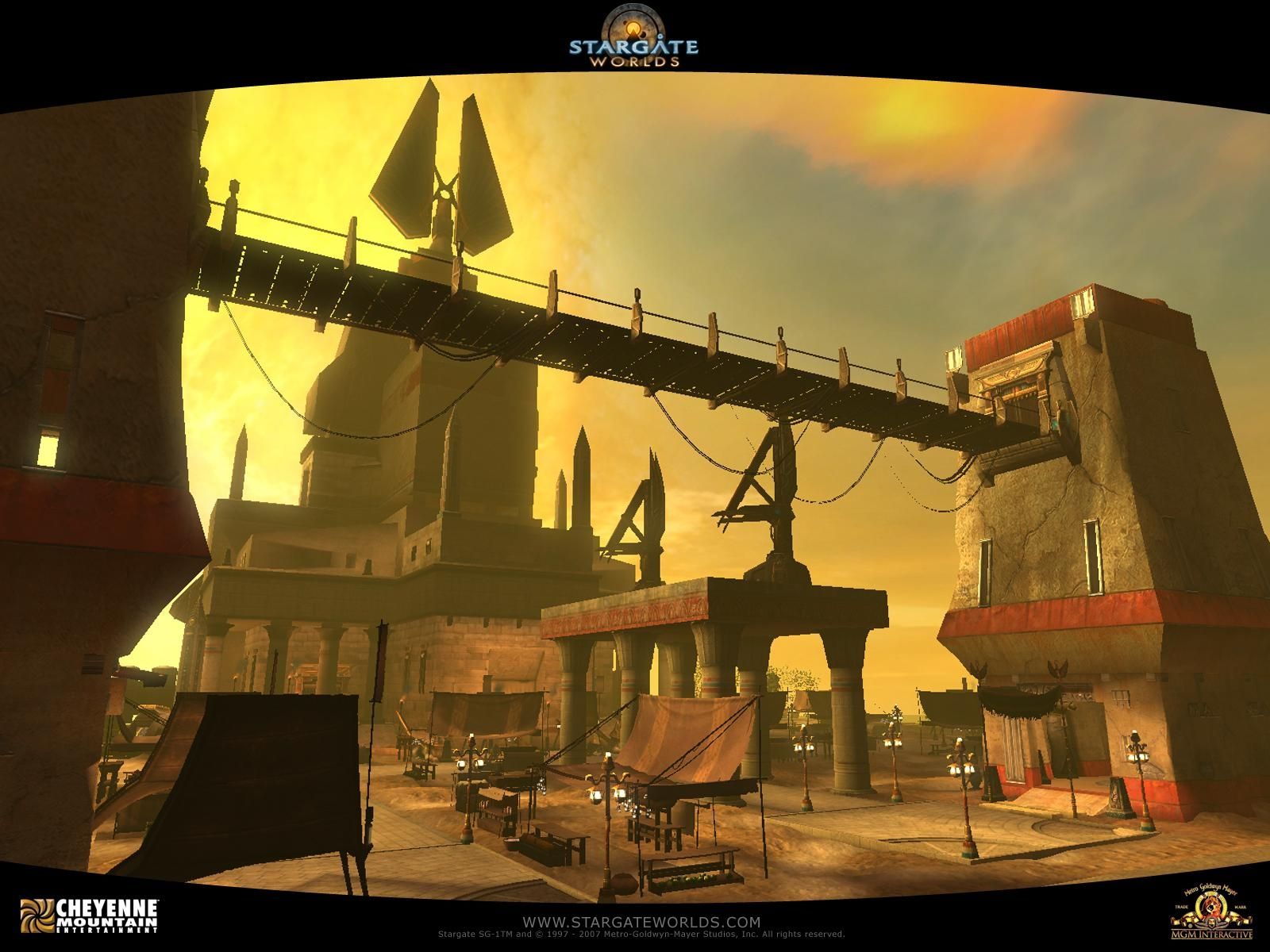
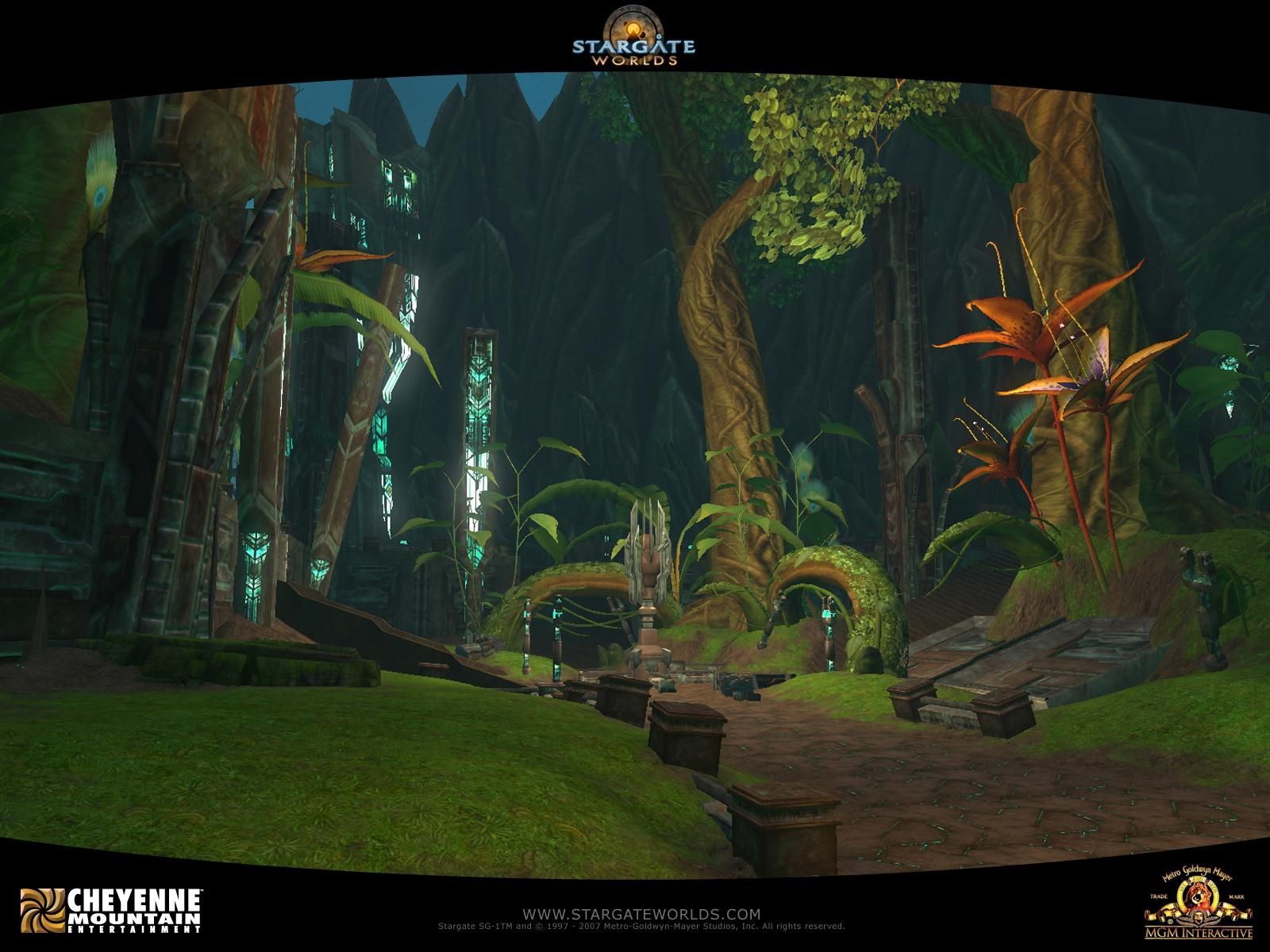
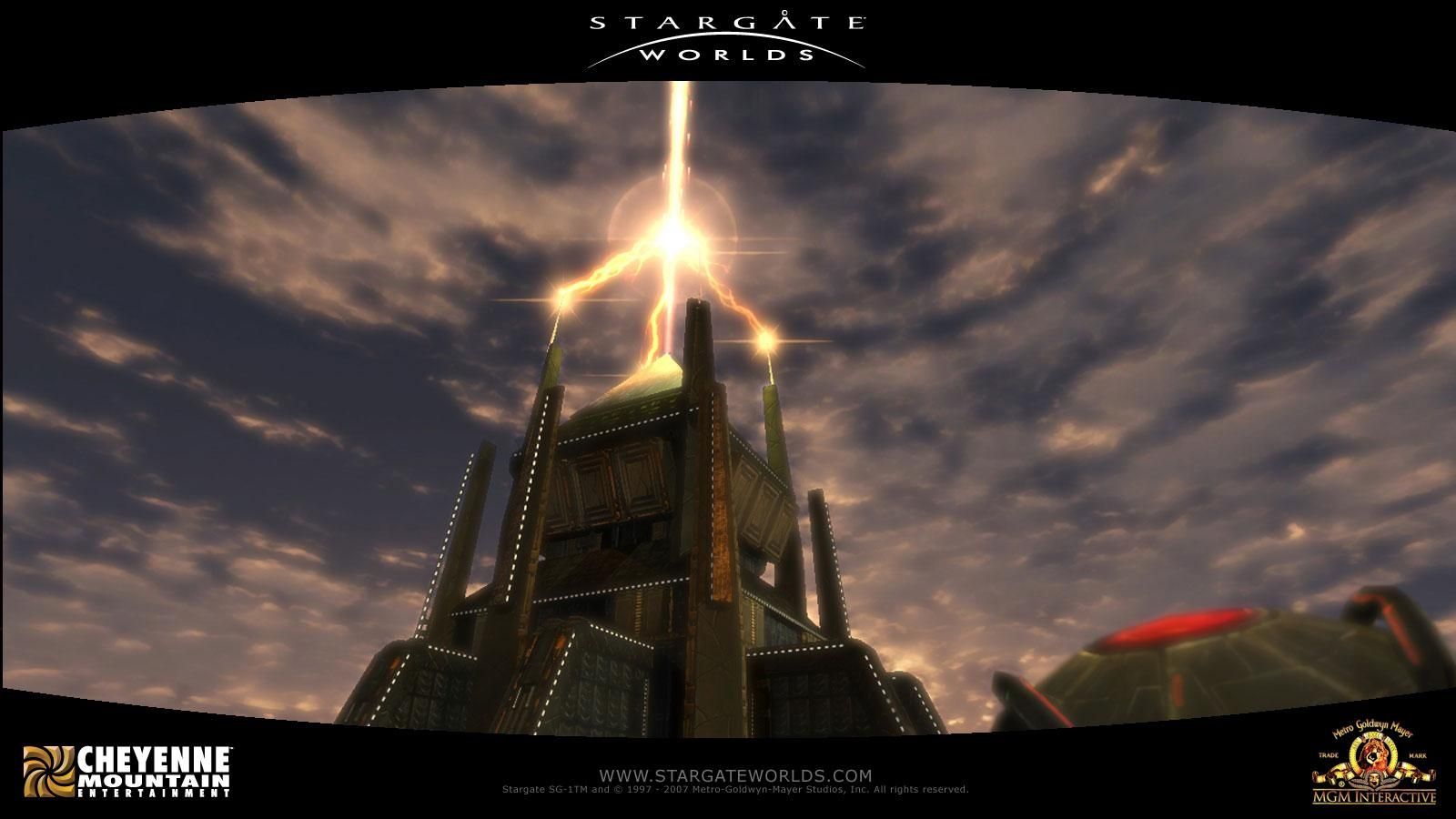
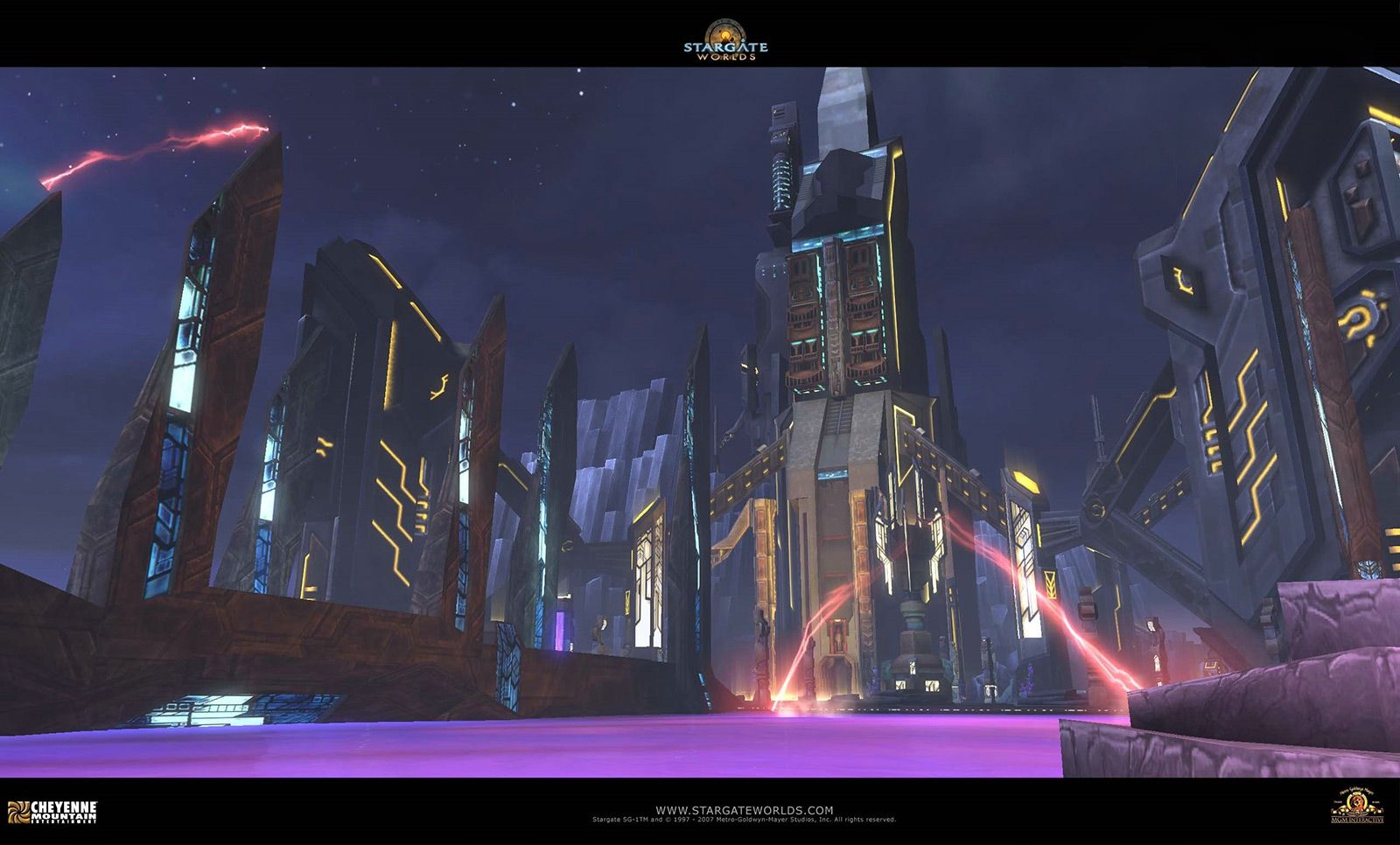
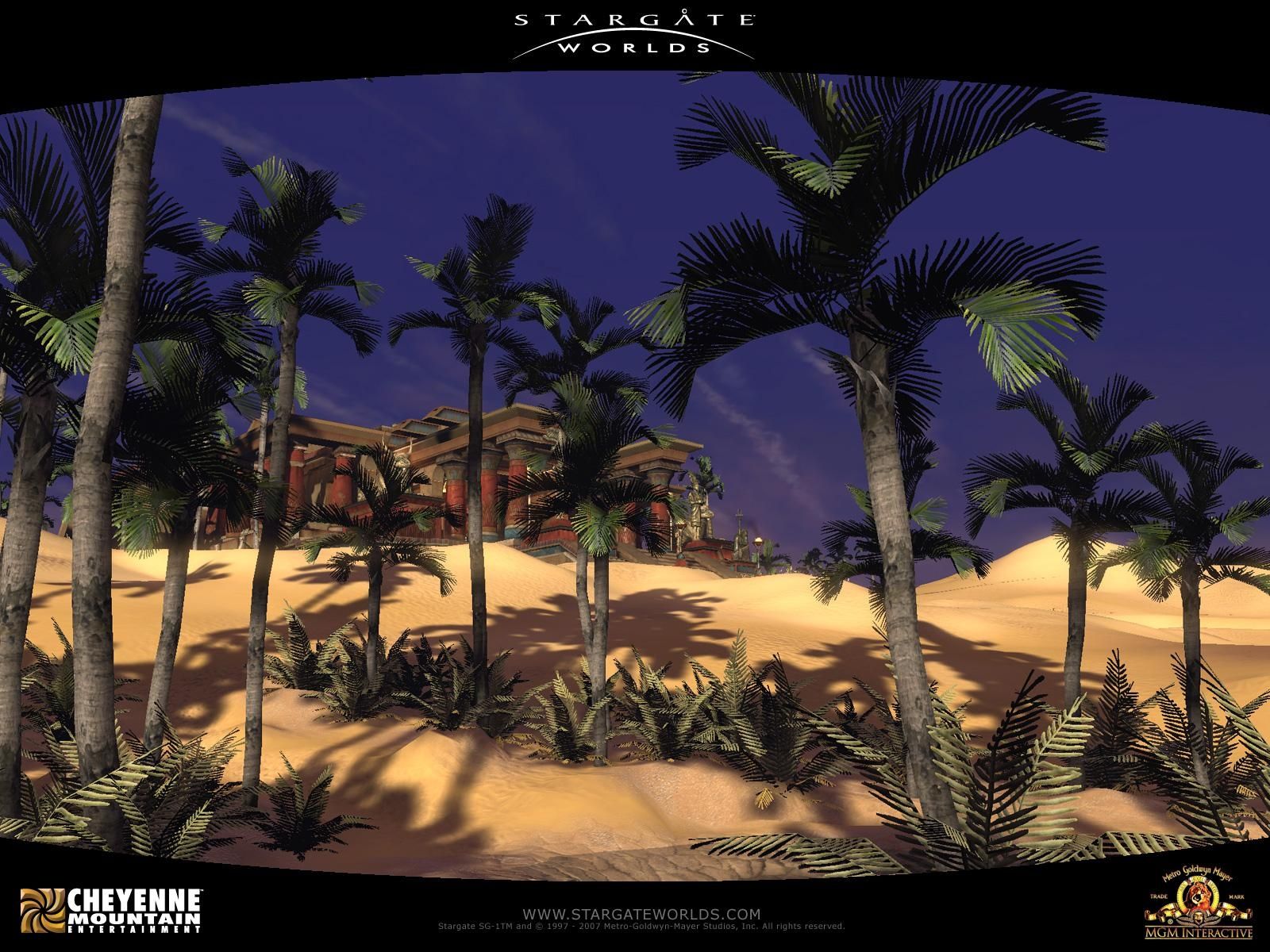
The Aftermath of Stargate Worlds
You could call it bad luck to suggest that none of the investors, or indeed those toiling away on Stargate Worlds would have been any the wiser had the tumultuous financial events of 2008 not occurred. Or you could call it something worse, which Garvin pointedly does during our interview, and unsurprisingly, the designer has a conflicted memory of the time.
“It was mostly a lovely experience. It was a friendly team, we were close and it was a great learning environment with empowering leadership. But it also sucked. We had the great pieces for a good game – never enough to look you in the eye and say it was great – but we were getting there.
“But what was most disappointing was not getting some of the world-building and Furling stuff out. It would have filled in a lot of gaps in SG-1 lore, and the showrunners agreed that what we had was pretty cool. The fans would have loved it – it was fan service.”
With Wright and Cooper apparently happy to have the game accepted as canon within the Stargate SG-1 universe, it’s hard to feel Stargate Worlds was anything other than a missed opportunity to not only excite existing fans but also bring new ones to the TV series. “That’s a big loss,” concludes Garvin. “But we all moved on and nobody died. Although I think a lot of poor innocent people did lose money.”
Stargate Resistance’s servers were shut down in 2011, while the lawsuits surrounding CME rumbled on into 2012 as the various parties picked over the rights and remains of the company. Even today, much of the situation remains shrouded in vagueness, and with there being very little in the way of Stargate SG-1 videogames before or since Stargate Worlds other than the forthcoming Stargate: Timekeepers, it appears destined to be forever the great one that got away.
This article was first published on July 25th, 2021, on the original Companion website. It was been updated with reference to Stargate: Timekeepers.
The cost of your membership has allowed us to mentor new writers and allowed us to reflect the diversity of voices within fandom. None of this is possible without you. Thank you. 🙂





